|
On this page you will find the gradings of cars tested by Euro NCAP on automated driving technologies. For its assessment of Highway Assist systems, Euro NCAP has developed dedicated test and assessment protocols, divided into two main areas: Assistance Competence, based on the balance between Driver Engagement and Vehicle Assistance, and Safety Backup. |
- Select a make
- Alfa Romeo
- Audi
- BMW
- BYD
- Cupra
- Ford
- Hyundai
- Jaguar
- Mercedes-Benz
- Nissan
- Opel/Vauxhall
- Peugeot
- Polestar
- Renault
- Tesla
- Toyota
- Volvo
- VW
- Model
2024 - Grading
About Assisted Driving GradingsAssistance Competence
- Good
- Adequate
- Marginal
- Weak
- Poor
- Good
- Adequate
- Marginal
- Weak
- Poor
Safety Backup
- Good
- Adequate
- Marginal
- Weak
- Poor
- Good
- Adequate
- Marginal
- Weak
- Poor
- Good
- Adequate
- Marginal
- Weak
- Poor
- Good
- Adequate
- Marginal
- Weak
- Poor
Assistance Competence
- Good
- Adequate
- Marginal
- Weak
- Poor
- Good
- Adequate
- Marginal
- Weak
- Poor
Safety Backup
- Good
- Adequate
- Marginal
- Weak
- Poor
- Good
- Adequate
- Marginal
- Weak
- Poor
- Good
- Adequate
- Marginal
- Weak
- Poor
- Good
- Adequate
- Marginal
- Weak
- Poor
Mercedes-Benz's appropriately named Active Distance Assist DISTRONIC' accurately portrays system functionality. The promotional material and the handbook correctly indicate the limitations of the system capabilities. System status information is clearly displayed in the driver's direct line, in the instrument cluster and via by a head-up display. The C-Class checks that the driver's hands are kept on the steering wheel, and acts appropriately if they are not, but a direct driver monitoring system is not used. The system balances driver steering input with lane guidance, promoting co-operative driving.
The C-Class combines map-based speed limit information with real time camera inputs to manage fixed, variable and temporary speed limit signs. The system adapts speed for upcoming road features such as curves and junctions. The C-Class responds to avoid a collision in almost all of the ACC test scenarios. The driver is supported through the S-Bend, staying within the lane at all test speeds. The vehicle has an Active Blindspot system designed to prevent lane changing into adjacent vehicles. A lane-change assist function is provided. In case of an unresponsive driver, the C-Class automatically moves to the slowest lane and performs a controlled stop. If the radar or camera is blocked the car provides a timely warning and prevents system activation.
The C-Class from Mercedes-Benz provides very good Vehicle Assistance with a similar level of Driver Engagement. Combined with excellent safety back-up, the system, overall, offers Very Good highway assistance.
Assistance Competence
- Good
- Adequate
- Marginal
- Weak
- Poor
- Good
- Adequate
- Marginal
- Weak
- Poor
Safety Backup
- Good
- Adequate
- Marginal
- Weak
- Poor
- Good
- Adequate
- Marginal
- Weak
- Poor
- Good
- Adequate
- Marginal
- Weak
- Poor
- Good
- Adequate
- Marginal
- Weak
- Poor
Volvo's appropriately named Pilot Assist' accurately portrays system functionality. The promotional material and the handbook correctly indicate the limitations of the system capabilities. System status information is clearly displayed but there is no head-up display in the EC40. The sensing of hands on the steering wheel was not robust, and the system lost points in this area. The system balances driver steering input with lane guidance, promoting co-operative driving.
The EC40 combines map-based speed limit information with real time camera inputs to manage fixed, variable and temporary speed limit signs but does not adapt speed for upcoming road features such as curves and junctions. The EC40 responds to avoid or mitigate a collision in many of the ACC test scenarios. The driver is supported through the S-Bend, but the car is kept fully in lane only at the lowest test speed. A lane-change assist function is not provided. In case of an unresponsive driver, the Volvo performs a controlled stop within lane. If the radar or camera is blocked the car provides a timely warning and prevents system activation.
The EC40 from Volvo provides good Vehicle Assistance with a similar level of Driver Engagement. Combined with a high level safety back-up, the system, overall, offers Good highway assistance.
Assistance Competence
- Good
- Adequate
- Marginal
- Weak
- Poor
- Good
- Adequate
- Marginal
- Weak
- Poor
Safety Backup
- Good
- Adequate
- Marginal
- Weak
- Poor
- Good
- Adequate
- Marginal
- Weak
- Poor
- Good
- Adequate
- Marginal
- Weak
- Poor
- Good
- Adequate
- Marginal
- Weak
- Poor
Volkswagen's appropriately named Travel Assist' accurately portrays system functionality. The promotional material and the handbook correctly indicate the limitations of the system capabilities, but a quick-start guide is not available. System status information is clearly displayed. The sensing of hands on the steering wheel was robust, and the system detects driver drowsiness. The system balances driver steering input with lane guidance, promoting co-operative driving.
The ID.7 combines map-based speed limit information with real time camera inputs to manage fixed, variable and temporary speed limit signs and adapts the speed for upcoming road features such as curves and junctions. The car responds to avoid or mitigate a collision in many of the ACC test scenarios. The driver is supported through the S-Bend, the car being kept fully in lane at the two lowest test speeds. A lane-change assist function is provided. In case of an unresponsive driver, the VW performs a controlled stop within lane. If the radar or camera is blocked the car provides a timely warning and prevents system activation.
The ID.7 from Vokswagen provides good Vehicle Assistance with a similar level of Driver Engagement. Combined with a high level of safety back-up, the system, overall, offers Good highway assistance.
Assistance Competence
- Good
- Adequate
- Marginal
- Weak
- Poor
- Good
- Adequate
- Marginal
- Weak
- Poor
Safety Backup
- Good
- Adequate
- Marginal
- Weak
- Poor
- Good
- Adequate
- Marginal
- Weak
- Poor
- Good
- Adequate
- Marginal
- Weak
- Poor
- Good
- Adequate
- Marginal
- Weak
- Poor
BYD's appropriately named Adaptive Cruise Control' accurately portrays system functionality. The promotional material and the handbook correctly indicate the limitations of the system capabilities. System status information is displayed but there is no head-up display. Sensing that the driver's hands remain on the steering wheel was not robust, and the car lost points in this area, and for driver monitoring more generally. However, the system balances driver steering input with lane guidance, promoting co-operative driving.
The ATTO 3 uses camera inputs to detect speed limit signs. However, the speed limiter reacted to some temporary and/or conditional speed limits as though they were primary limits, and did not meet Euro NCAP's requirements. There is no speed adaptation for upcoming road features such as curves and junctions. The ATTO 3 responds to avoid a collision in some of the ACC test scenarios. The driver is supported through the S-Bend, but the car is kept fully in lane only at the lowest test speed. A lane-change assist function is not provided. In case of an unresponsive driver, the ATTO 3 disengages the lane centering function but keeps the adaptive cruise control active. If the radar or camera is blocked the car provides a warning but does not disengage.
The BYD ATTO 3 provides modest levels of driver engagement and vehicle assistance. However, it is in the area of safety backup and, specifically, the lack of action which is taken in case of an unresponsive driver, that the car performs poorly. Overall, the system is Not Recommended for highway assistance.
2023 - Grading
About Assisted Driving GradingsAssistance Competence
- Good
- Adequate
- Marginal
- Weak
- Poor
- Good
- Adequate
- Marginal
- Weak
- Poor
Safety Backup
- Good
- Adequate
- Marginal
- Weak
- Poor
- Good
- Adequate
- Marginal
- Weak
- Poor
- Good
- Adequate
- Marginal
- Weak
- Poor
- Good
- Adequate
- Marginal
- Weak
- Poor
Mercedes-Benz's appropriately named 'Active Distance Assist DISTRONIC' accurately portrays system functionality. The promotional material and the handbook correctly indicate the limitations of the system capabilities. System status information is clearly displayed in the driver's direct line of sight by a head-up display. The Mercedes-Benz has an internal camera to check for 'microsleep' and combines this information with steering wheel input to monitor driver status. The system balances driver steering input with lane guidance, promoting co-operative driving.
The E-Class combines map-based speed limit information with real time camera inputs to manage fixed, variable and temporary speed limit signs. The system adapts speed for upcoming road features such as curves and junctions. The E-Class responds to avoid a collision in most of the ACC test scenarios. The driver is supported through the S-Bend, staying within the lane at all test speeds. The vehicle has an Active Blindspot system designed to prevent lane changing into adjacent vehicles. A lane-change assist function is provided. In case of an unresponsive driver, the E-Class automatically moves to the slowest lane and performs a controlled stop. If the radar or camera is blocked the E-Class provides a timely warning and prevents system activation.
The E-Class from Mercedes-Benz provides very good Vehicle Assistance with a similar level of Driver Engagement. Combined with excellent safety back-up, the system, overall, offers Very Good highway assistance.
Assistance Competence
- Good
- Adequate
- Marginal
- Weak
- Poor
- Good
- Adequate
- Marginal
- Weak
- Poor
Safety Backup
- Good
- Adequate
- Marginal
- Weak
- Poor
- Good
- Adequate
- Marginal
- Weak
- Poor
- Good
- Adequate
- Marginal
- Weak
- Poor
- Good
- Adequate
- Marginal
- Weak
- Poor
Mercedes-Benz's appropriately named 'Active Distance Assist DISTRONIC' accurately portrays system functionality. The promotional material and the handbook correctly indicate the limitations of the system capabilities. System status information is clearly displayed in the driver's direct line of sight by a head-up display. The Mercedes-Benz has an internal camera to check for 'microsleep' and combines this information with steering wheel input to monitor driver status. The system balances driver steering input with lane guidance, promoting co-operative driving.
The EQE SUV combines map-based speed limit information with real time camera inputs to manage fixed, variable and temporary speed limit signs. The system adapts speed for upcoming road features such as curves and junctions. The EQE SUV responds to avoid a collision in most of the ACC test scenarios. The driver is supported through the S-Bend, staying within the lane at all test speeds. The vehicle has an Active Blindspot system designed to prevent lane changing into adjacent vehicles. A lane-change assist function is provided. In case of an unresponsive driver, the EQE SUV automatically moves to the slowest lane and performs a controlled stop. If the radar or camera is blocked the EQE SUV provides a timely warning and prevents system activation.
The EQE SUV from Mercedes-EQ provides very good Vehicle Assistance with a similar level of Driver Engagement. Combined with excellent safety back-up, the system, overall, offers Very Good highway assistance.
Assistance Competence
- Good
- Adequate
- Marginal
- Weak
- Poor
- Good
- Adequate
- Marginal
- Weak
- Poor
Safety Backup
- Good
- Adequate
- Marginal
- Weak
- Poor
- Good
- Adequate
- Marginal
- Weak
- Poor
- Good
- Adequate
- Marginal
- Weak
- Poor
- Good
- Adequate
- Marginal
- Weak
- Poor
Nissan's appropriately-named ProPilot Assist indicates the system's functionality, and the promotional material and the handbook correctly indicate the limitations of the system capabilities. Status information is clear, and the Ariya offers a head-up display showing the system status in the driver's direct line of sight. Nissan did not equip the Ariya with an internal camera and the system relies only on steering wheel input for Driver Monitoring. The system balances driver steering input with lane guidance, promoting co-operative driving.
Nissan combines map-based speed limit information with real time camera inputs to manage fixed, variable and temporary speed limit signs. The system can adapt speed for upcoming road features such as curves and roundabouts, but not for approaching junctions. The Ariya avoids a collision with moving vehicles in the ACC test scenarios and responds also to stationary cars, with AEB interventions providing additional support in critical situations. The driver is supported through the S-Bend, but the system keeps the car fully within the lane only at the lowest test speed. The vehicle has an Active Blindspot system designed to prevent lane changing into adjacent vehicles. A lane-change assist function is not available. In case of an unresponsive driver, the Nissan performs a controlled stop in lane. If the radar or camera are blocked the Ariya provides a timely warning and prevents system activation.
The Nissan Ariya provides a good, balanced level of driver engagement and driving assistance. Combined with excellent safety back-up, the system offers a Very Good level of highway assistance overall.
Assistance Competence
- Good
- Adequate
- Marginal
- Weak
- Poor
- Good
- Adequate
- Marginal
- Weak
- Poor
Safety Backup
- Good
- Adequate
- Marginal
- Weak
- Poor
- Good
- Adequate
- Marginal
- Weak
- Poor
- Good
- Adequate
- Marginal
- Weak
- Poor
- Good
- Adequate
- Marginal
- Weak
- Poor
Renault's appropriately-named 'Active Driver Assist' accurately indicates the system's functionality and the promotional material and the handbook correctly indicate the limitations of its capabilities. Status information is clear, and the Austral offers a head-up display showing the system status in the driver's direct line of sight. Renault did not equip the Austral with an internal camera and the system relies only on steering wheel input for Driver Monitoring. The system balances driver steering input with lane guidance, promoting co-operative driving.
Renault combines map-based speed limit information with real time camera inputs to manage fixed, variable and temporary speed limit signs. The system can adapt speed for upcoming road features such as curves and roundabouts, but not for approaching junctions. The Austral avoids a collision with moving vehicles in the ACC test scenarios and responds also to stationary cars, with AEB interventions providing additional support in critical situations. The driver is supported through the S-Bend, staying within the lane at all but the highest test speed. The vehicle has an Active Blindspot system designed to prevent lane changing into adjacent vehicles. A lane-change assist function is not available. In the case of an unresponsive driver, the Renault Austral performs a controlled stop in lane. If the radar or camera are blocked the Austral provides a timely warning and prevents system activation.
The Renault Austral provides a good, balanced level of driver engagement and driving assistance. Combined with excellent safety back-up, the system offers a Very Good level of highway assistance overall.
Assistance Competence
- Good
- Adequate
- Marginal
- Weak
- Poor
- Good
- Adequate
- Marginal
- Weak
- Poor
Safety Backup
- Good
- Adequate
- Marginal
- Weak
- Poor
- Good
- Adequate
- Marginal
- Weak
- Poor
- Good
- Adequate
- Marginal
- Weak
- Poor
- Good
- Adequate
- Marginal
- Weak
- Poor
Alfa Romeo's system name 'Active Driving Assist' accurately portrays system functionality. However, the promotional material makes several misleading references to automation. The Tonale does not offer a head-up display showing the system status in the driver's direct line of sight. Alfa Romeo did not equip the Tonale with an internal camera and the system relies only on steering wheel input for Driver Monitoring. The system balances driver steering input with lane guidance, promoting co-operative driving.
The Tonale combines map-based speed limit information with real time camera inputs to manage fixed, variable and temporary speed limit signs. The system does not adapt speed for upcoming road features such as corners, junctions or roundabouts. The Tonale responds to avoid a collision in most of the ACC test scenarios and requires AEB interventions in the more critical stopped vehicle, cut-in and cut-out tests. The driver is supported through the S-Bend, staying centred in the lane at all test speeds. The vehicle does not have an Active Blindspot system designed to prevent lane changing into adjacent vehicles. A lane-change assist function is not available. In the case of an unresponsive driver, the maintains steering control and brings the car to a controlled halt. If either the camera or radar is blocked the car provides a timely warning and prevents system activation.
The Alfa Romeo Tonale provides modest levels of Vehicle Assistance and Driver Engagement but good Safety Back-up resulting in a Moderate but balanced system.
2022 - Grading
About Assisted Driving GradingsAssistance Competence
- Good
- Adequate
- Marginal
- Weak
- Poor
- Good
- Adequate
- Marginal
- Weak
- Poor
Safety Backup
- Good
- Adequate
- Marginal
- Weak
- Poor
- Good
- Adequate
- Marginal
- Weak
- Poor
- Good
- Adequate
- Marginal
- Weak
- Poor
- Good
- Adequate
- Marginal
- Weak
- Poor
Mercedes-Benz's appropriately named 'Active Distance Assist DISTRONIC' accurately portrays system functionality. The promotional material and the handbook correctly indicate the limitations of the system capabilities. System status information is clearly displayed in the driver's direct line of sight by a head-up display. The Mercedes-Benz has an internal camera to check for 'microsleep' and combines this information with steering wheel input to monitor driver status. The system balances driver steering input with lane guidance, promoting co-operative driving.
The EQE combines map-based speed limit information with real time camera inputs to manage fixed, variable and temporary speed limit signs. The system adapts speed for upcoming road features such as curves and junctions. The EQE responds to avoid a collision in most of the ACC test scenarios. The driver is supported through the S-Bend, staying within the lane at all test speeds. The vehicle has an Active Blindspot system designed to prevent lane changing into adjacent vehicles. A lane-change assist function is provided. In case of an unresponsive driver, the EQE automatically moves to the slowest lane and performs a controlled stop. If the radar or camera are blocked the EQE provides a timely warning and prevents system activation.
The EQE from Mercedes-EQ provides very good Vehicle Assistance with a similar level of Driver Engagement. Combined with excellent safety back-up, the system, overall, offers Very Good highway assistance.
Assistance Competence
- Good
- Adequate
- Marginal
- Weak
- Poor
- Good
- Adequate
- Marginal
- Weak
- Poor
Safety Backup
- Good
- Adequate
- Marginal
- Weak
- Poor
- Good
- Adequate
- Marginal
- Weak
- Poor
- Good
- Adequate
- Marginal
- Weak
- Poor
- Good
- Adequate
- Marginal
- Weak
- Poor
Nissan's system name ProPilot with Navi-Link implies full automation but the promotional material and the handbook correctly indicate the limitations of the system capabilities. Status information is clear, and the Qashqai offers a head-up display showing the system status in the driver’s direct line of sight. Nissan did not equip the Qashqai with an internal camera and the system relies only on steering wheel input for Driver Monitoring. The system balances driver steering input with lane guidance, promoting co-operative driving.
Nissan combines map-based speed limit information with real time camera inputs to manage fixed, variable and temporary speed limit signs. The system can adapt speed for upcoming road features such as curves and roundabouts, but not for approaching junctions. The Qashqai avoids a collision with moving vehicles in the ACC test scenarios and responds also to stationary cars, with AEB interventions providing additional support in critical situations. The driver is supported through the S-Bend, staying within the lane at all but the highest test speed. The vehicle has an Active Blindspot system designed to prevent lane changing into adjacent vehicles. A lane-change assist function is not available. In case of an unresponsive driver, the Nissan performs a controlled stop in lane. If the radar or camera are blocked the Qashqai provides a timely warning and prevents system activation.
The Nissan Qashqai provides a good, and very balanced, level of driver engagement and driving assistance. Combined with excellent safety back-up, the system offers a Very Good level of highway assistance overall.
Assistance Competence
- Good
- Adequate
- Marginal
- Weak
- Poor
- Good
- Adequate
- Marginal
- Weak
- Poor
Safety Backup
- Good
- Adequate
- Marginal
- Weak
- Poor
- Good
- Adequate
- Marginal
- Weak
- Poor
- Good
- Adequate
- Marginal
- Weak
- Poor
- Good
- Adequate
- Marginal
- Weak
- Poor
Volkswagen's appropriately named 'Travel Assist' accurately portrays system functionality. The promotional material and the handbook correctly indicate the limitations of the system capabilities. Status information is clear, and the ID.5 offers a head-up display showing the system status in the driver’s direct line of sight. VW did not equip the ID.5 with an internal camera and the system relies only on steering wheel input for Driver Monitoring. The system balances driver steering input with lane guidance, promoting co-operative driving.
VW combines map-based speed limit information with real time camera inputs to manage fixed, variable and temporary speed limit signs. The system adapts speed for upcoming road features such as curves and junctions. The ID.5 responds to avoid a collision in most of the ACC test scenarios and requires AEB interventions in the more critical stopped vehicle, cut-in and cut-out tests. The driver is supported through the S-Bend, staying within the lane at all test speeds. The vehicle has an Active Blindspot system designed to prevent lane changing into adjacent vehicles. A lane-change assist function is provided. In case of an unresponsive driver, the VW performs a controlled stop in lane. If the radar or camera are blocked the ID.5 provides a timely warning and prevents system activation.
The VW ID.5 provides very good Vehicle Assistance with a similar level of Driver Engagement. Combined with excellent safety back-up, the system, overall, offers Very Good highway assistance.
Assistance Competence
- Good
- Adequate
- Marginal
- Weak
- Poor
- Good
- Adequate
- Marginal
- Weak
- Poor
Safety Backup
- Good
- Adequate
- Marginal
- Weak
- Poor
- Good
- Adequate
- Marginal
- Weak
- Poor
- Good
- Adequate
- Marginal
- Weak
- Poor
- Good
- Adequate
- Marginal
- Weak
- Poor
Polestar's system name Pilot Assist accurately portrays system functionality. The promotional material and the handbook correctly indicate the limitations of the system capabilities. Status information is clear but the Polestar does not offer a head-up display showing the system status in the driver’s direct line of sight. Polestar did not equip the vehicle with an internal camera and relies only on steering wheel input for Driver Monitoring. The system balances driver steering input with lane guidance, promoting co-operative driving.
Polestar combines map-based speed limit information with real time camera inputs to manage fixed, variable and temporary speed limit signs. The system cannot adapt speed for upcoming road features such as curves and junctions. The Polestar 2 avoids a collision with moving vehicles in the ACC test scenarios but fails to respond to stopped cars. AEB interventions provide limited additional support in critical situations. Polestar upgraded the steering support offered by the Polestar 2 in late 2021. Now, the driver is supported through the S-Bend and stays centred in the lane at all but the lowest test speed. The vehicle has an Active Blindspot system designed to prevent lane changing into adjacent vehicles. A lane-change assist function is not available. In case of an unresponsive driver, the Polestar performs a controlled stop in lane. If the radar or camera are blocked the car provides a timely warning and prevents system activation.
The Polestar 2 provides a moderate level of Vehicle Assistance with a good level of Driver Engagement and a good Safety Back-up resulting in a Good and balanced system.
Entry
Jaguar I-Pace

Adaptive Cruise with Steering Assist (InControl)
Assistance Competence
- Good
- Adequate
- Marginal
- Weak
- Poor
- Good
- Adequate
- Marginal
- Weak
- Poor
Safety Backup
- Good
- Adequate
- Marginal
- Weak
- Poor
- Good
- Adequate
- Marginal
- Weak
- Poor
- Good
- Adequate
- Marginal
- Weak
- Poor
- Good
- Adequate
- Marginal
- Weak
- Poor
Jaguar’s system name Adaptive Cruise with Steering Assist accurately portrays system functionality. The promotional material and the handbook correctly indicate the limitations of the system capabilities. Status information is clear, and the I-Pace offers a head-up display showing the system status in the driver’s direct line of sight. Jaguar did not equip the vehicle with an internal camera and the car relies only on steering wheel input for Driver Monitoring. The system balances driver steering input with lane guidance, promoting co-operative driving.
Jaguar combines map-based speed limit information with real time camera inputs to manage fixed, variable and temporary speed limit signs. The system cannot adapt speed for upcoming road signs or features such as curves and junctions. The Jaguar I-Pace avoids a collision with moving vehicles in the ACC test scenarios but fails to respond to stationary vehicles. AEB interventions provide limited additional support in critical situations. The driver is supported through the S-Bend but stays centred in the lane only at the lowest test speed. The vehicle does have an Active Blindspot Information System designed to prevent lane changing into adjacent vehicles. A lane-change assist function is not available. In case of an unresponsive driver, the I-Pace removes steering support whilst keeping the ACC function active. If the radar or camera are blocked the car provides a timely warning and prevents system activation.
The Jaguar I-Pace combines a very good level of driver engagement with relatively limited, entry level functionality. The safety back-up it provides is also entry level offering, overall, a balanced, Entry-level Highway Assist system.
2021 - Grading
About Assisted Driving GradingsAssistance Competence
- Good
- Adequate
- Marginal
- Weak
- Poor
- Good
- Adequate
- Marginal
- Weak
- Poor
Safety Backup
- Good
- Adequate
- Marginal
- Weak
- Poor
- Good
- Adequate
- Marginal
- Weak
- Poor
- Good
- Adequate
- Marginal
- Weak
- Poor
- Good
- Adequate
- Marginal
- Weak
- Poor
BMW's appropriately named Driving Assistant Professional accurately portrays system functionality. The promotional material and the handbook correctly indicate the limitations of the system capabilities. Status information is clear, and the iX3 offers a head-up display showing the system status in the driver’s direct line of sight. BMW equipped the iX3 with an internal camera but it is not used for the functionality tested in Driver Monitoring, and relies only on steering wheel input. The system balances driver steering input with lane guidance, promoting co-operative driving.
BMW combines map-based speed limit information with real time camera inputs to manage fixed, variable and temporary speed limit signs. The system adapts speed for upcoming road features such as curves and junctions. The iX3 responds to avoid a collision in most of the ACC test scenarios and requires AEB interventions in the more critical stopped vehicle, cut-in and cut-out tests. The driver is supported through the S-Bend, staying within the lane at all but the highest test speed. The vehicle has an Active Blindspot system designed to prevent lane changing into adjacent vehicles. A lane-change assist function is not available. In case of an unresponsive driver, the BMW performs a controlled stop in lane. If the radar or camera are blocked the iX3 provides a timely warning and prevents system activation.
The BMW iX3 excels in the level of Vehicle Assistance with a similar level of Driver Engagement resulting in a high-performing, balanced system. Euro NCAP tested the latest version of Driving Asssistant Professional available at the time of testing. BMW can improve the functionality of the system remotely by over-the-air software updates.
Assistance Competence
- Good
- Adequate
- Marginal
- Weak
- Poor
- Good
- Adequate
- Marginal
- Weak
- Poor
Safety Backup
- Good
- Adequate
- Marginal
- Weak
- Poor
- Good
- Adequate
- Marginal
- Weak
- Poor
- Good
- Adequate
- Marginal
- Weak
- Poor
- Good
- Adequate
- Marginal
- Weak
- Poor
Cupra’s appropriately named Travel Assist accurately portrays system functionality. The promotional material and the handbook correctly indicate the limitations of the system capabilities. Status information is clear but the Formentor does not offer a head-up display showing the system status in the driver’s direct line of sight. Cupra did not equip the Formentor with an internal camera and the system relies only on steering wheel input for Driver Monitoring. The system balances driver steering input with lane guidance, promoting co-operative driving.
Cupra combines map-based speed limit information with real time camera inputs to manage fixed, variable and temporary speed limit signs. The system adapts speed for upcoming road features such as curves and junctions. The Formentor avoids a collision with moving vehicles but fails to do so with stationary cars in the ACC test scenarios. AEB interventions provide limited additional support in critical situations. The driver is supported through the S-Bend, staying within the lane at all but the highest test speed. The vehicle has an Active Blindspot system designed to prevent lane changing into adjacent vehicles. The system works when the relative speed of the adjacent vehicle is low but fails at higher relative speeds. A lane-change assist function is not available. In case of an unresponsive driver, the Cupra performs a controlled stop in lane. If the radar or camera are blocked the Formentor provides a timely warning and prevents system activation.
The Cupra Formentor provides a good level of Vehicle Assistance with a similar level of Driver Engagement resulting in a good, balanced system.
Assistance Competence
- Good
- Adequate
- Marginal
- Weak
- Poor
- Good
- Adequate
- Marginal
- Weak
- Poor
Safety Backup
- Good
- Adequate
- Marginal
- Weak
- Poor
- Good
- Adequate
- Marginal
- Weak
- Poor
- Good
- Adequate
- Marginal
- Weak
- Poor
- Good
- Adequate
- Marginal
- Weak
- Poor
Ford's system name Co-Pilot 360 is inappropriate and indicates more functionality than the system is capable of. The promotional material and the handbook correctly indicate the limitations of the system capabilities. Status information is clear but the Mustang Mach-E does not offer a head-up display. Ford equipped the Mach-E with an internal camera but it is not used for the functionality tested in Driver Monitoring, and relies only on steering wheel input. The system balances driver steering input with lane guidance, promoting co-operative driving.
Ford combines map-based speed limit information with real time camera inputs to manage fixed, variable and temporary speed limit signs. The system cannot adapt speed for upcoming road features such as curves and junctions. The Mustang Mach-E responds to avoid a collision in most of the ACC test scenarios and requires AEB interventions in the more critical stopped vehicle, cut-in and cut-out tests. The driver is supported through the S-Bend, but the car stays centred in the lane only at the lowest test speed. The vehicle has an Active Blindspot system designed to prevent lane changing into adjacent vehicles. A lane-change assist function is not available. In case of an unresponsive driver, the Ford slows to approximately 10 km/h and stays in lane. If the radar or camera are blocked the Mustang Mach-E provides a timely warning and prevents system activation.
The Ford Mustang Mach-E provides a good level of Vehicle Assistance with a similar level of Driver Engagement resulting in a good, balanced system.
Assistance Competence
- Good
- Adequate
- Marginal
- Weak
- Poor
- Good
- Adequate
- Marginal
- Weak
- Poor
Safety Backup
- Good
- Adequate
- Marginal
- Weak
- Poor
- Good
- Adequate
- Marginal
- Weak
- Poor
- Good
- Adequate
- Marginal
- Weak
- Poor
- Good
- Adequate
- Marginal
- Weak
- Poor
Hyundai's system name Highway Driving Assist II accurately portrays system functionality. The promotional material and the handbook correctly indicate the limitations of the system capabilities. Status information is clear, and the IONIQ 5 offers a head-up display showing the system status in the driver’s direct line of sight. Hyundai did not equip the IONIQ 5 with an internal camera and the system relies only on steering wheel input for Driver Monitoring. The system balances driver steering input with lane guidance, promoting co-operative driving.
Hyundai combines map-based speed limit information with real time camera inputs to manage fixed, variable and temporary speed limit signs. The system can adapt speed for upcoming curves but not for other road features such as junctions or roundabouts. The IONIQ 5 responds to avoid a collision in most of the ACC test scenarios and requires AEB interventions in the more critical stopped vehicle, cut-in and cut-out tests. The driver is supported through the S-Bend, staying centred in the lane at all test speeds. The vehicle does not have an Active Blindspot system designed to prevent lane changing into adjacent vehicles. A lane-change assist function is available. In case of an unresponsive driver, the IONIQ 5 deactivates the system leaving the vehicle without control. If the camera is blocked the car provides a timely warning and prevents system activation. With the radar blocked only limited warnings are issued.
The Hyundai IONIQ 5 provides a good level of Vehicle Assistance with a similar level of Driver Engagement but a moderate Safety Back-up resulting in a Moderate but balanced system.
Assistance Competence
- Good
- Adequate
- Marginal
- Weak
- Poor
- Good
- Adequate
- Marginal
- Weak
- Poor
Safety Backup
- Good
- Adequate
- Marginal
- Weak
- Poor
- Good
- Adequate
- Marginal
- Weak
- Poor
- Good
- Adequate
- Marginal
- Weak
- Poor
- Good
- Adequate
- Marginal
- Weak
- Poor
Opel/Vauxhall's appropriately named Advanced Lane Keep Assist accurately portrays system functionality. The promotional material and the handbook correctly indicate the limitations of the system capabilities. Status information is clear, but the Mokka-e does not offer a head-up display showing the system status in the driver’s direct line of sight. Opel/Vauxhall did not equip the Mokka-e with an internal camera and the car relies only on steering wheel input for Driver Monitoring. The system balances driver steering input with lane guidance, promoting co-operative driving.
The Mokka-e uses only real-time camera inputs to manage fixed, variable and temporary speed limit signs. The system cannot adapt speed for upcoming road features such as curves and junctions. The Mokka-e avoids a collision with moving vehicles in the ACC test scenarios but responds to stopped cars only at the lower test speeds and requires AEB interventions in the more critical cut-in and cut-out tests.
The driver is supported through the S-Bend but the system stays centred in the lane only at the lowest test speed. The vehicle does not have an Active Blindspot system designed to prevent lane changing into adjacent vehicles. A lane-change assist function is not available. In case of an unresponsive driver, the Opel/Vauxhall deactivates the system leaving the vehicle without control. If the radar or camera are blocked the Mokka-e provides a timely warning and prevents system activation in most situations.
The Opel/Vauxhall Mokka-e provides the essential functionality required for Vehicle Assistance which is balanced with a similar level of Driver Engagement but lacks the sophistication of more advanced systems resulting in an Entry level grading.
Assistance Competence
- Good
- Adequate
- Marginal
- Weak
- Poor
- Good
- Adequate
- Marginal
- Weak
- Poor
Safety Backup
- Good
- Adequate
- Marginal
- Weak
- Poor
- Good
- Adequate
- Marginal
- Weak
- Poor
- Good
- Adequate
- Marginal
- Weak
- Poor
- Good
- Adequate
- Marginal
- Weak
- Poor
Toyota's appropriately named Toyota Safety Sense accurately portrays the functionality of the latest generation of the system. The promotional material and the handbook correctly indicate the limitations of the system capabilities. Status information is clear, and the Yaris offers a head-up display showing the system status in the driver’s direct line of sight. Toyota did not equip the Yaris with an internal camera and the car relies only on steering wheel input for Driver Monitoring. The system balances driver steering input with lane guidance, promoting co-operative driving.
When equipped with the optional navigation system, the Yaris combines map-based speed limit information with real time camera inputs to manage fixed, variable and temporary speed limit signs. The system cannot adapt speed for upcoming road features such as curves and junctions. The Yaris avoids a collision with moving vehicles in the ACC test scenarios but responds to stopped cars only at the lower test speeds and requires AEB interventions in the more critical cut-in and cut-out tests.
The driver is supported through the S-Bend but the system stays centred in the lane only at the lowest test speed. The vehicle has an Active Blindspot system designed to prevent lane changing into adjacent vehicles, but the system did not meet Euro NCAP’s test requirements. A lane-change assist function is not available. In case of an unresponsive driver, the Toyota deactivates the system leaving the vehicle without control. If the radar or camera are blocked the Yaris provides a timely warning and prevents system activation.
The Toyota Yaris provides the essential functionality required for Vehicle Assistance which is supported by good Driver Engagement but lacks the sophistication of more advanced systems resulting in an Entry level grading.
2020 - Grading
About Assisted Driving GradingsAssistance Competence
- Good
- Adequate
- Marginal
- Weak
- Poor
- Good
- Adequate
- Marginal
- Weak
- Poor
Safety Backup
- Good
- Adequate
- Marginal
- Weak
- Poor
- Good
- Adequate
- Marginal
- Weak
- Poor
- Good
- Adequate
- Marginal
- Weak
- Poor
- Good
- Adequate
- Marginal
- Weak
- Poor
Audi's appropriately named Adaptive Cruise Assist accurately portrays system functionality. The promotional material and the handbook correctly indicate the limitations of the system capabilities. Status information is clear, and the Q8 offers a head-up display showing the system status in the driver’s direct line of sight. Audi did not equip the Q8 with an internal camera and relies only on steering wheel input for Driver Monitoring. The system balances driver steering input with lane guidance, promoting co-operative driving.
Audi combines map-based speed limit information with real time camera inputs to manage fixed, variable and temporary speed limit signs. The system adapts speed for upcoming road features such as curves and junctions. The Q8 responds to avoid a collision in most of the ACC test scenarios and requires AEB interventions in the more critical stopped vehicle, cut-in and cut-out tests. The driver is supported through the S-Bend, staying within the lane at all test speeds. The vehicle has an Active Blindspot system designed to prevent lane changing into adjacent vehicles. A lane-change assist function is not available. In case of an unresponsive driver, the Audi performs a controlled stop in lane. If the radar or camera are blocked the Q8 provides a timely warning and prevents system activation.
The Audi Q8 excels in the level of Vehicle Assistance with a similar level of Driver Engagement resulting in a high-performing, balanced system.
Assistance Competence
- Good
- Adequate
- Marginal
- Weak
- Poor
- Good
- Adequate
- Marginal
- Weak
- Poor
Safety Backup
- Good
- Adequate
- Marginal
- Weak
- Poor
- Good
- Adequate
- Marginal
- Weak
- Poor
- Good
- Adequate
- Marginal
- Weak
- Poor
- Good
- Adequate
- Marginal
- Weak
- Poor
BMW's appropriately named Driving Assistant Professional accurately portrays system functionality. The promotional material and the handbook correctly indicate the limitations of the system capabilities. Status information is clear, and the 3-Series offers a head-up display showing the system status in the driver’s direct line of sight. BMW equipped the 3-Series with an internal camera but it is not used for the functionality tested in Driver Monitoring, and relies only on steering wheel input. The system balances driver steering input with lane guidance, promoting co-operative driving.
BMW combines map-based speed limit information with real time camera inputs to manage fixed, variable and temporary speed limit signs. The system adapts speed for upcoming road features such as curves and junctions. The 3-Series responds to avoid a collision in most of the ACC test scenarios and requires AEB interventions in the more critical stopped vehicle, cut-in and cut-out tests. The driver is supported through the S-Bend, staying within the lane at all test speeds. The vehicle has an Active Blindspot system designed to prevent lane changing into adjacent vehicles. A lane-change assist function is not available. In case of an unresponsive driver, the BMW performs a controlled stop in lane. If the radar or camera are blocked the 3-Series provides a timely warning and prevents system activation.
Very good
Mercedes-Benz GLE

Active Distance Assist DISTRONIC with Active Steering Assist
Assistance Competence
- Good
- Adequate
- Marginal
- Weak
- Poor
- Good
- Adequate
- Marginal
- Weak
- Poor
Safety Backup
- Good
- Adequate
- Marginal
- Weak
- Poor
- Good
- Adequate
- Marginal
- Weak
- Poor
- Good
- Adequate
- Marginal
- Weak
- Poor
- Good
- Adequate
- Marginal
- Weak
- Poor
Mercedes's appropriately named Active Distance Assist DISTRONIC with Active Steering Assist accurately portrays system functionality. The promotional material and the handbook correctly indicate the limitations of the system capabilities. Status information is clear, and the GLE offers a head-up display showing the system status in the driver’s direct line of sight. Mercedes did not equip the GLE with an internal camera and relies only on steering wheel input for Driver Monitoring. The system balances driver steering input with lane guidance, promoting co-operative driving.
Mercedes combines map-based speed limit information with real time camera inputs to manage fixed, variable and temporary speed limit signs. The system adapts speed for upcoming road features such as curves and junctions. The GLE responds to avoid a collision in most of the ACC test scenarios and requires AEB interventions in the more critical stopped vehicle, cut-in and cut-out tests. The driver is supported through the S-Bend, staying centred in the lane at all but the highest test speed. The vehicle has an Active Blindspot system designed to prevent lane changing into adjacent vehicles. A lane-change assist function is also provided. In case of an unresponsive driver, the Mercedes performs a controlled stop in lane. If the radar or camera are blocked the GLE provides a timely warning and prevents system activation.
The Mercedes GLE excels in the level of Vehicle Assistance with a similar level of Driver Engagement resulting in a high-performing, balanced system.
Assistance Competence
- Good
- Adequate
- Marginal
- Weak
- Poor
- Good
- Adequate
- Marginal
- Weak
- Poor
Safety Backup
- Good
- Adequate
- Marginal
- Weak
- Poor
- Good
- Adequate
- Marginal
- Weak
- Poor
- Good
- Adequate
- Marginal
- Weak
- Poor
- Good
- Adequate
- Marginal
- Weak
- Poor
Ford's system name Co-Pilot 360 is inappropriate and indicates more functionality than the system is capable of. The promotional material and the handbook correctly indicate the limitations of the system capabilities. Status information is clear, and the Kuga offers a head-up display showing the system status in the driver’s direct line of sight. Ford did not equip the Kuga with an internal camera and relies only on steering wheel input for Driver Monitoring. The system balances driver steering input with lane guidance, promoting co-operative driving.
Ford combines map-based speed limit information with real time camera inputs to manage fixed, variable and temporary speed limit signs. The system cannot adapt speed for upcoming road features such as curves and junctions. The Kuga responds to avoid a collision in most of the ACC test scenarios and requires AEB interventions in the more critical stopped vehicle, cut-in and cut-out tests. The driver is supported through the S-Bend, staying centred in the lane at all but the highest test speed. The vehicle has an Active Blindspot system designed to prevent lane changing into adjacent vehicles. A lane-change assist function is not available. In case of an unresponsive driver, the Ford performs a controlled stop in lane. If the radar or camera are blocked the Kuga provides a timely warning and prevents system activation.
The Ford Kuga provides a good level of Vehicle Assistance with a similar level of Driver Engagement resulting in a good, balanced system.
Assistance Competence
- Good
- Adequate
- Marginal
- Weak
- Poor
- Good
- Adequate
- Marginal
- Weak
- Poor
Safety Backup
- Good
- Adequate
- Marginal
- Weak
- Poor
- Good
- Adequate
- Marginal
- Weak
- Poor
- Good
- Adequate
- Marginal
- Weak
- Poor
- Good
- Adequate
- Marginal
- Weak
- Poor
Nissan's system name ProPilot, which Nissan considered changing to ProPilot Assist after the 2018 release, remains inappropriate and suggests full automation. The promotional material and the handbook correctly indicate the limitations of the system capabilities. Status information is clear, and the Juke does not offer a head-up display showing the system status in the driver’s direct line of sight. Nissan did not equip the Juke with an internal camera and relies only on steering wheel input for Driver Monitoring. The system balances driver steering input with lane guidance, promoting co-operative driving.
Nissan combines map-based speed limit information with real time camera inputs to manage fixed, variable and temporary speed limit signs. The system cannot adapt speed for upcoming road features such as curves and junctions. The Juke avoids a collision with moving vehicles in the ACC test scenarios but fails to respond to stopped cars. AEB interventions provide limited additional support in critical situations. The driver is supported through the S-Bend at the lower test speeds but the system fails to assist at the second turn in the highest test speed. The vehicle has an Active Blindspot system designed to prevent lane changing into adjacent vehicles. A lane-change assist function is not available. In case of an unresponsive driver, the Nissan performs a controlled stop in lane. If the radar or camera are blocked the Juke provides a timely warning and prevents system activation.
The Nissan Juke provides the essential functionality required for Vehicle Assistance balanced with a similar level of Driver Engagement but lacks the sophistication of more advanced systems resulting in a Moderate level grading due to a good Safety Back-up.
Assistance Competence
- Good
- Adequate
- Marginal
- Weak
- Poor
- Good
- Adequate
- Marginal
- Weak
- Poor
Safety Backup
- Good
- Adequate
- Marginal
- Weak
- Poor
- Good
- Adequate
- Marginal
- Weak
- Poor
- Good
- Adequate
- Marginal
- Weak
- Poor
- Good
- Adequate
- Marginal
- Weak
- Poor
Tesla’s system name Autopilot is inappropriate as it suggests full automation. The promotional material suggests automation where the handbook correctly indicates the limitations of the system capabilities, which could lead to confusion. Status information is clear, but the Model 3 does not offer a head-up display showing the system status in the driver’s direct line of sight. While the Tesla is equipped with an internal camera, it is not used for Driver Monitoring relying only on steering wheel input for driver engagement. The system resists driver steering input and then disengages, limiting co-operative driving.
Tesla uses map-based speed limit information on highways to manage changes on highways but responds to variable and temporary speed limit signs only on urban roads. The system adapts speed for upcoming road features such as curves and junctions. The Model 3 responds to avoid a collision in all the ACC test scenarios and requires AEB interventions only in the most critical cut-in and cut-out tests. The driver is supported through the S-Bend, staying centred in the lane at all test speeds. The vehicle has an Active Blindspot system designed to prevent lane changing into adjacent vehicles. A lane-change assist function is also provided. In case of an unresponsive driver, the Tesla performs a controlled stop in lane. If the radar or camera are blocked the Model 3 provides a timely warning and prevents system activation.
The Tesla Model 3 excels in the level of Vehicle Assistance but fails to balance that high level of support with a similar level of Driver Engagement leading to possible overreliance. Euro NCAP tested the latest version of AutoPilot available at the time of testing. Tesla can improve the functionality of the system remotely by over-the-air software updates.
Assistance Competence
- Good
- Adequate
- Marginal
- Weak
- Poor
- Good
- Adequate
- Marginal
- Weak
- Poor
Safety Backup
- Good
- Adequate
- Marginal
- Weak
- Poor
- Good
- Adequate
- Marginal
- Weak
- Poor
- Good
- Adequate
- Marginal
- Weak
- Poor
- Good
- Adequate
- Marginal
- Weak
- Poor
Volvo's system name Pilot Assist accurately portrays system functionality. The promotional material and the handbook correctly indicate the limitations of the system capabilities. Status information is clear, and the V60 offers a head-up display showing the system status in the driver’s direct line of sight. Volvo did not equip the V60 with an internal camera and relies only on steering wheel input for Driver Monitoring. The system balances driver steering input with lane guidance, promoting co-operative driving.
Volvo combines map-based speed limit information with real time camera inputs to manage fixed, variable and temporary speed limit signs. The system adapt speed for upcoming curves. The V60 avoids a collision with moving vehicles in the ACC test scenarios but fails to respond to stopped cars. AEB interventions provide limited additional support in critical situations. The driver is supported through the S-Bend, staying centred in the lane at all test speeds. The vehicle has an Active Blindspot system designed to prevent lane changing into adjacent vehicles, but it fails to support at higher lateral speeds. A lane-change assist function is not available. In case of an unresponsive driver, the V60 deactivates the system leaving the vehicle without control. If the radar or camera are blocked the V60 provides a timely warning and prevents system activation.
The Volvo V60 provides a good level of Vehicle Assistance with a similar level of Driver Engagement but a Moderate Safety Back-up resulting in a Moderate but balanced system.
Assistance Competence
- Good
- Adequate
- Marginal
- Weak
- Poor
- Good
- Adequate
- Marginal
- Weak
- Poor
Safety Backup
- Good
- Adequate
- Marginal
- Weak
- Poor
- Good
- Adequate
- Marginal
- Weak
- Poor
- Good
- Adequate
- Marginal
- Weak
- Poor
- Good
- Adequate
- Marginal
- Weak
- Poor
Volkswagen's appropriately named Travel Assist accurately portrays system functionality. The promotional material and the handbook correctly indicate the limitations of the system capabilities. Status information is clear, and the Passat offers a head-up display showing the system status in the driver’s direct line of sight. Volkswagen did not equip the Passat with an internal camera and relies on capacative sensing in the rim of the steering wheel and steering input for Driver Monitoring. The system balances driver steering input with lane guidance, promoting co-operative driving.
Volkswagen combines map-based speed limit information with real time camera inputs to manage fixed, variable and temporary speed limit signs. The system adapts speed for upcoming road features such as curves and junctions. The Passat avoids a collision with moving vehicles but fails to respond to stopped cars in the ACC test scenarios. AEB interventions provide limited additional support in critical situations. The driver is supported through the S-Bend, staying centred in the lane at all test speeds. The vehicle has an Active Blindspot system designed to prevent lane changing into adjacent vehicles. However, the system failed to prevent such collisions in Euro NCAP’s tests. A lane-change assist function is not available. In case of an unresponsive driver, the Volkswagen performs a controlled stop in lane. If the radar is blocked the Passat provides a timely warning and prevents system activation. With the camera blocked no warning is issued during testing.
The Volkswagen Passat provides a good level of Vehicle Assistance with a similar level of Driver Engagement but a Moderate Safety Back-up resulting in a Moderate but balanced system.
Assistance Competence
- Good
- Adequate
- Marginal
- Weak
- Poor
- Good
- Adequate
- Marginal
- Weak
- Poor
Safety Backup
- Good
- Adequate
- Marginal
- Weak
- Poor
- Good
- Adequate
- Marginal
- Weak
- Poor
- Good
- Adequate
- Marginal
- Weak
- Poor
- Good
- Adequate
- Marginal
- Weak
- Poor
Peugeot's appropriately named Drive Assist Plus accurately portrays system functionality. The promotional material and the handbook correctly indicate the limitations of the system capabilities. Status information is clear, and the 2008 does not offer a head-up display showing the system status in the driver’s direct line of sight. Peugeot did not equip the 2008 with an internal camera and relies only on steering wheel input for Driver Monitoring. The system balances driver steering input with lane guidance, promoting co-operative driving.
Peugeot combines map-based speed limit information with real time camera inputs to manage fixed, variable and temporary speed limit signs. The system cannot adapt speed for upcoming road features such as curves and junctions. The 2008 avoids a collision with moving vehicles in the ACC test scenarios but fails to respond to stopped cars. AEB interventions provide limited additional support in critical situations. The driver is supported through the S-Bend, staying centred in the lane at all test speeds. The vehicle has an Active Blindspot system designed to prevent lane changing into adjacent vehicles. However, the system failed to prevent such collisions in Euro NCAP’s tests. A lane-change assist function is not available. In case of an unresponsive driver, the 2008 deactivates the system leaving the vehicle without control. If the radar is blocked the 2008 provides a timely warning and prevents system activation, when the camera is blocked no warning is issued to alert the driver.
The Peugeot 2008 provides the essential functionality required for Vehicle Assistance which is balanced with a similar level of Driver Engagement but lacks the sophistication of more advanced systems resulting in an Entry level grading.
Assistance Competence
- Good
- Adequate
- Marginal
- Weak
- Poor
- Good
- Adequate
- Marginal
- Weak
- Poor
Safety Backup
- Good
- Adequate
- Marginal
- Weak
- Poor
- Good
- Adequate
- Marginal
- Weak
- Poor
- Good
- Adequate
- Marginal
- Weak
- Poor
- Good
- Adequate
- Marginal
- Weak
- Poor
Renault's appropriately named Highway and Traffic Jam Companion accurately portrays system functionality. The promotional material and the handbook correctly indicate the limitations of the system capabilities. Status information is limited, and the Clio does not offer a head-up display showing the system status in the driver’s direct line of sight. Renault did not equip the Clio with an internal camera and relies only on steering wheel input for Driver Monitoring. The system has a noticeable difference in steering weight between system ON and OFF but allows co-operative driving.
Renault combines map-based speed limit information with real time camera inputs to manage fixed, variable and temporary speed limit signs. The system cannot adapt speed for upcoming road features such as curves and junctions. The Clio avoids a collision with moving vehicles in the ACC test scenarios but fails to respond to stopped cars. AEB interventions provide limited additional support in critical situations.
The driver is supported through the S-Bend but the system only stays centred in the lane at the lowest test speed. The vehicle does not have an Active Blindspot system designed to prevent lane changing into adjacent vehicles. A lane-change assist function is not available. In case of an unresponsive driver, the Renault deactivates the system leaving the vehicle without control. If the radar or camera are blocked the Clio provides a timely warning and prevents system activation.
The Renault Clio provides the essential functionality required for Vehicle Assistance which is balanced with a similar level of Driver Engagement but lacks the sophistication of more advanced systems resulting in an Entry level grading.
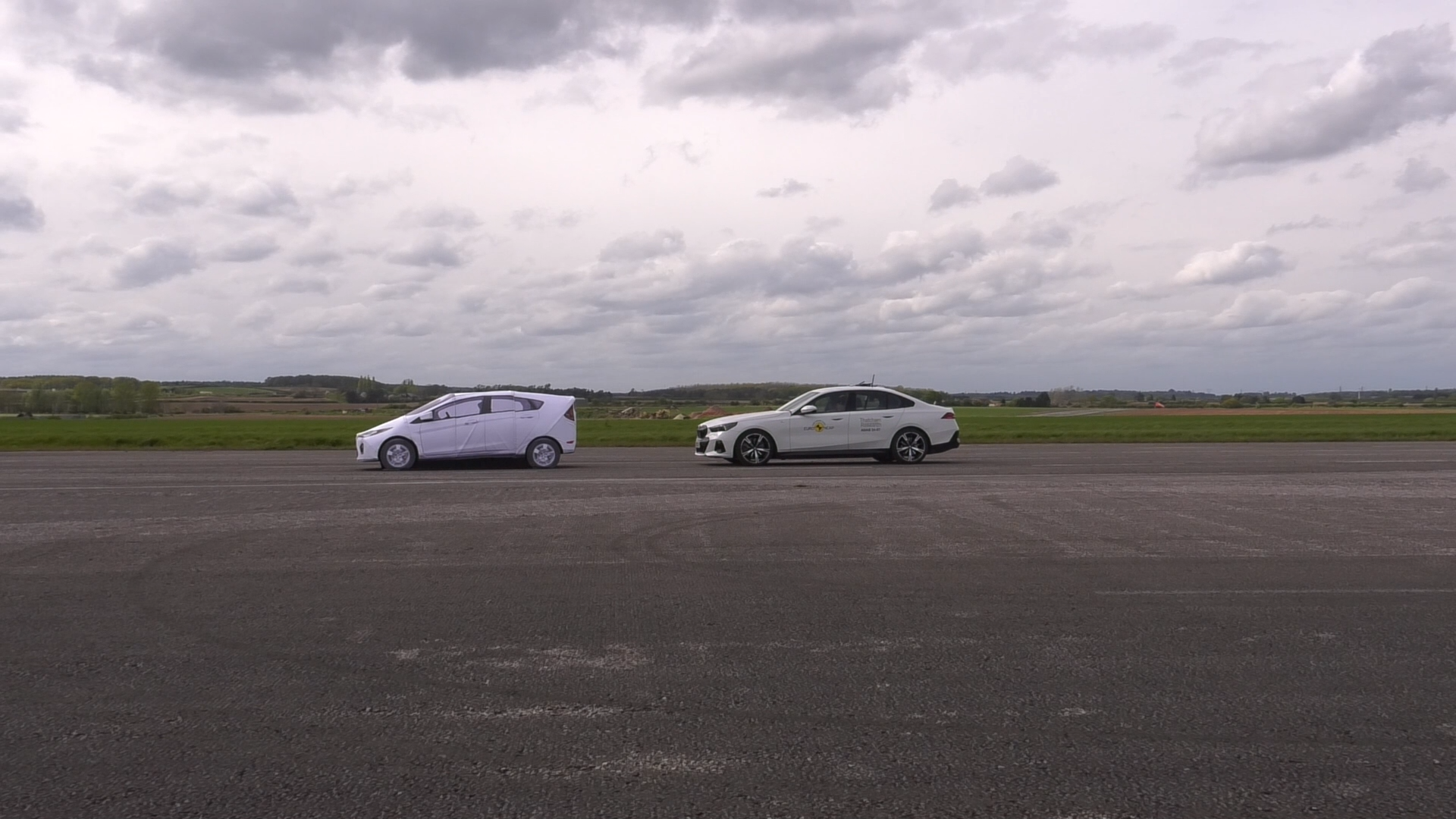
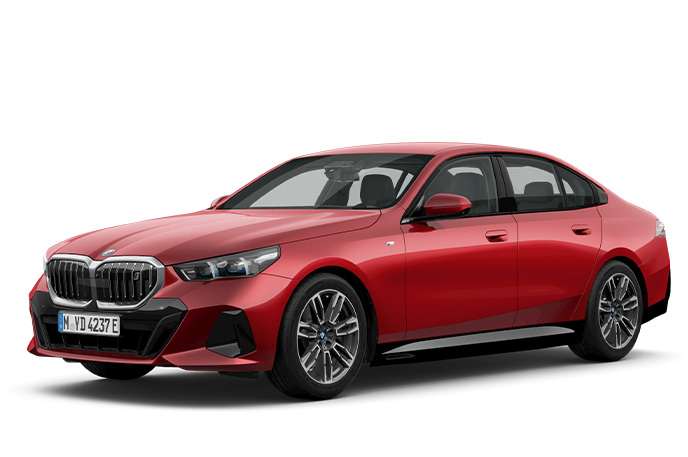
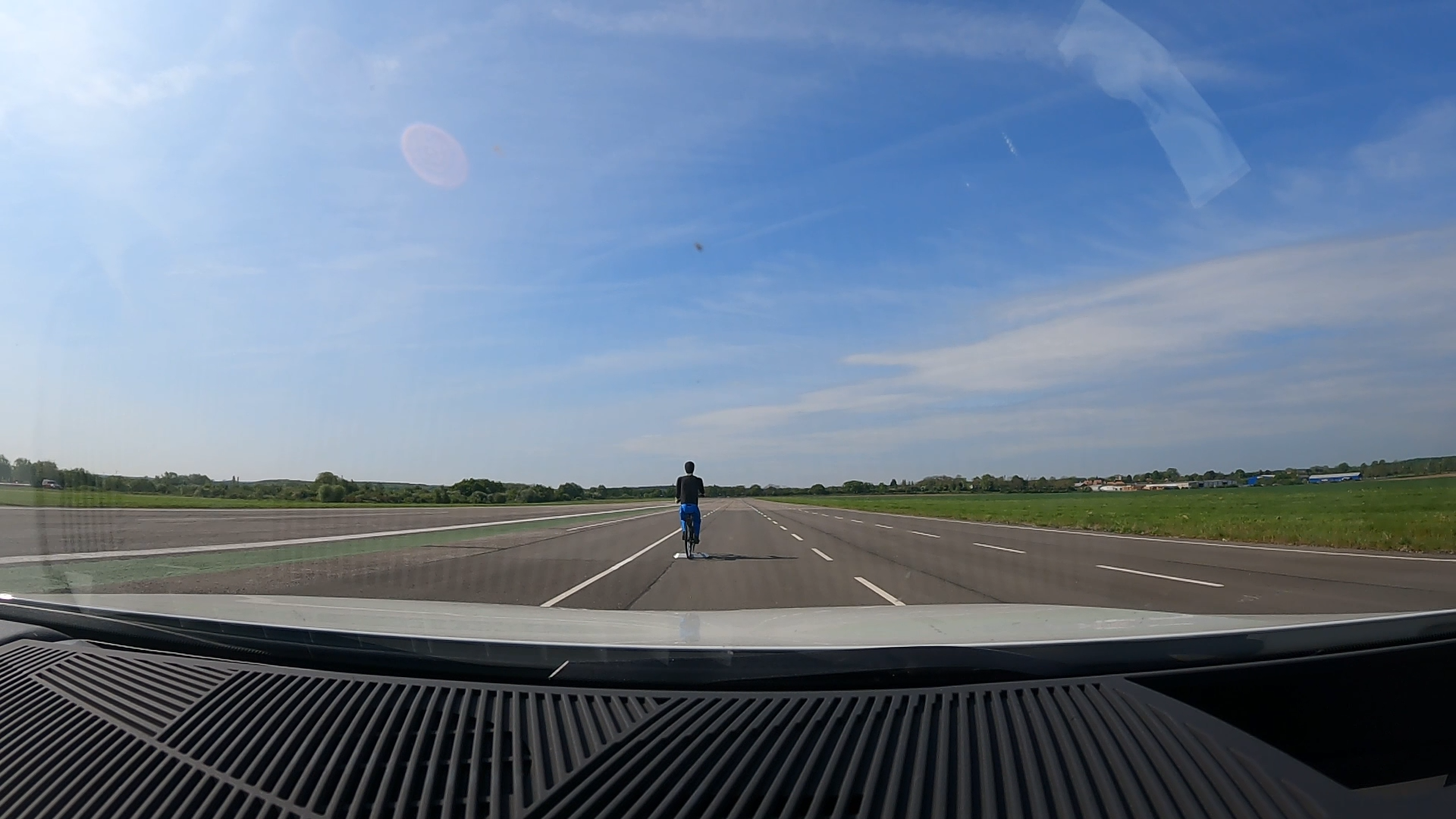
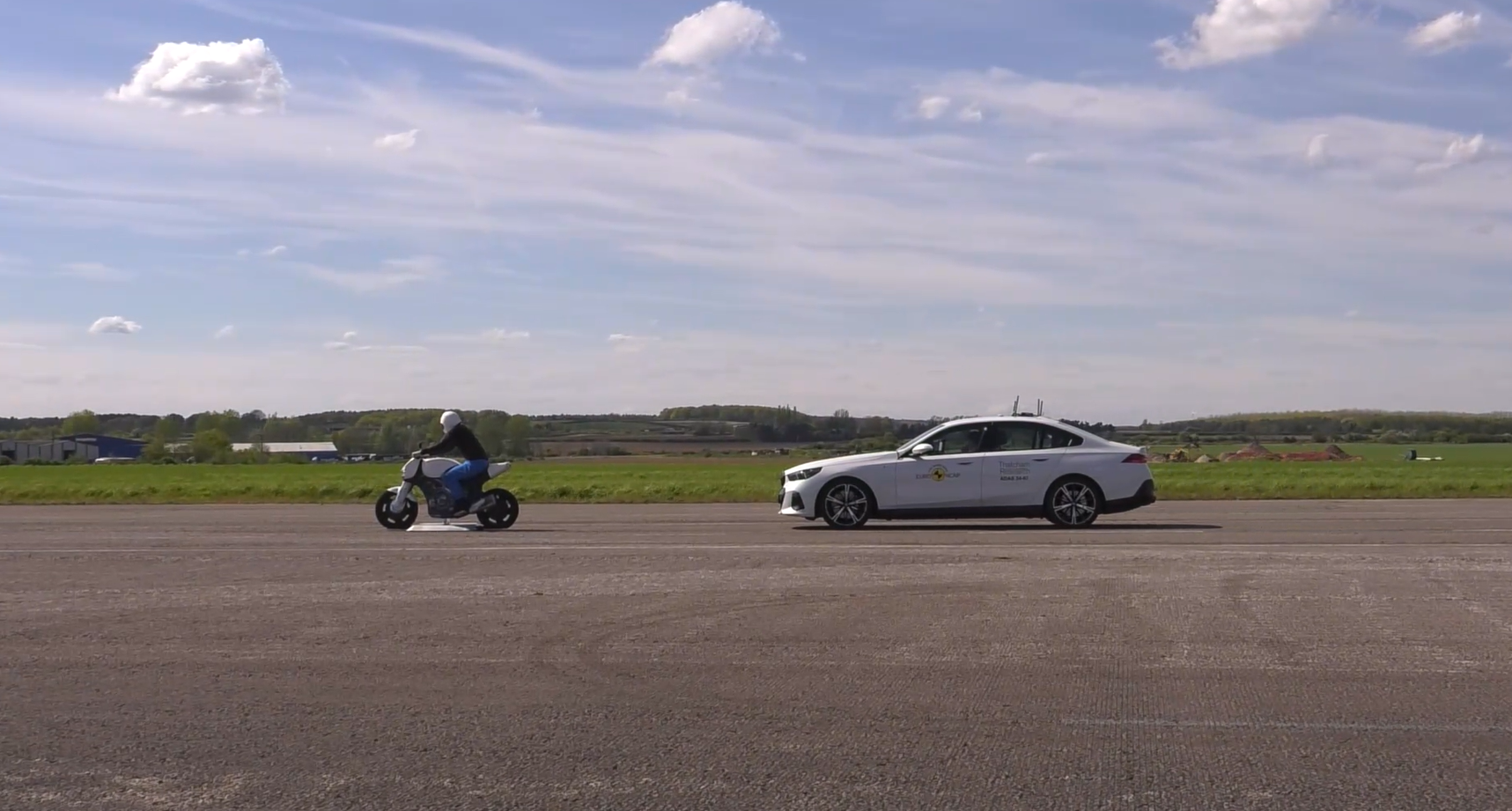

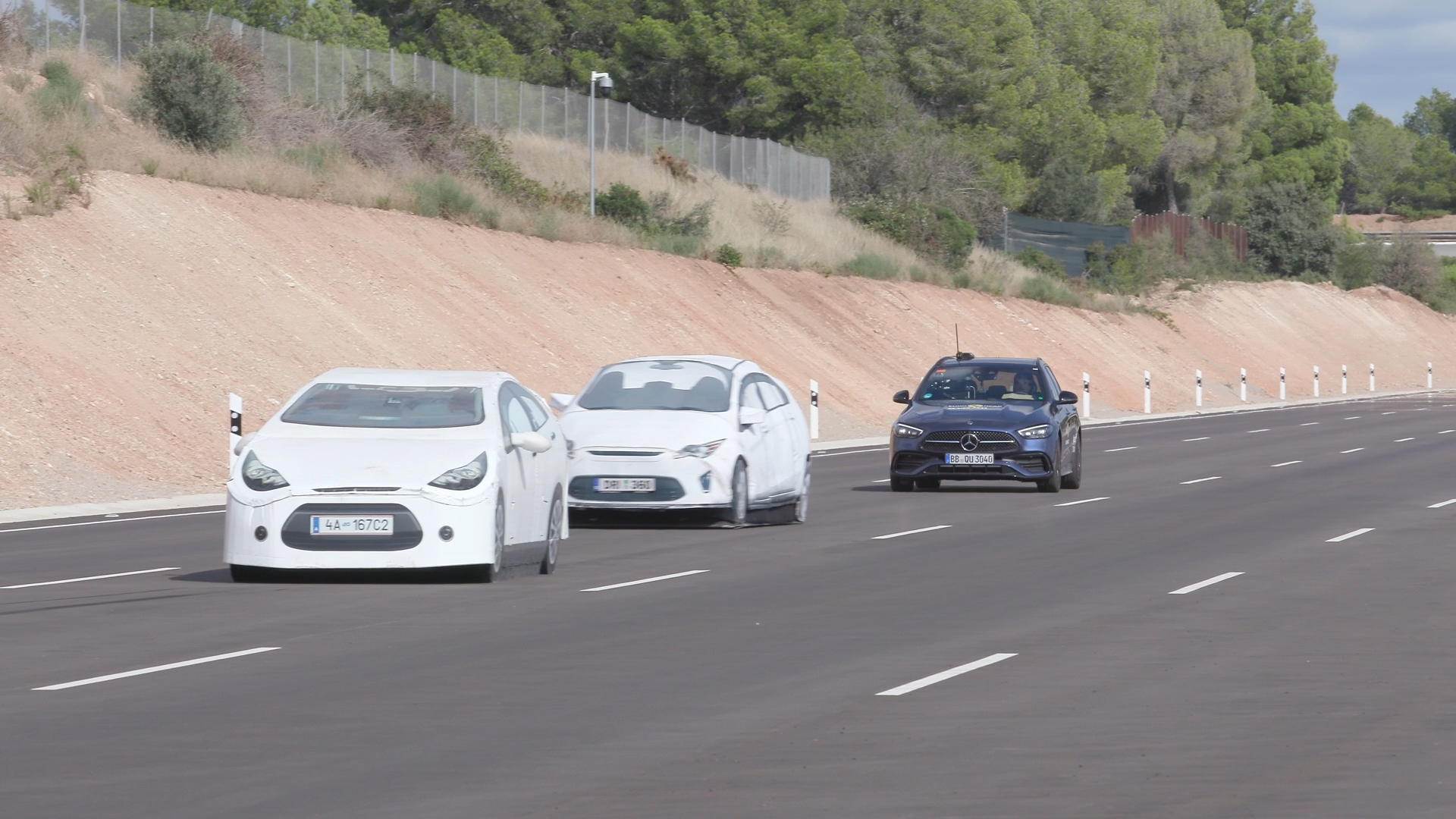

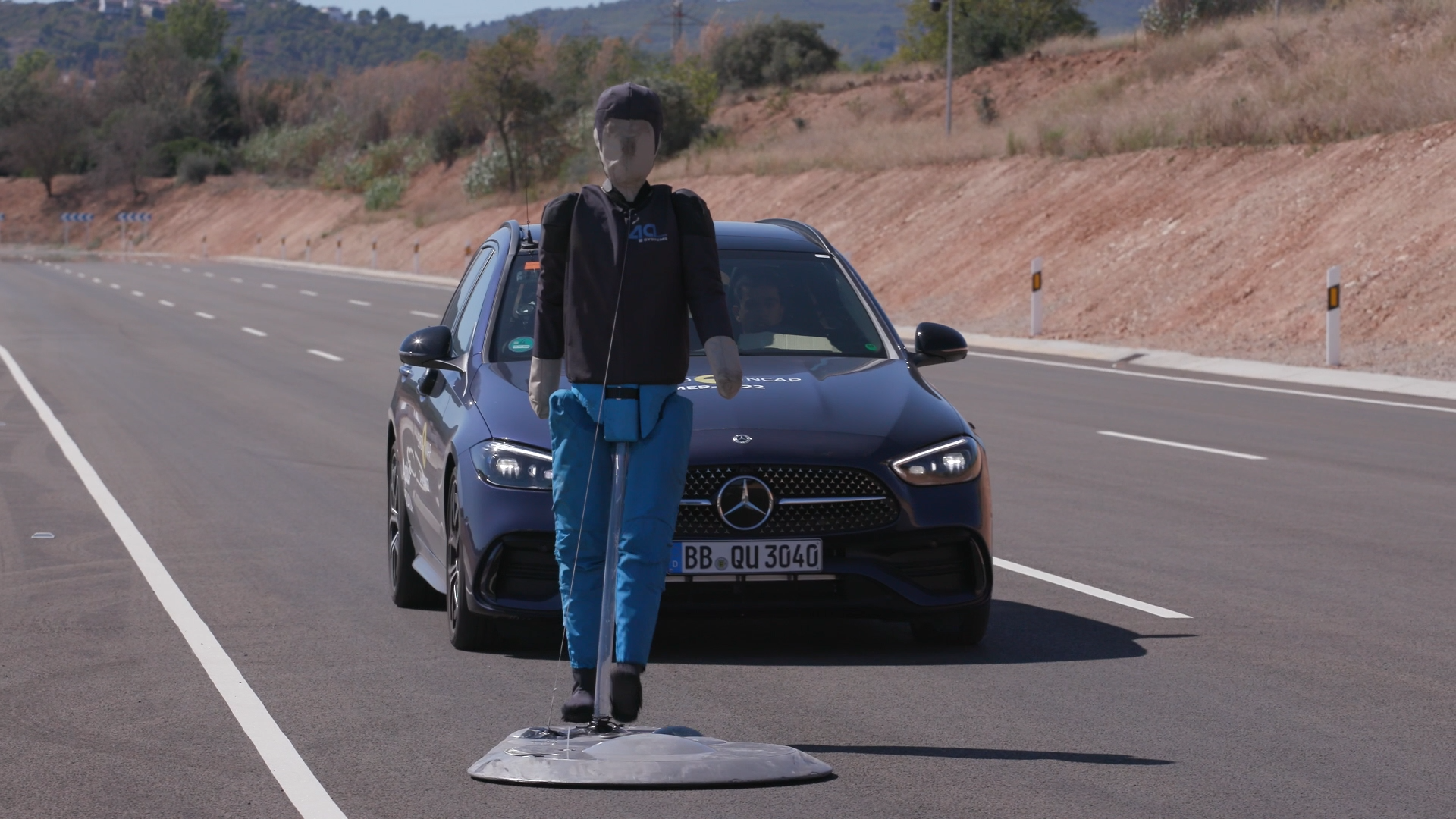
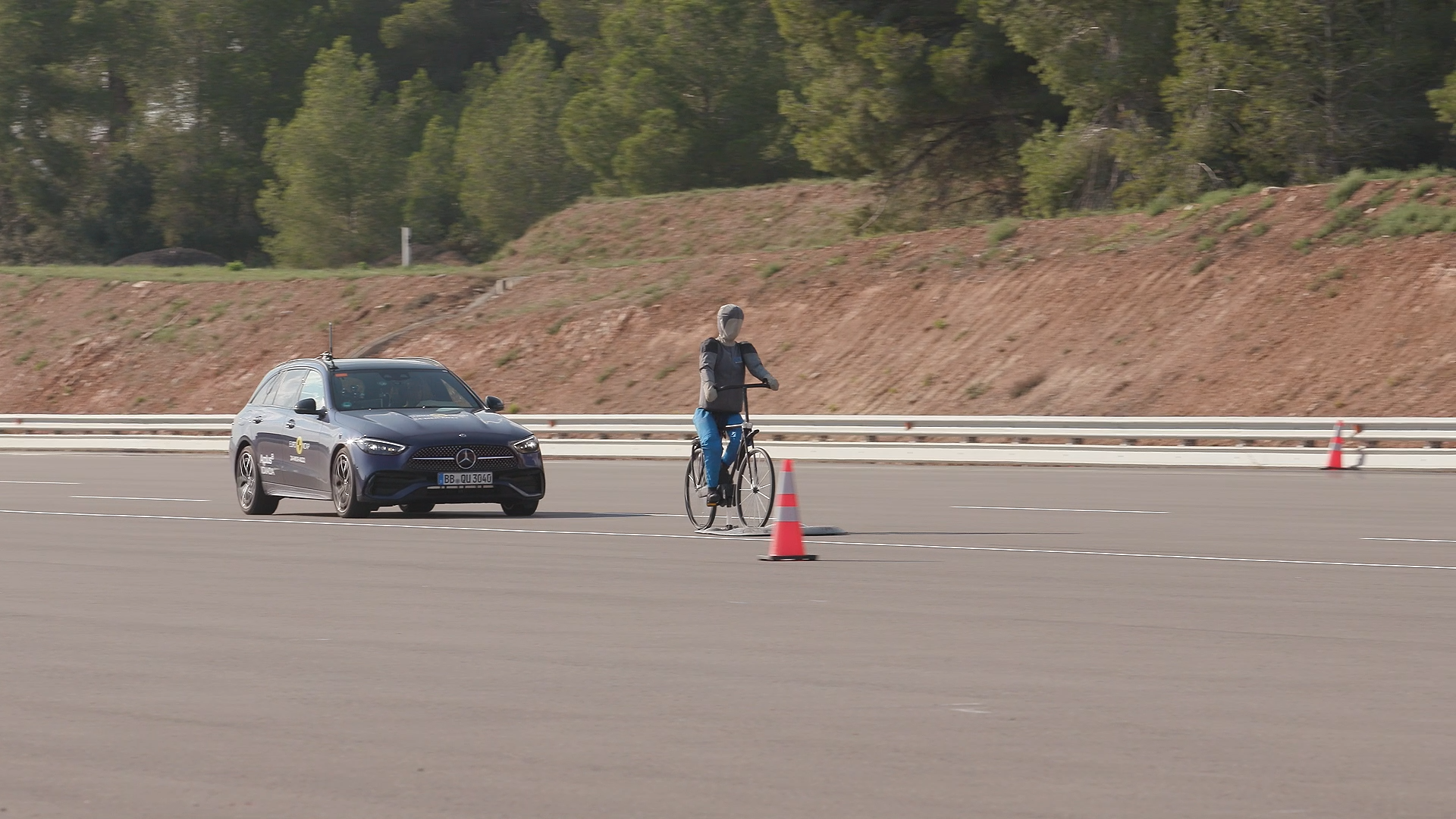
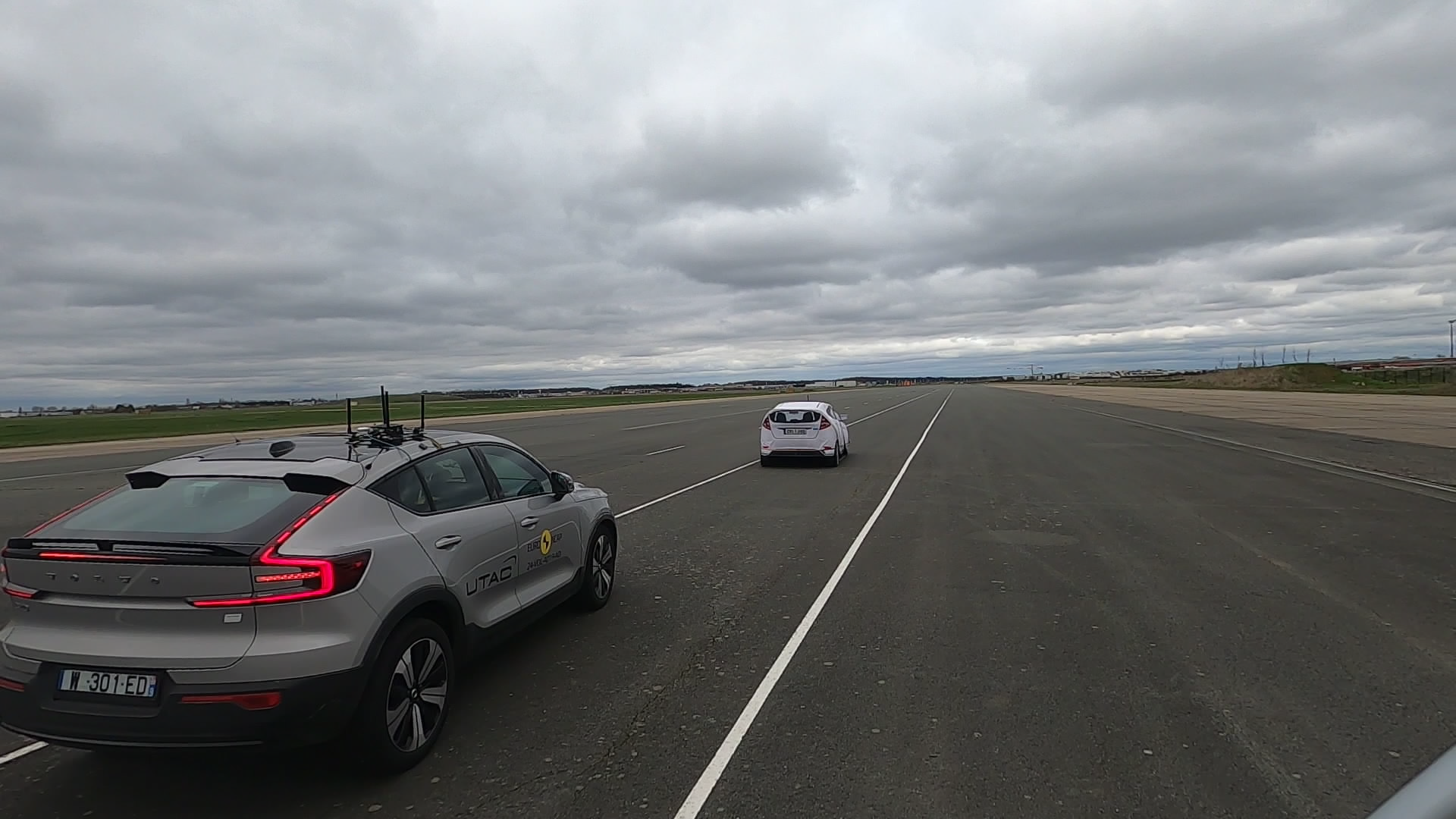
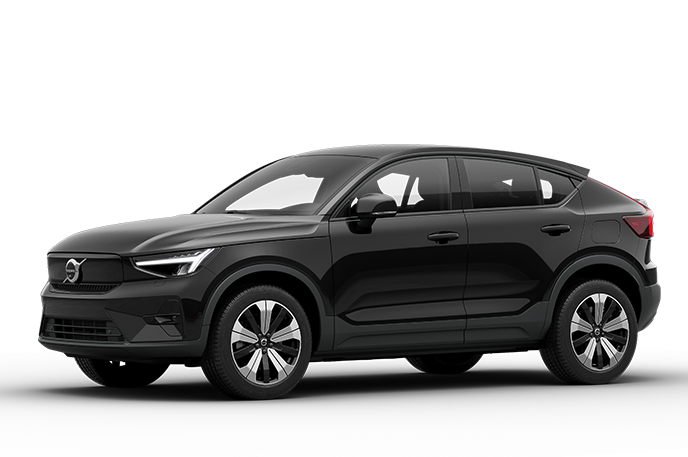
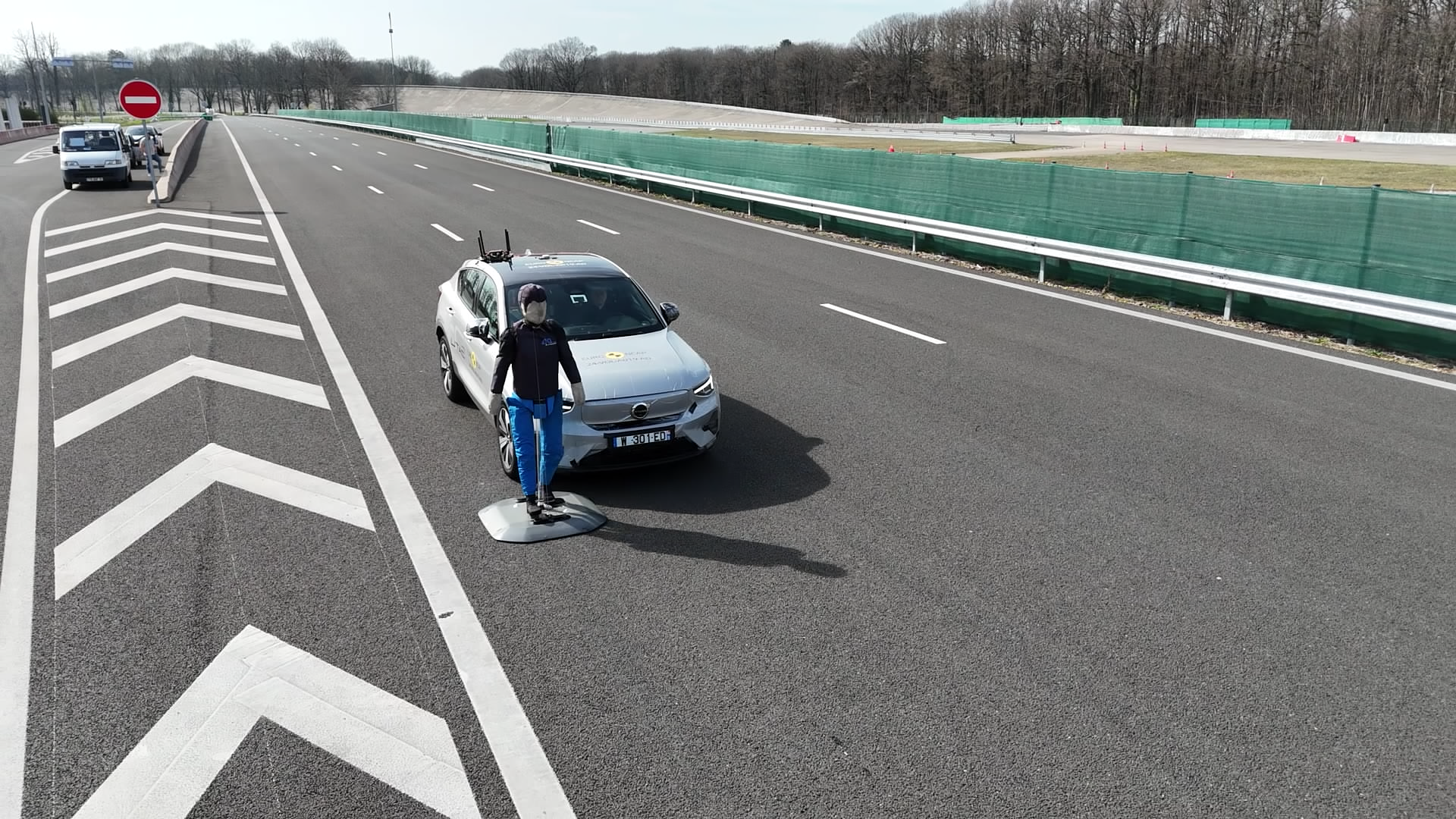


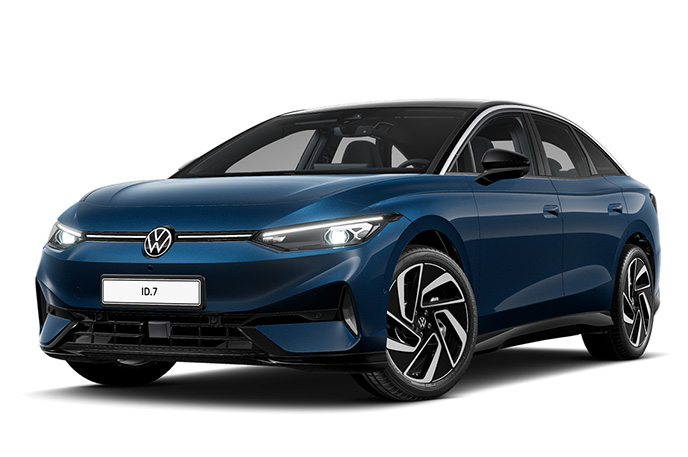
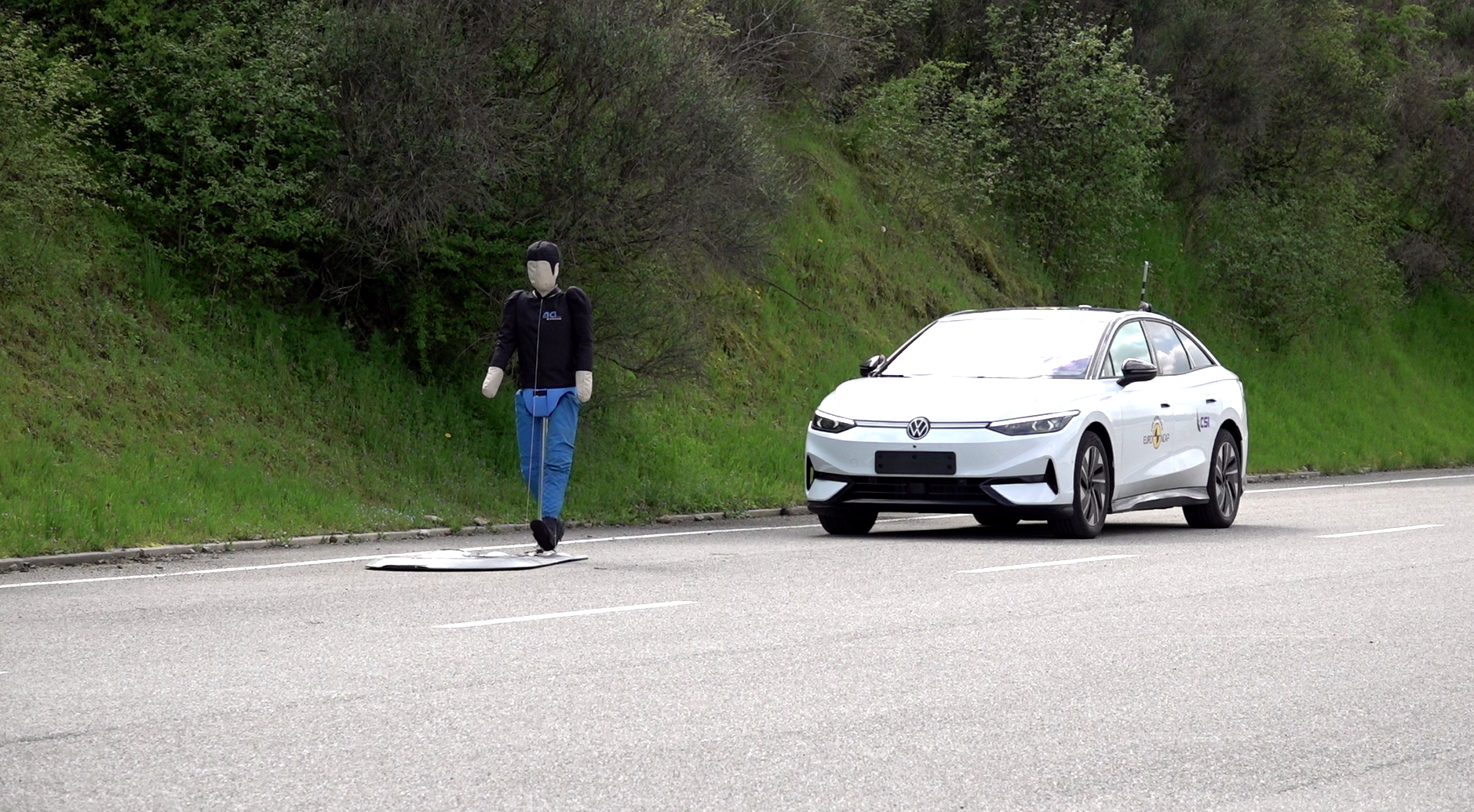

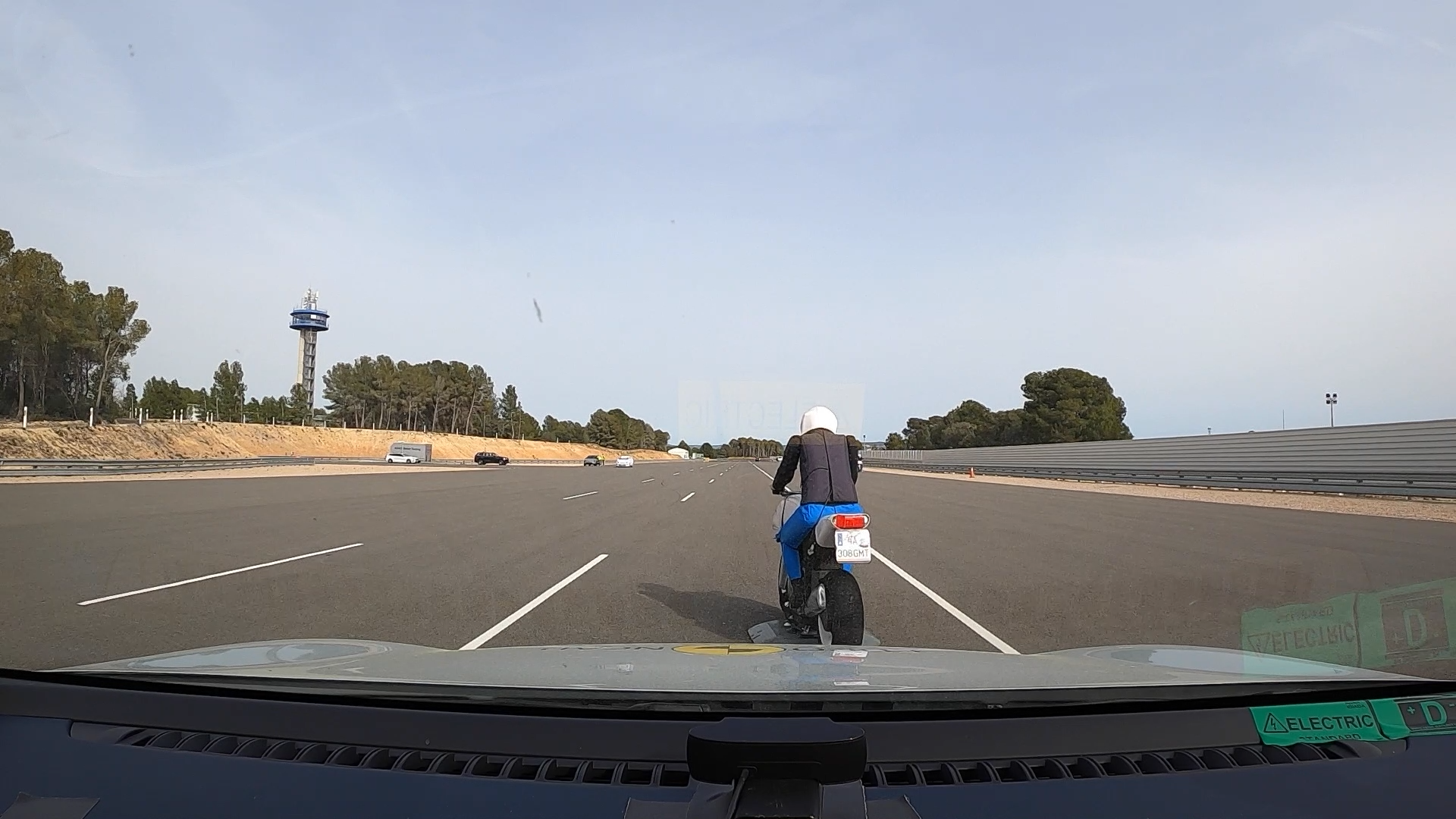
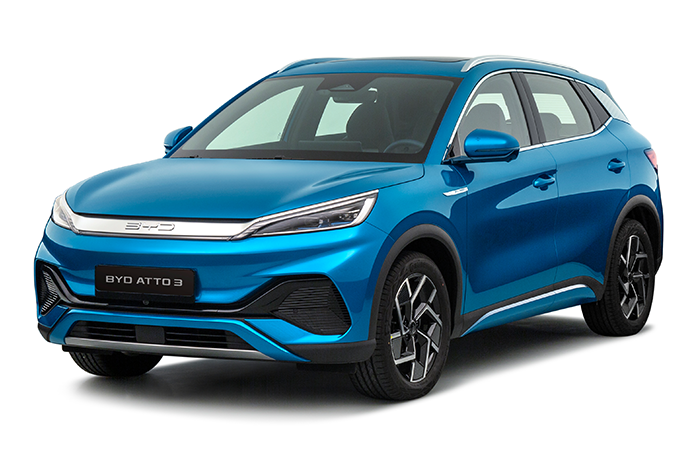
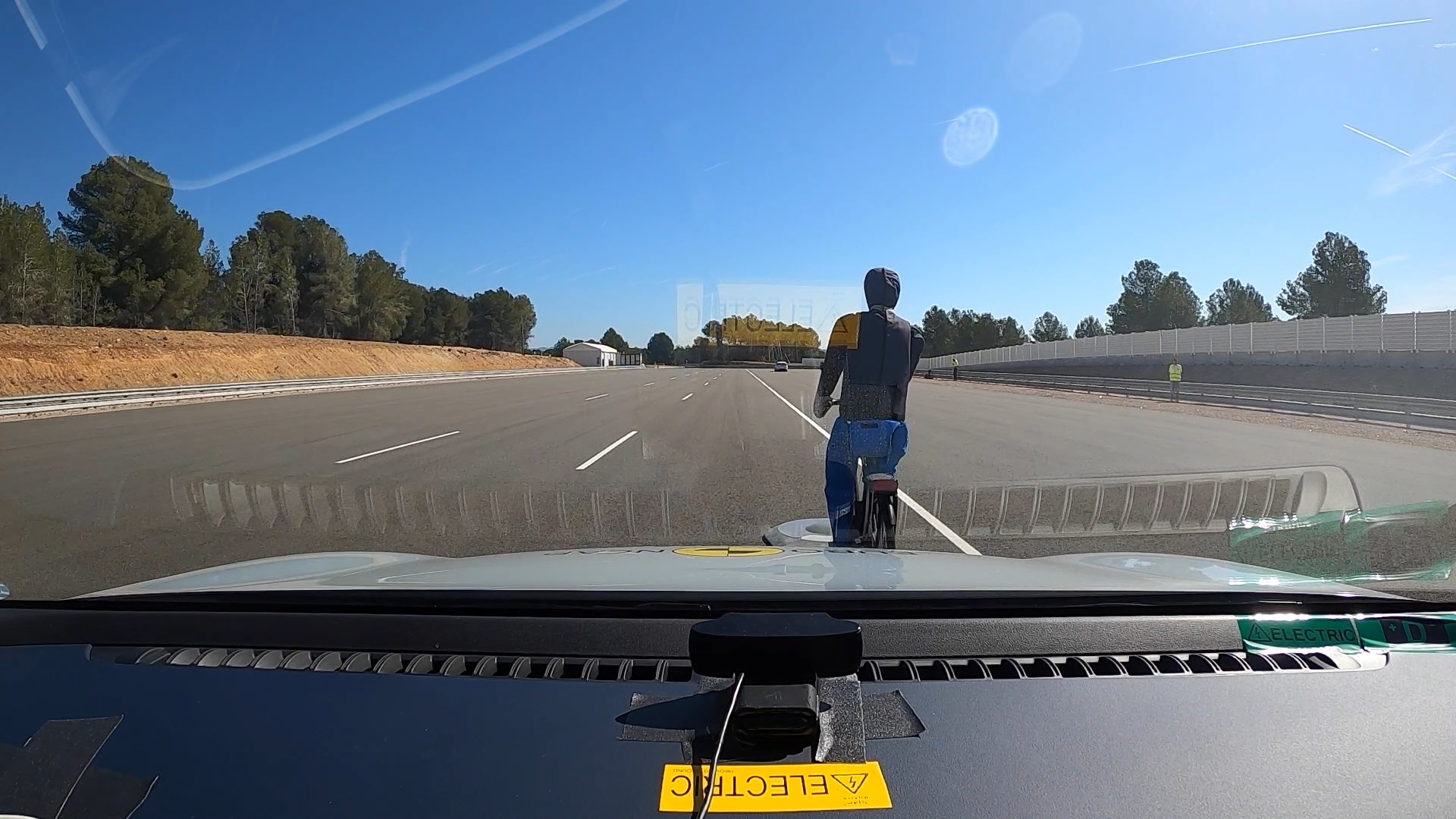

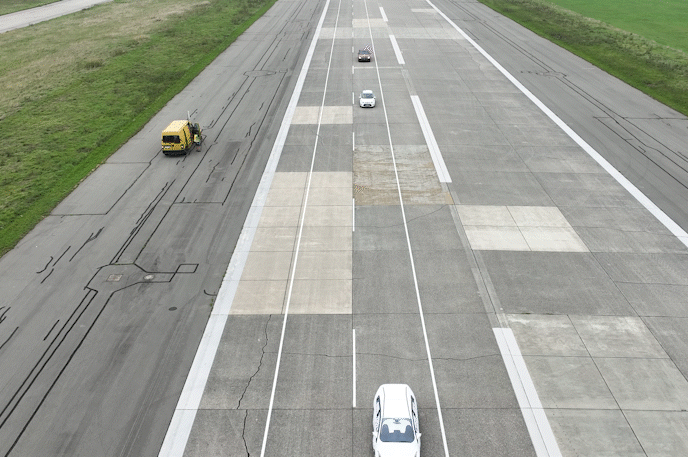
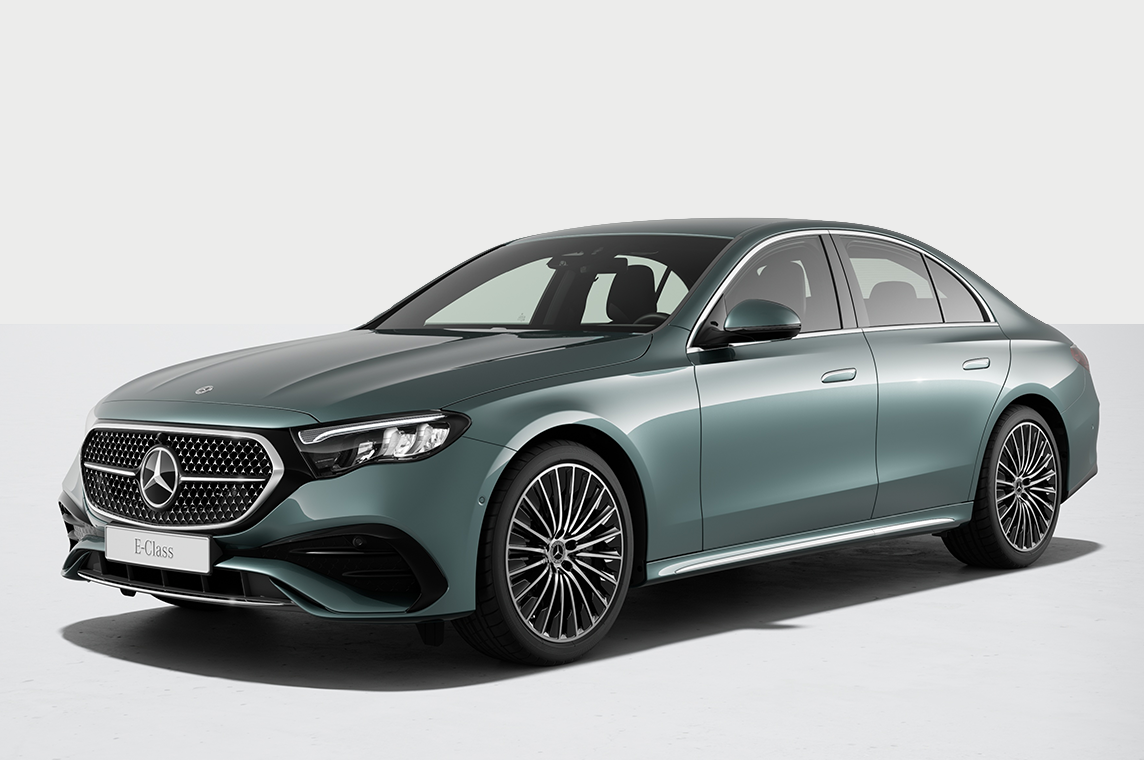
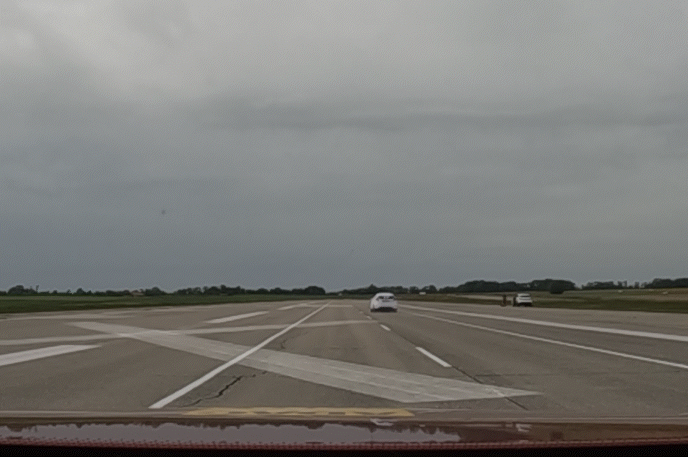
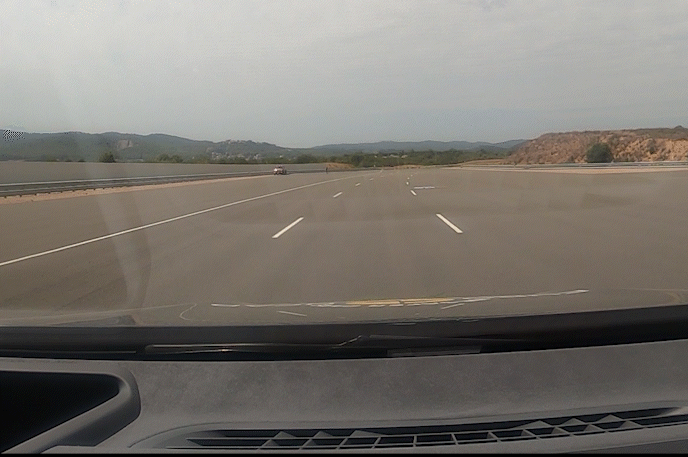
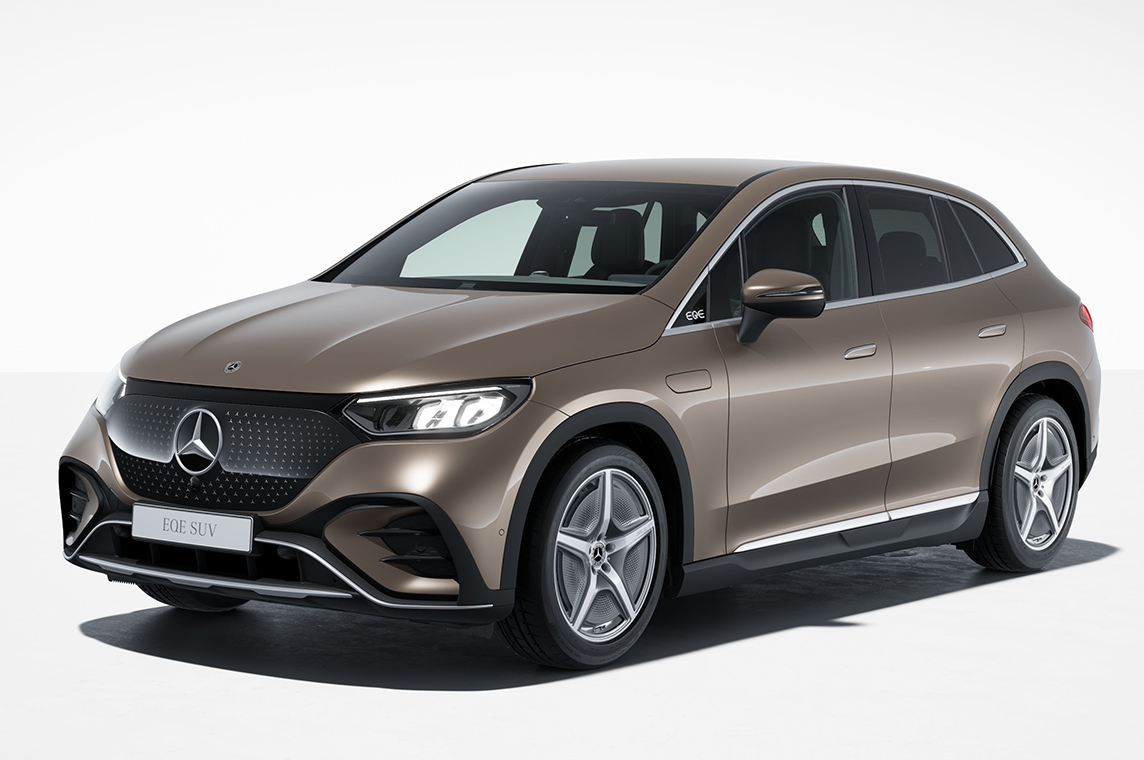
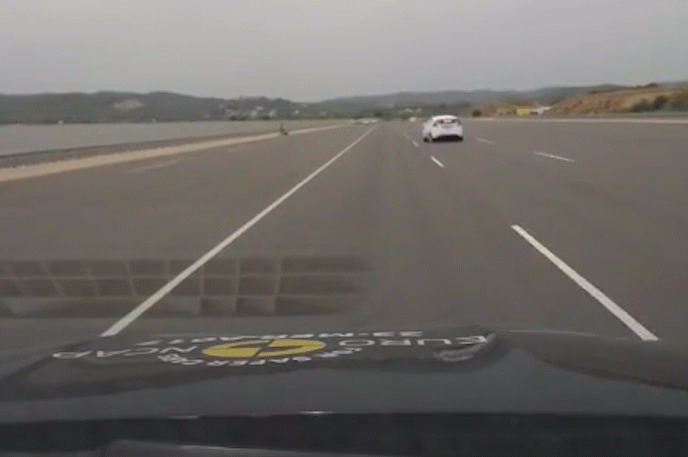
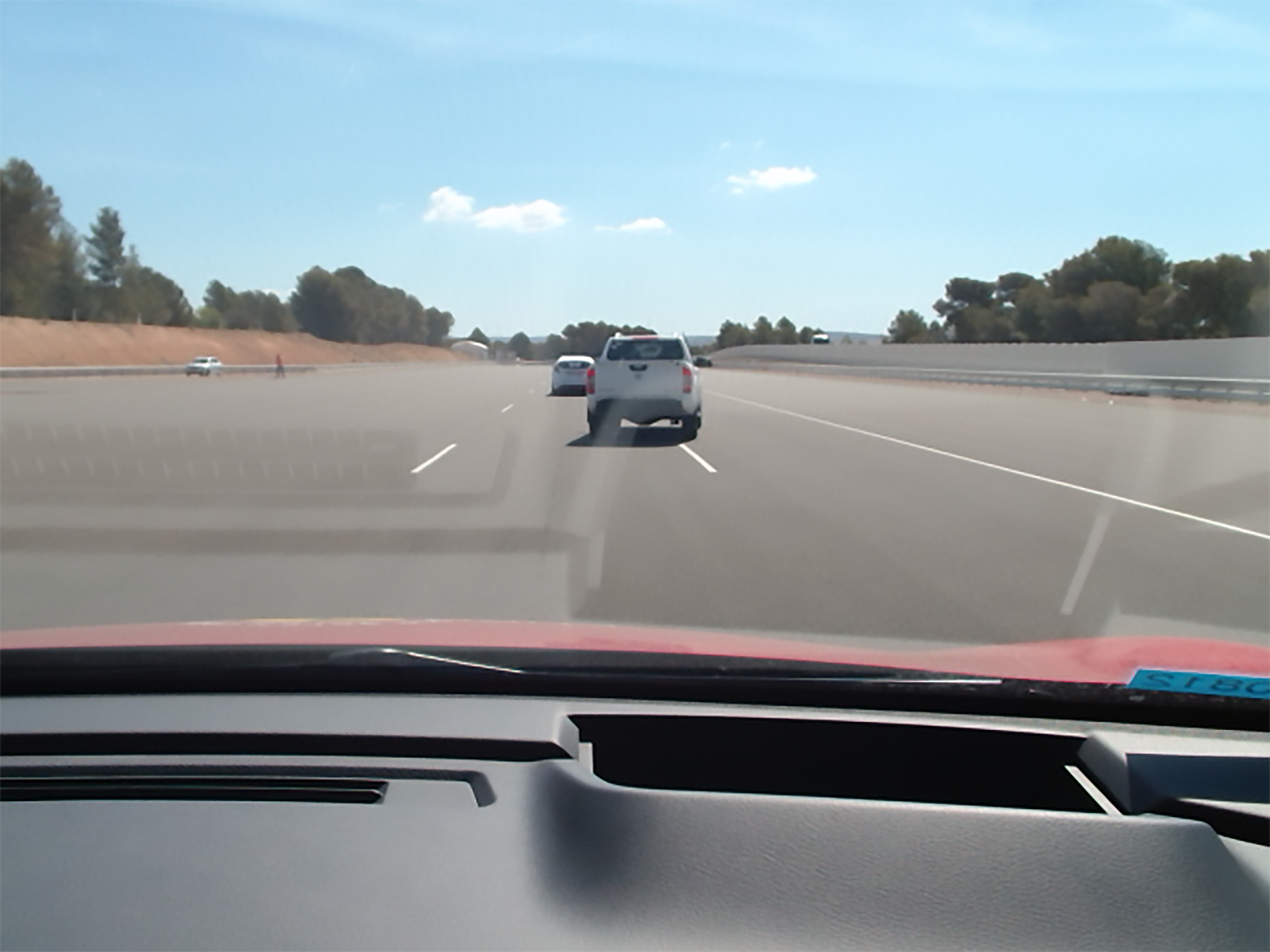
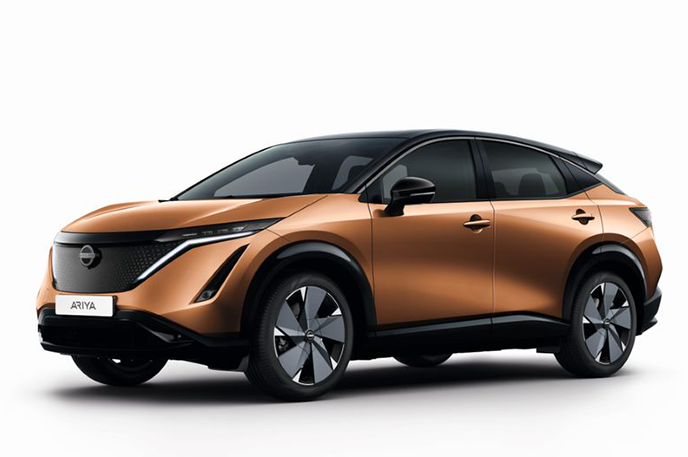

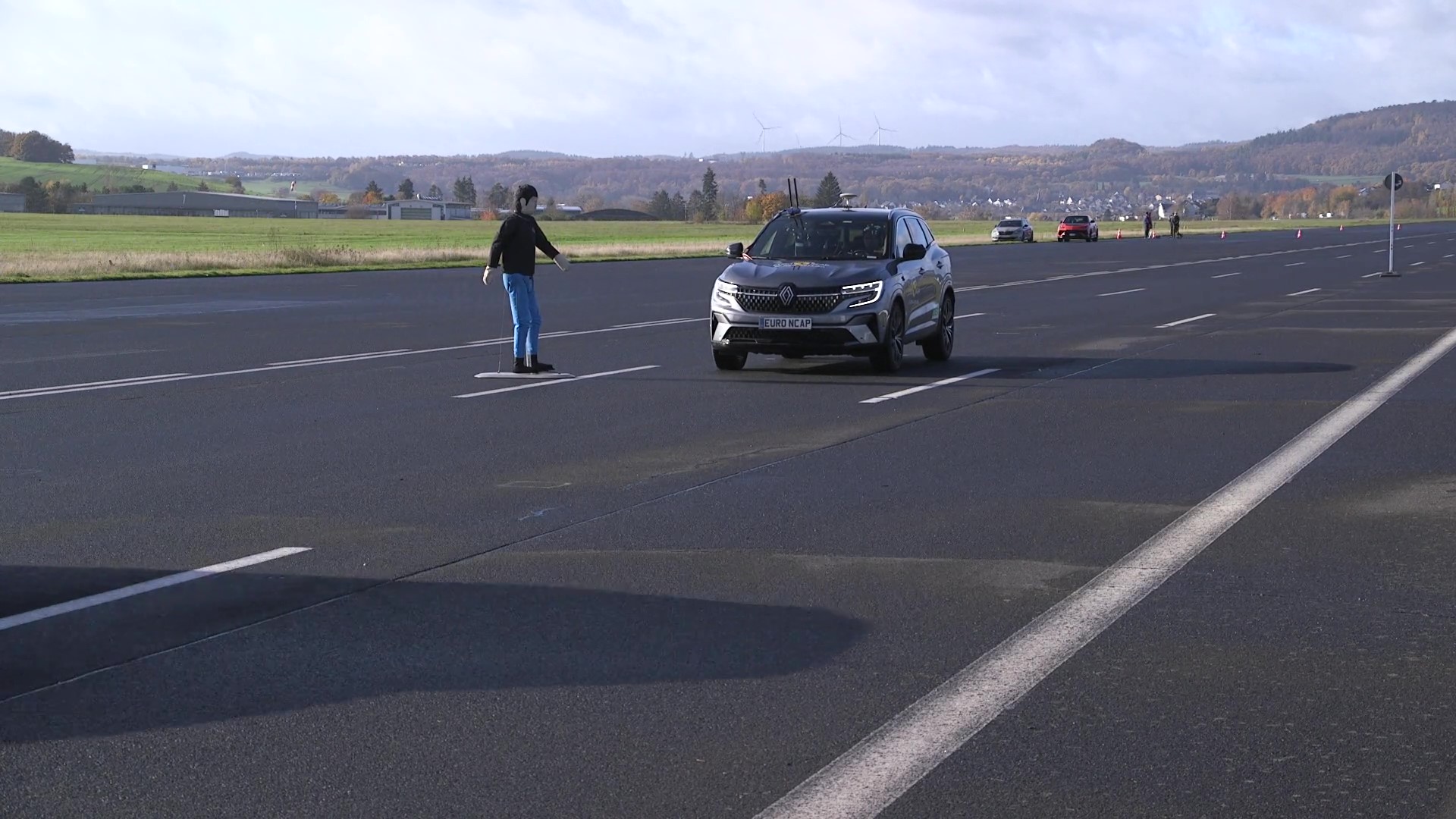
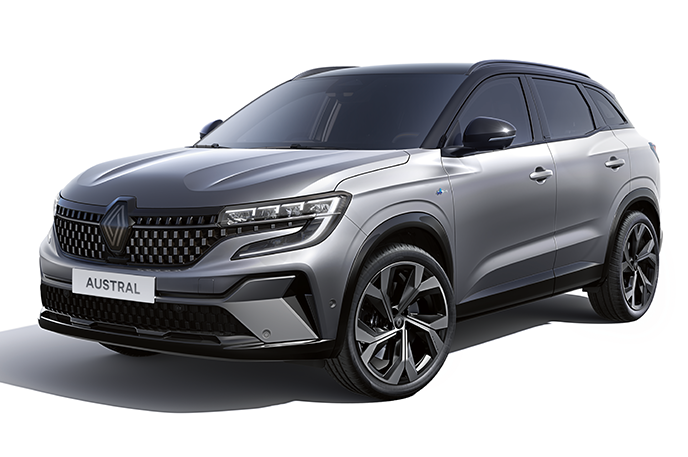

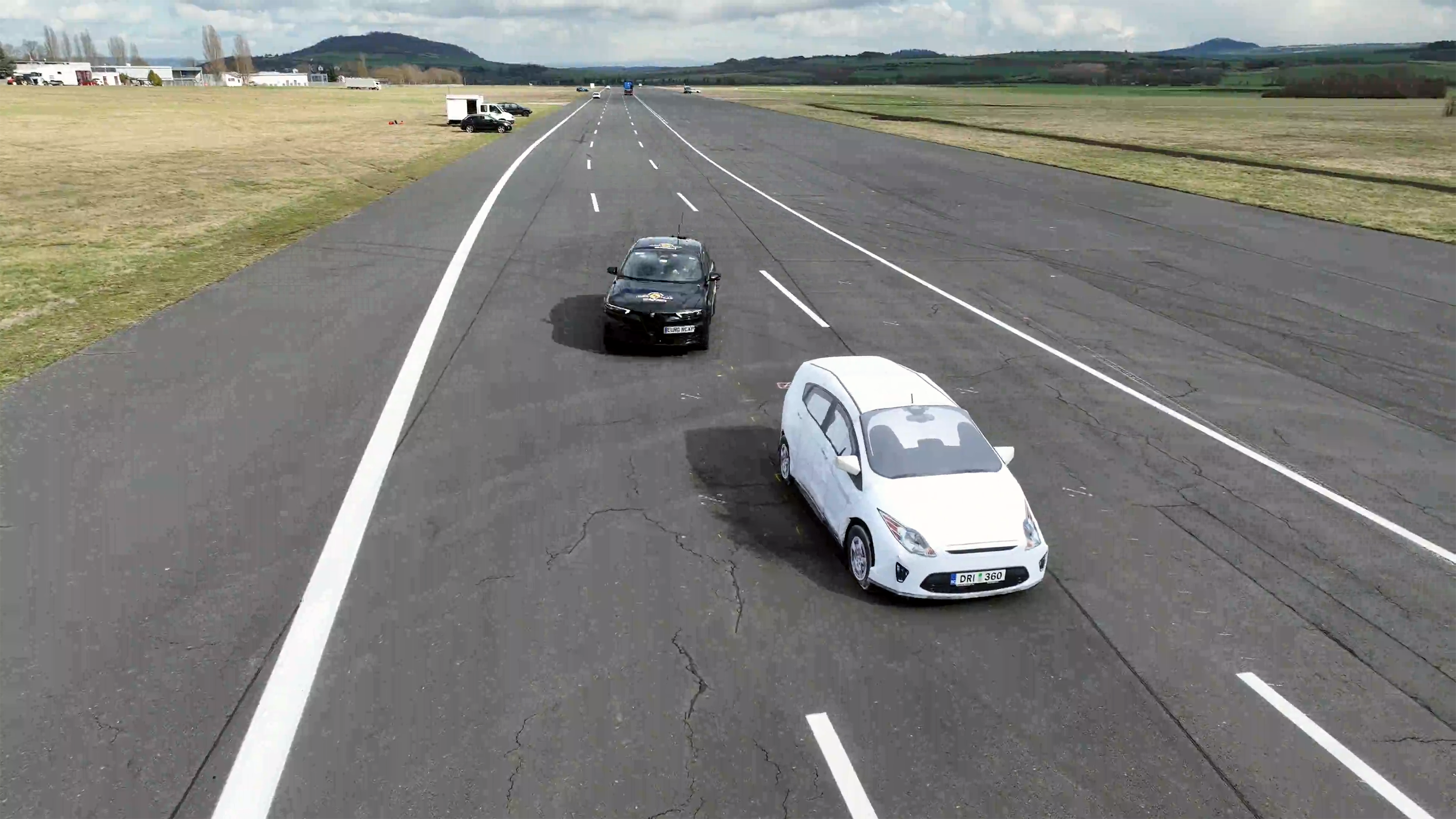
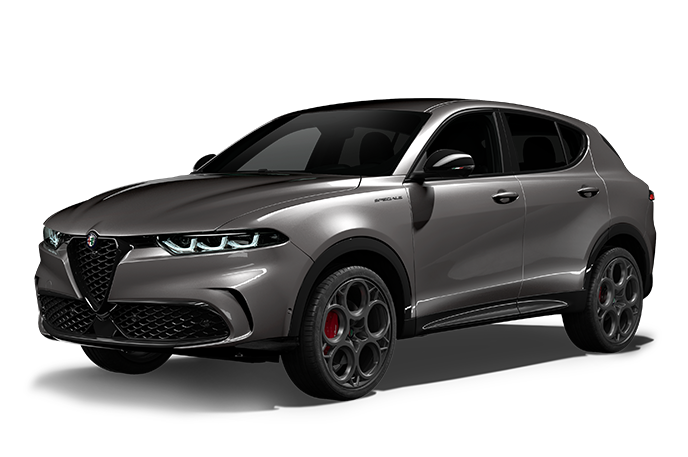

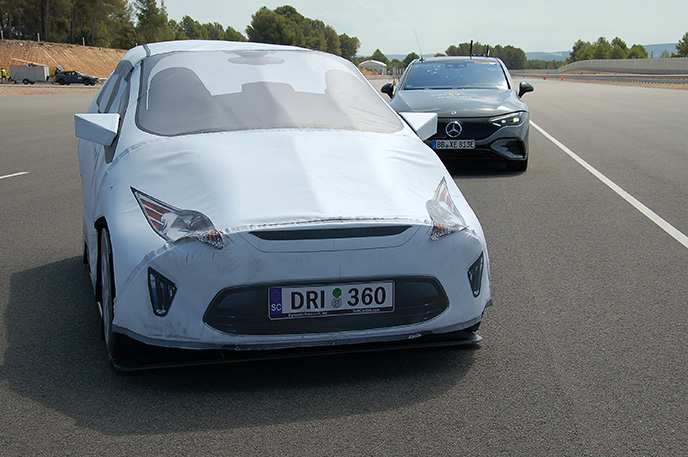
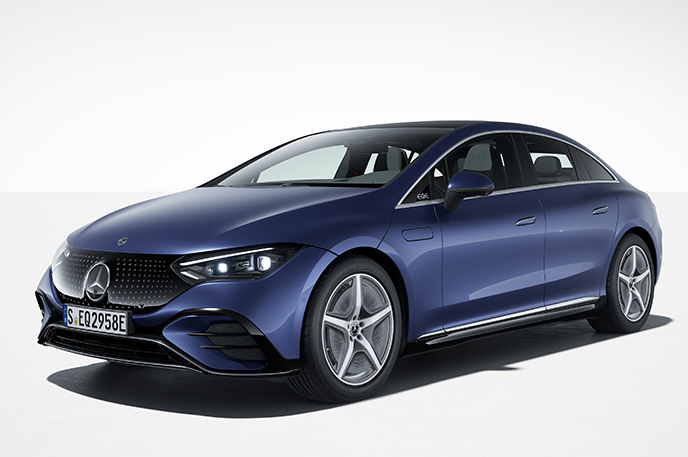
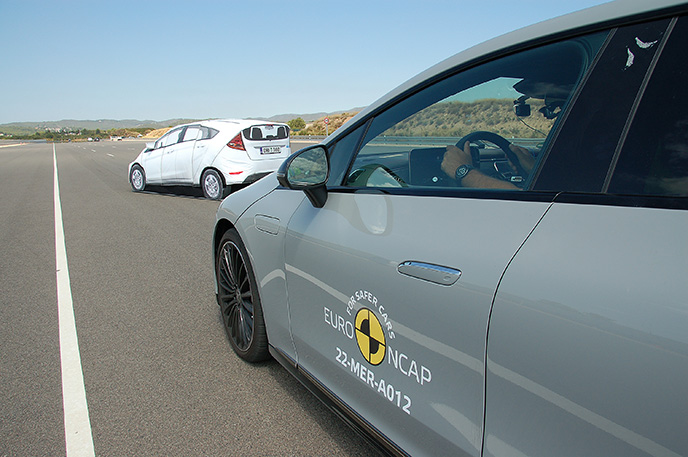

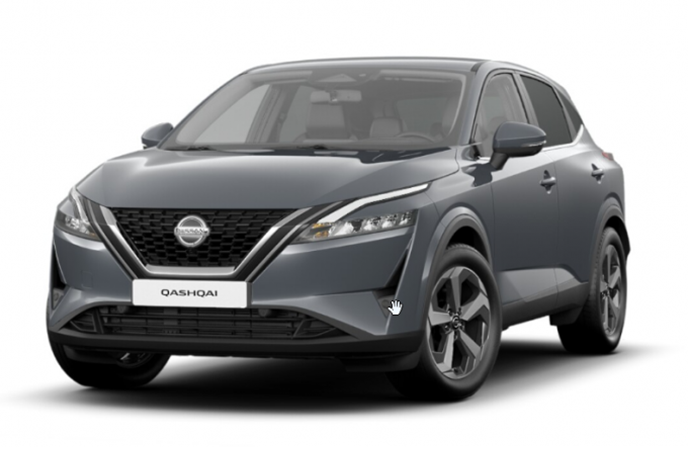
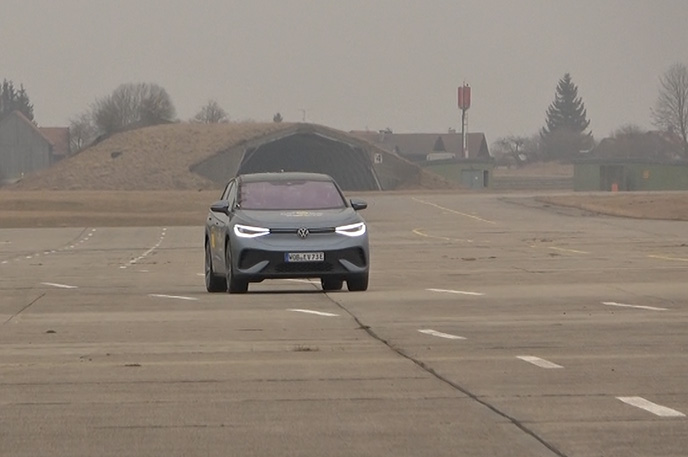
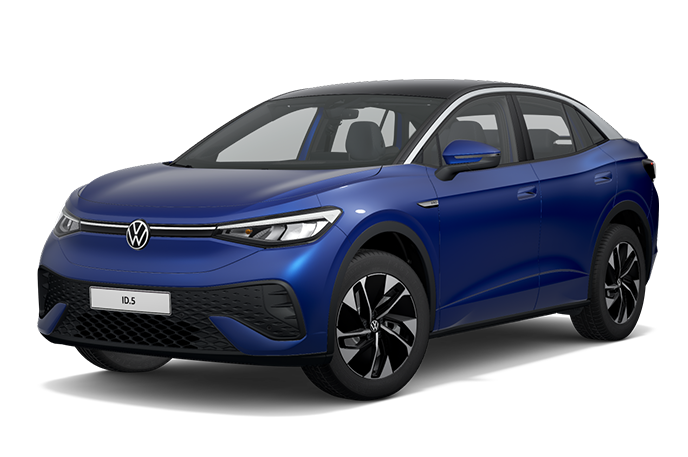

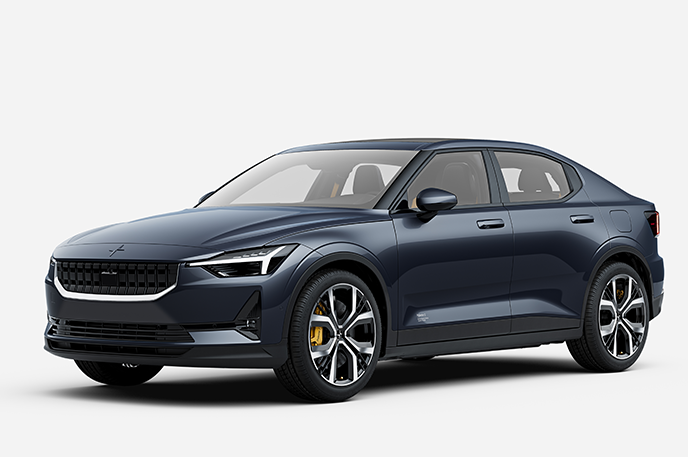

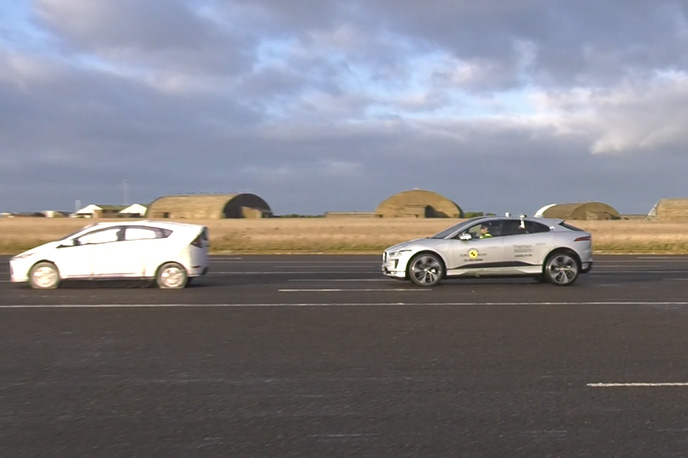
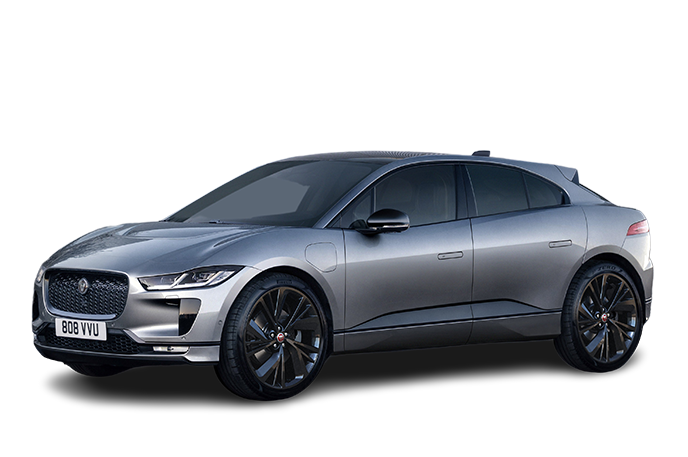
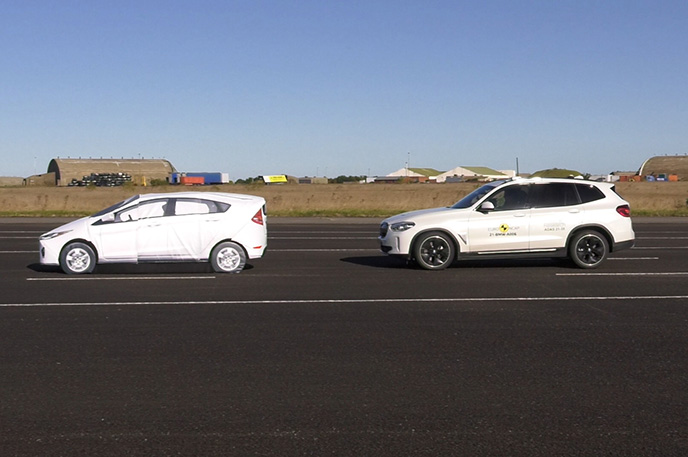
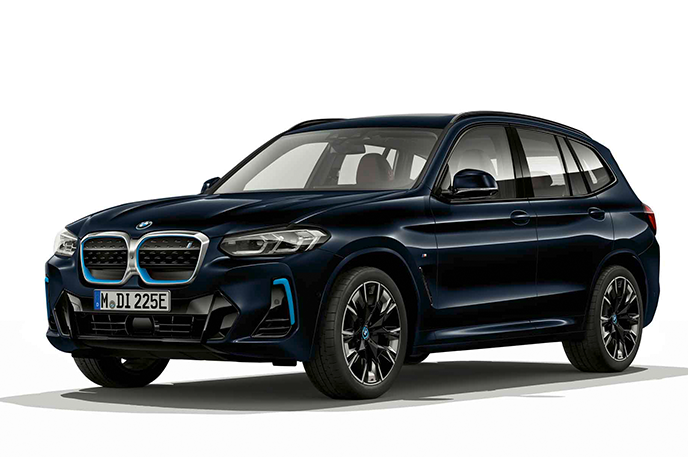
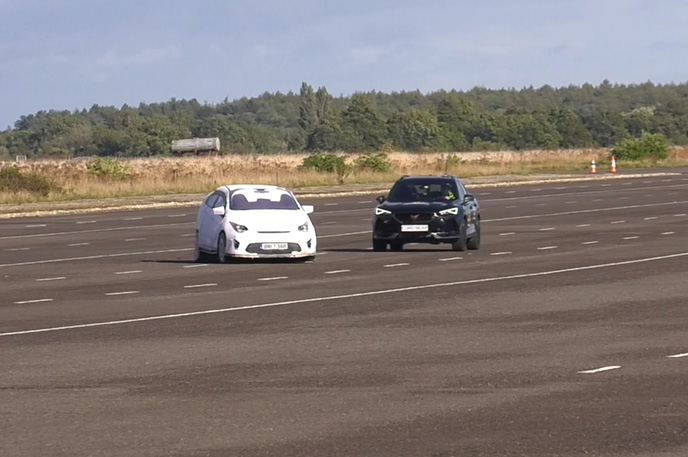
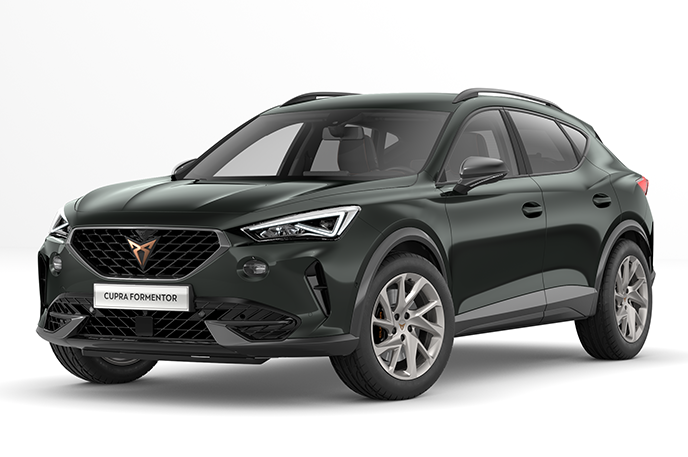

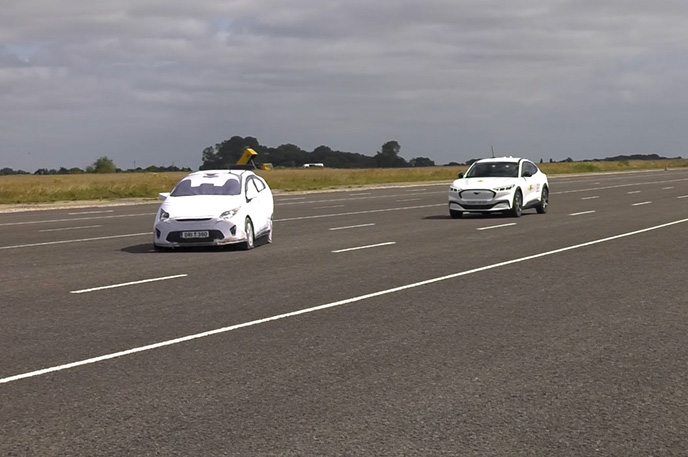
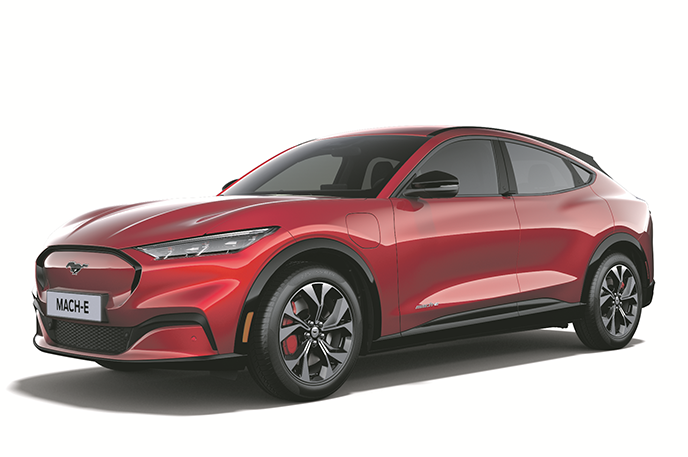
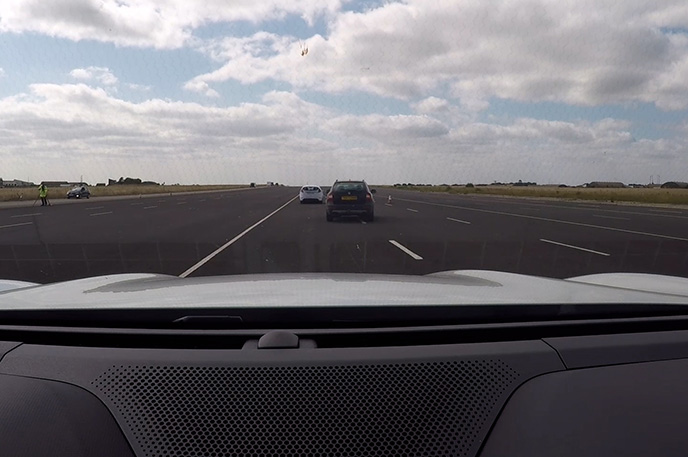

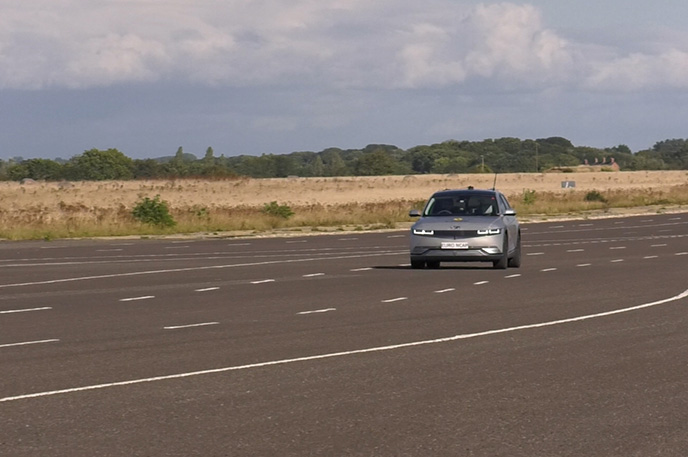
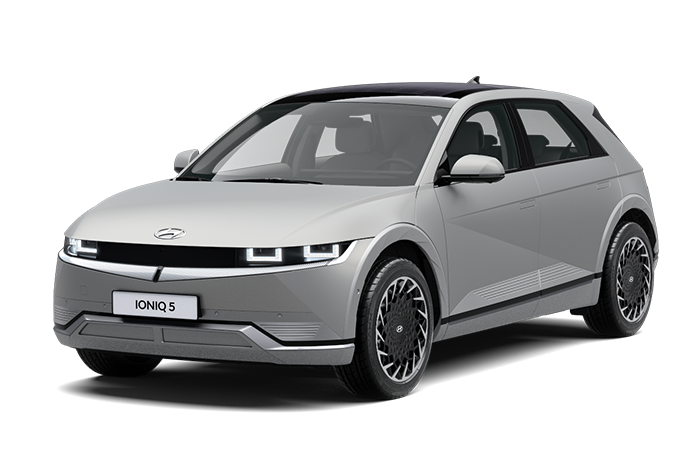

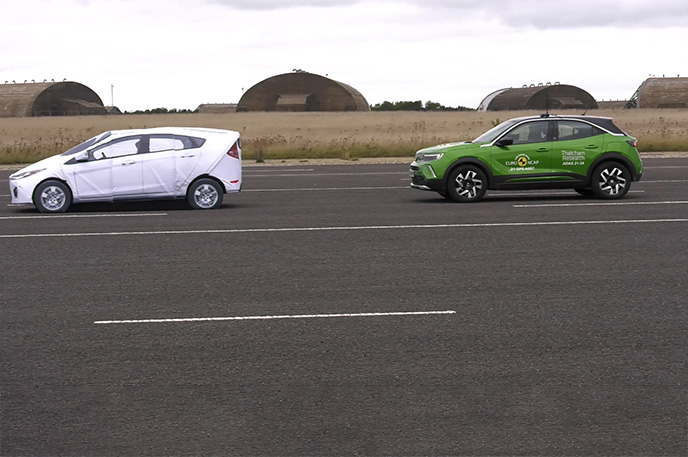
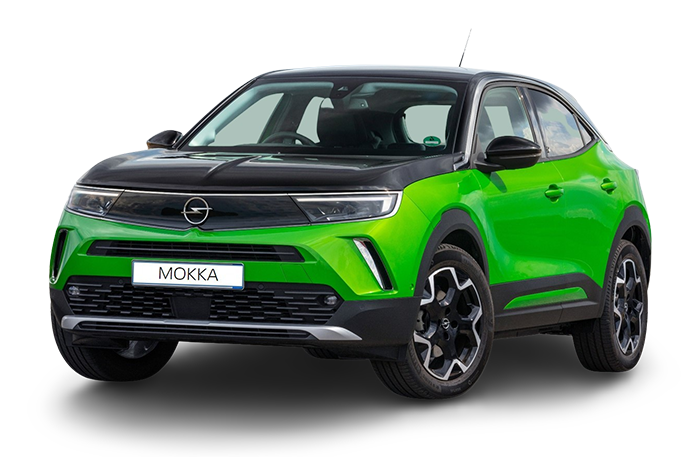

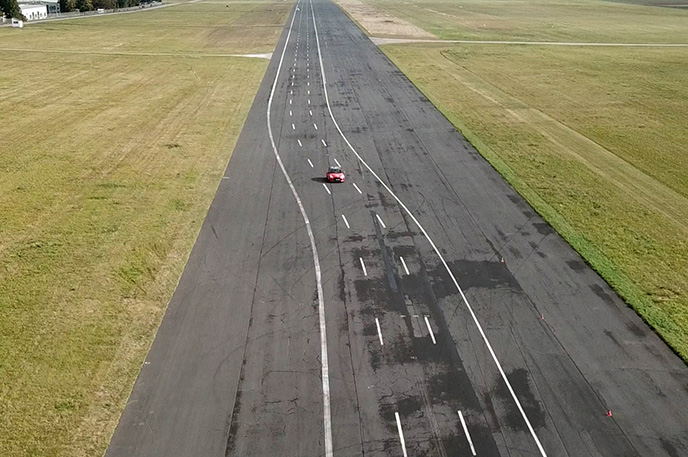

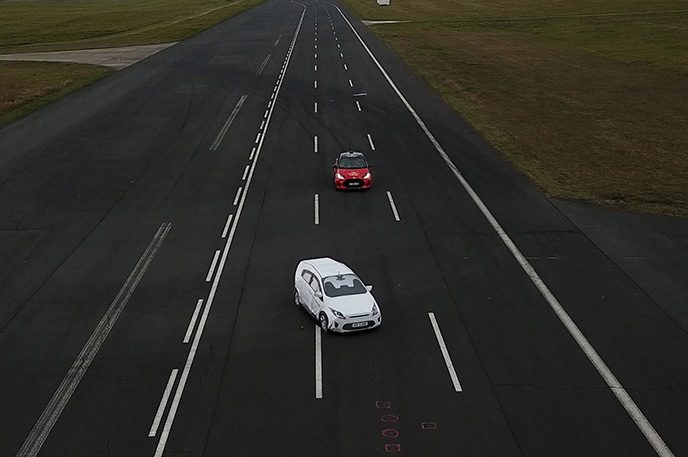
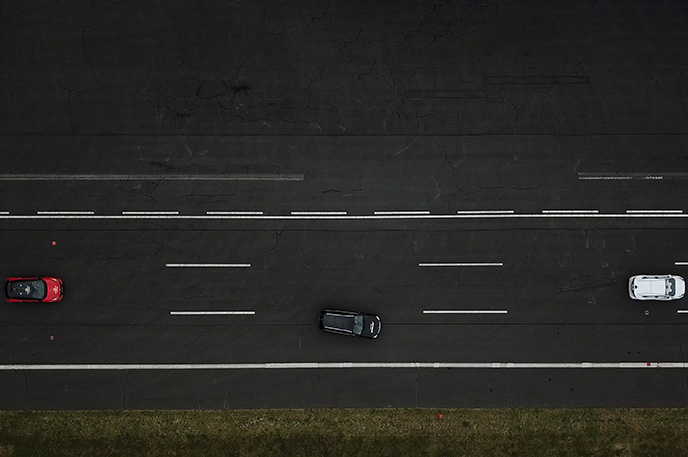

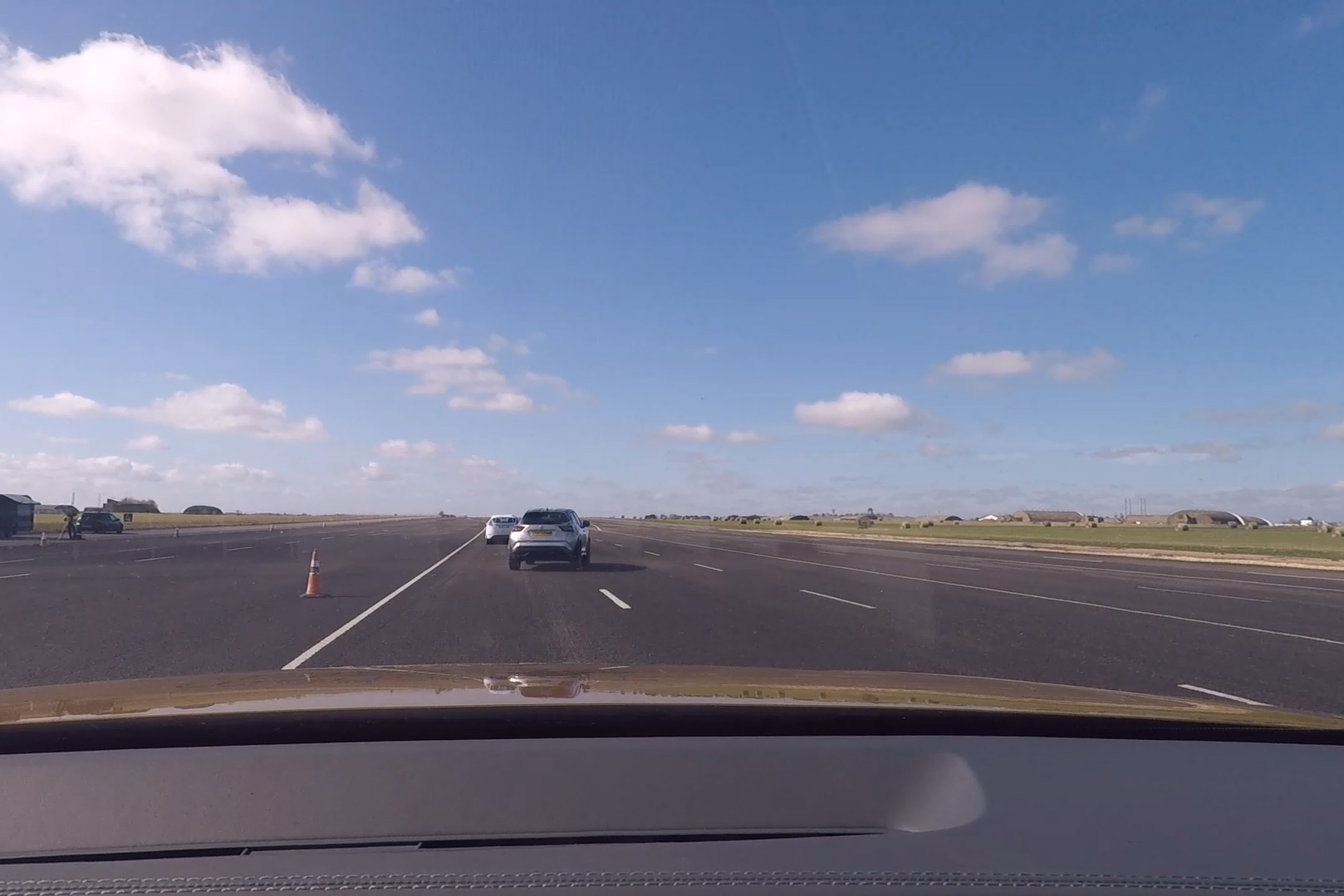
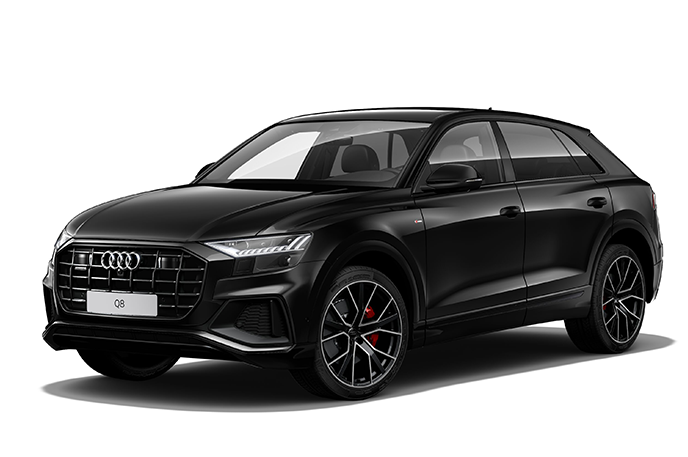
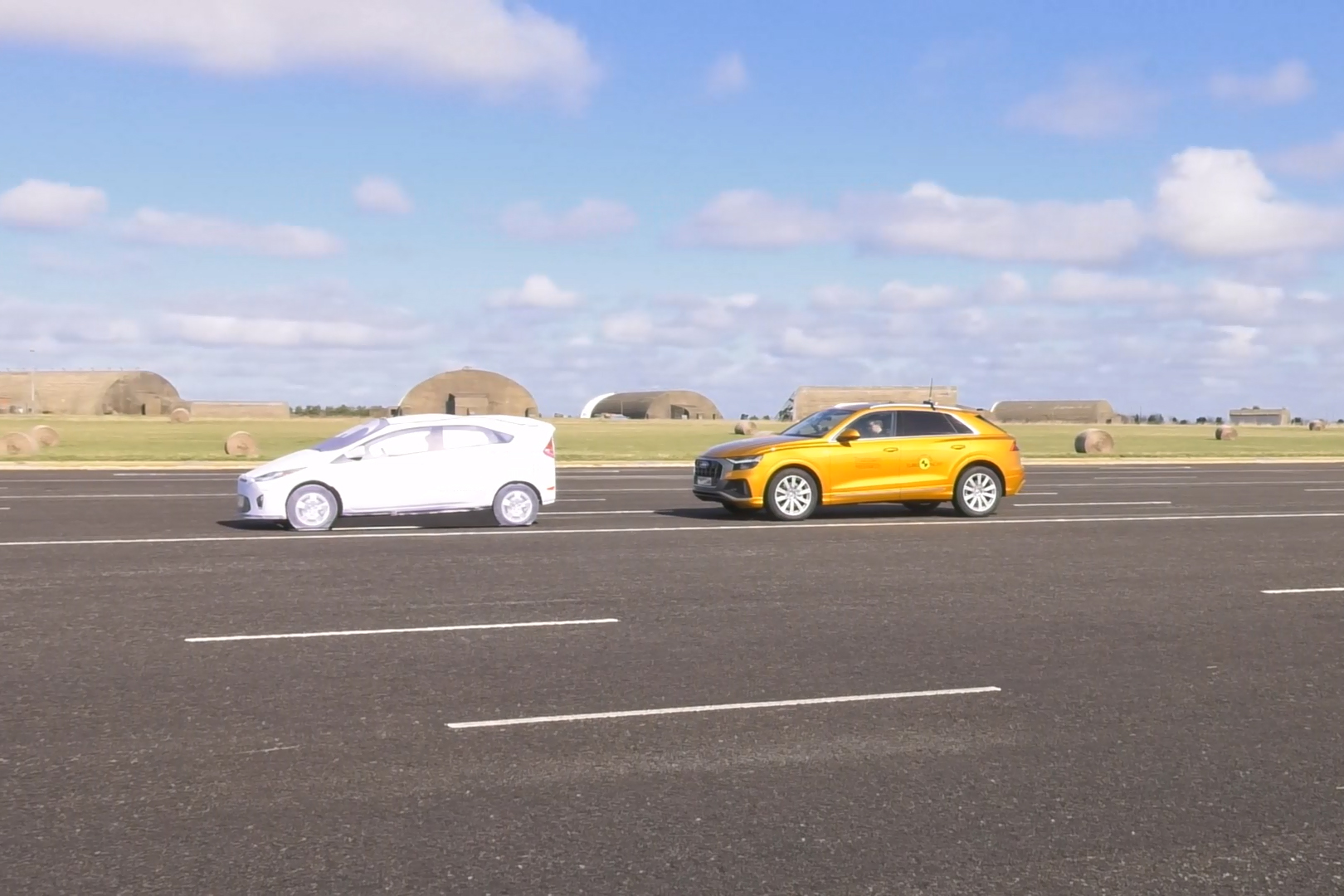
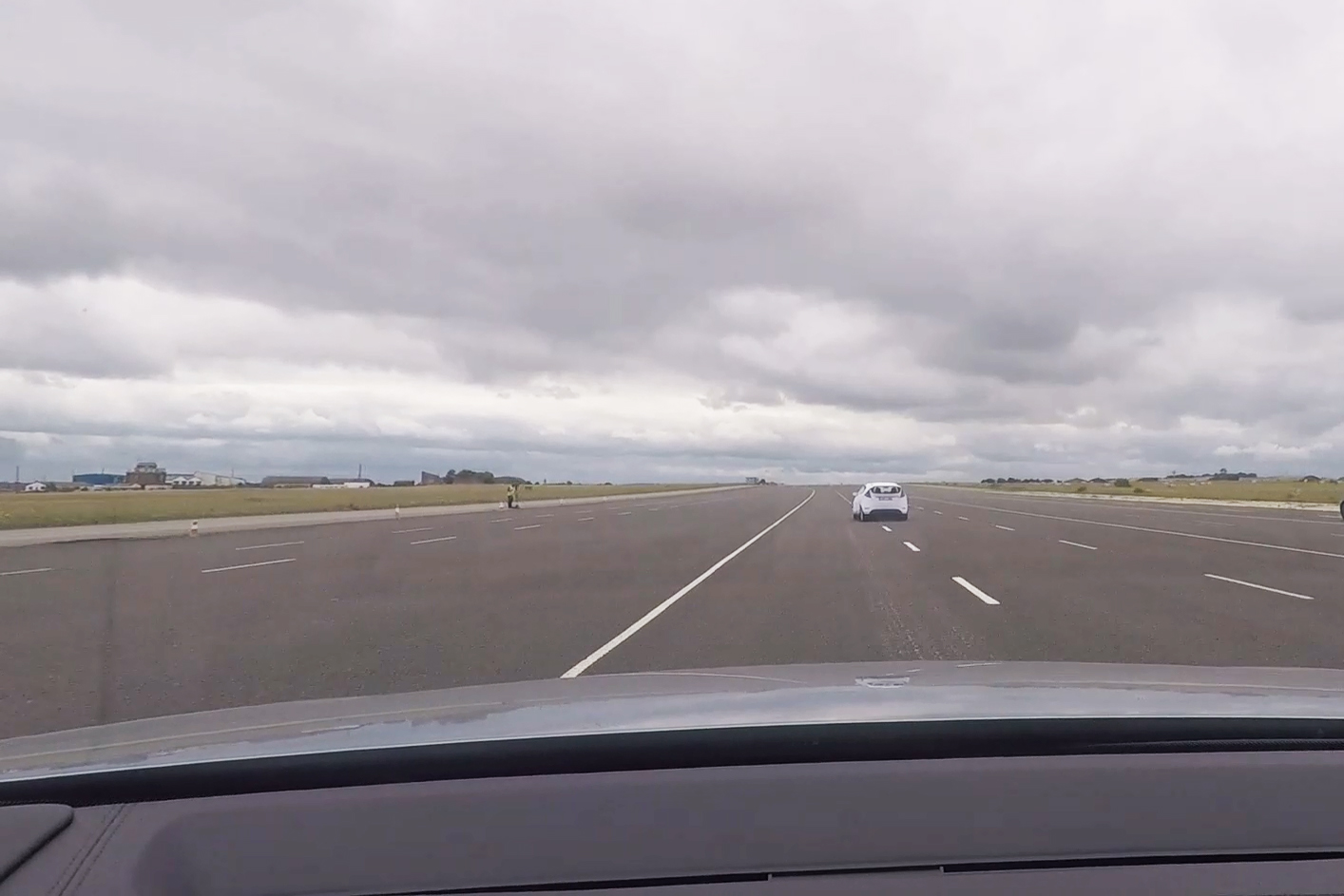

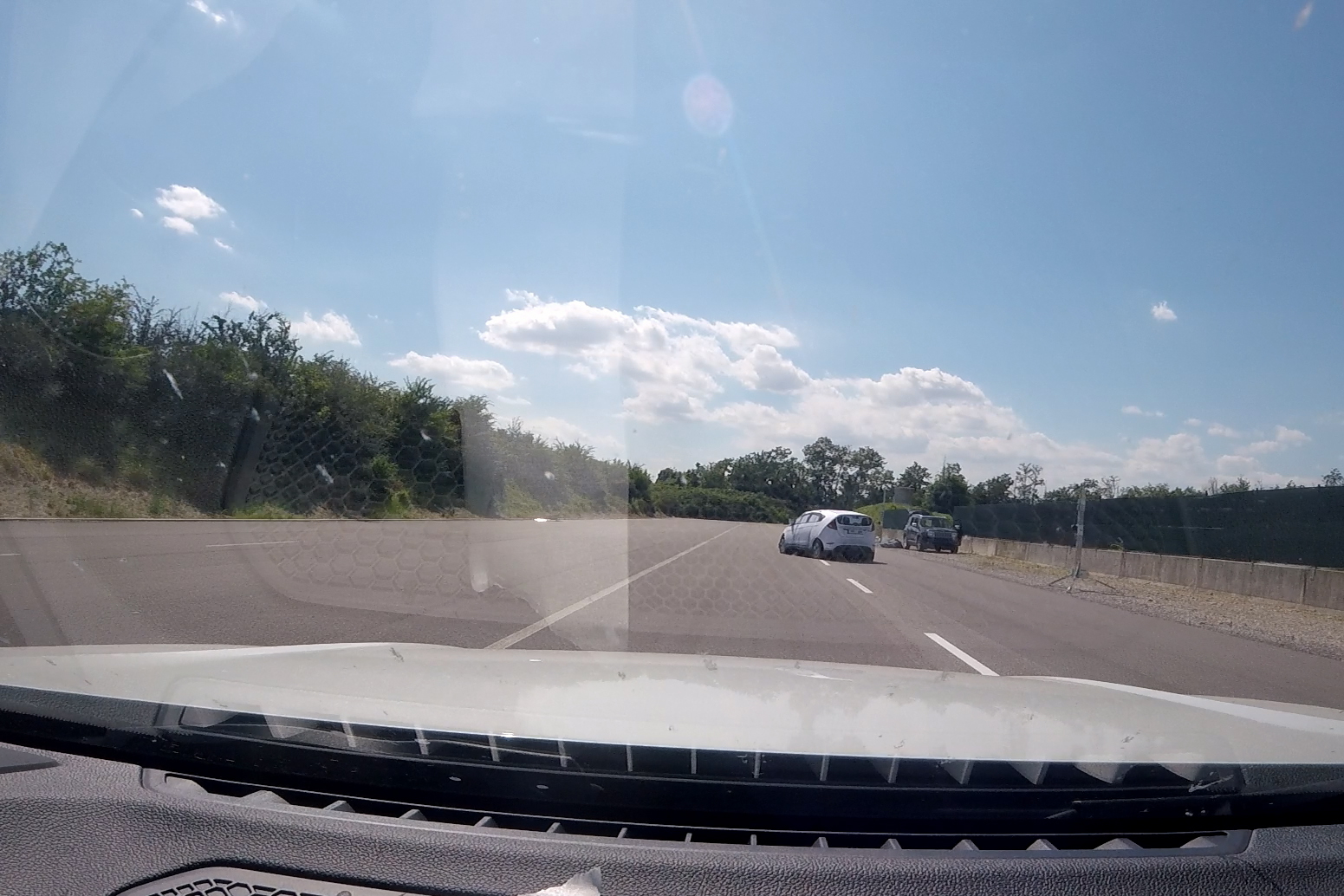
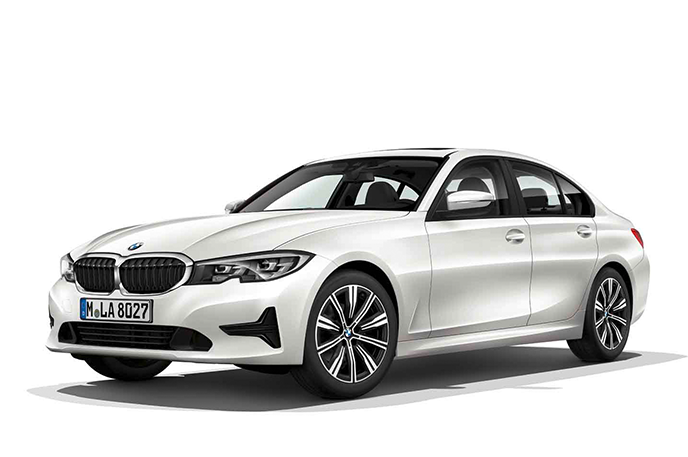
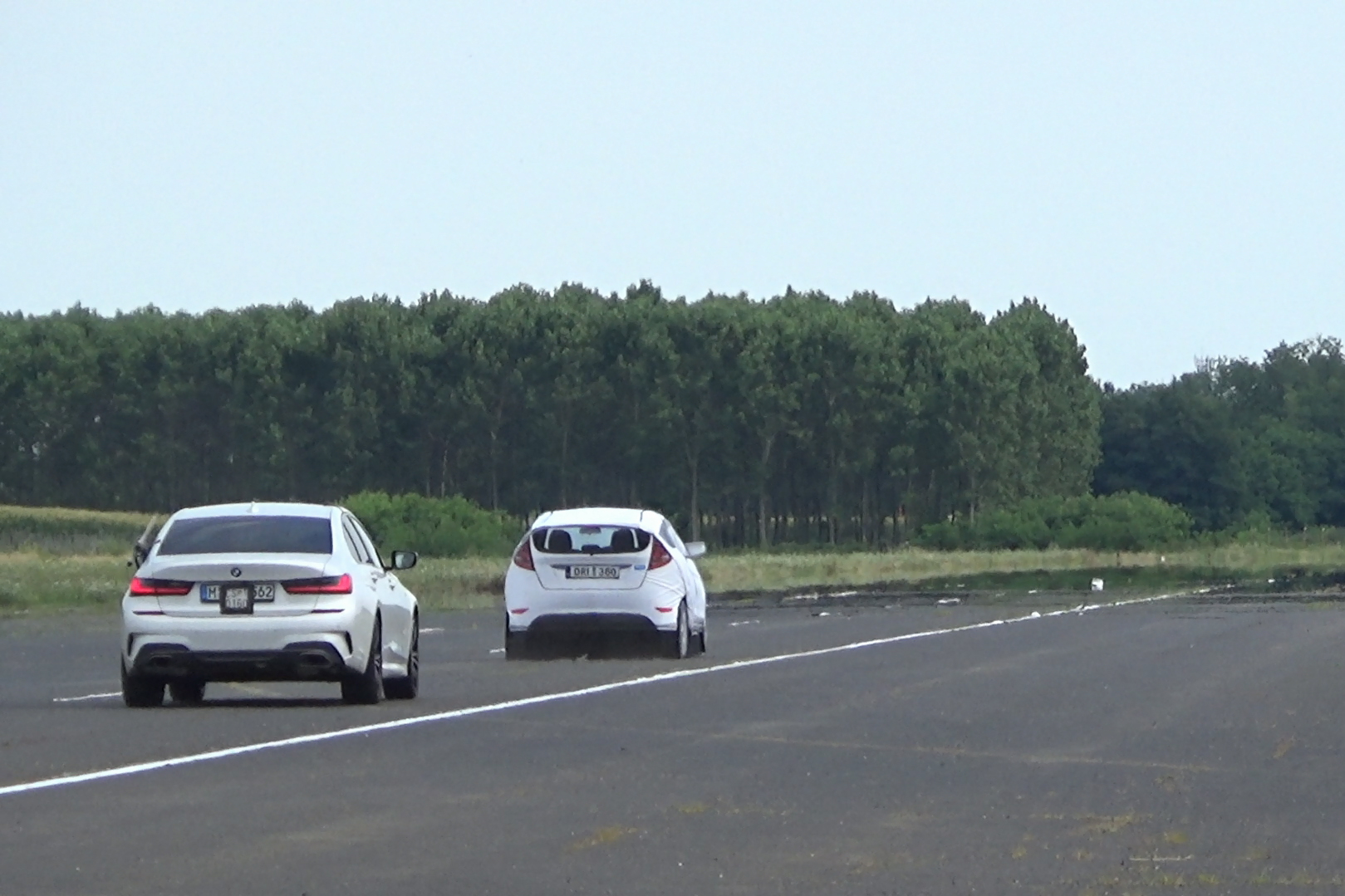
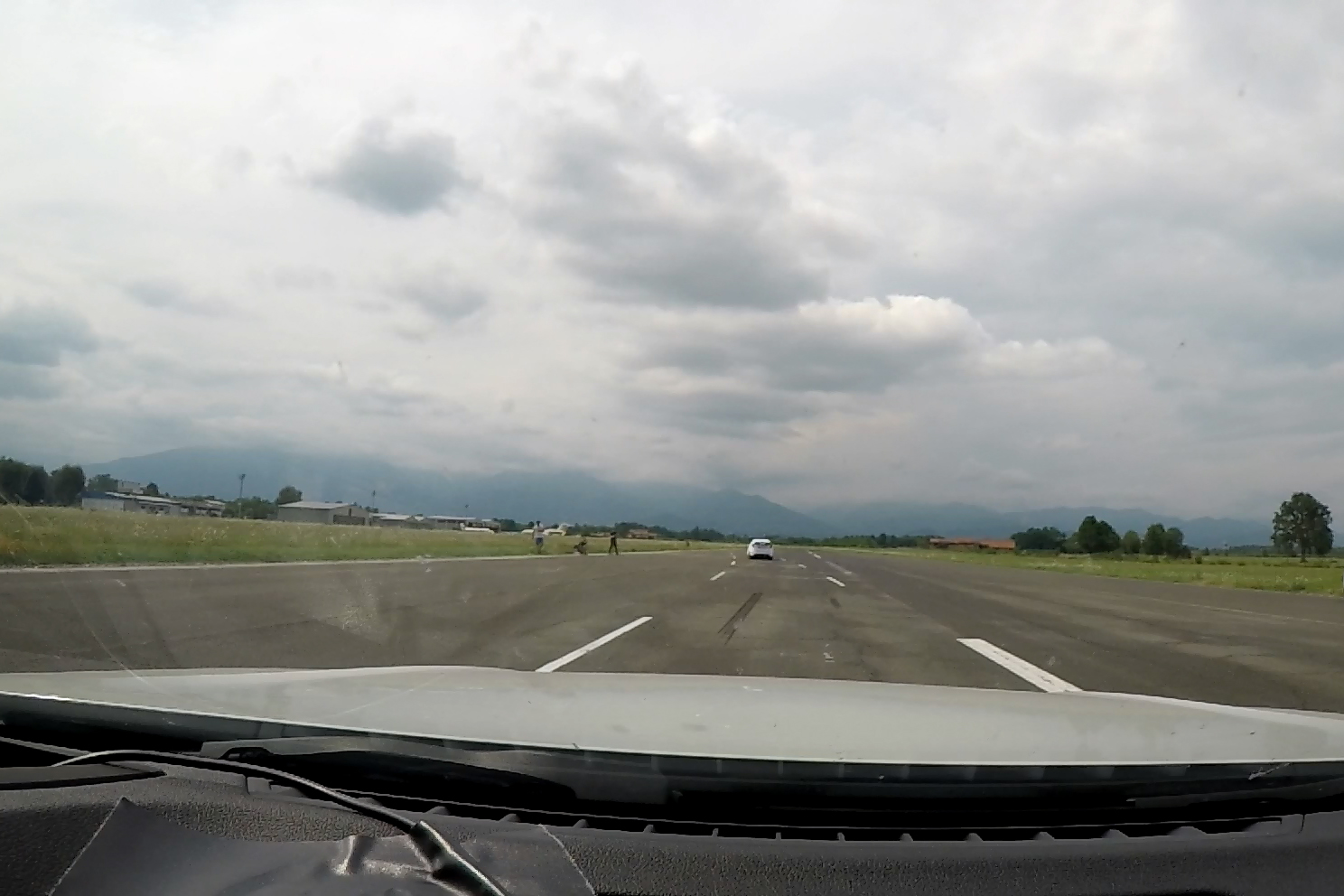
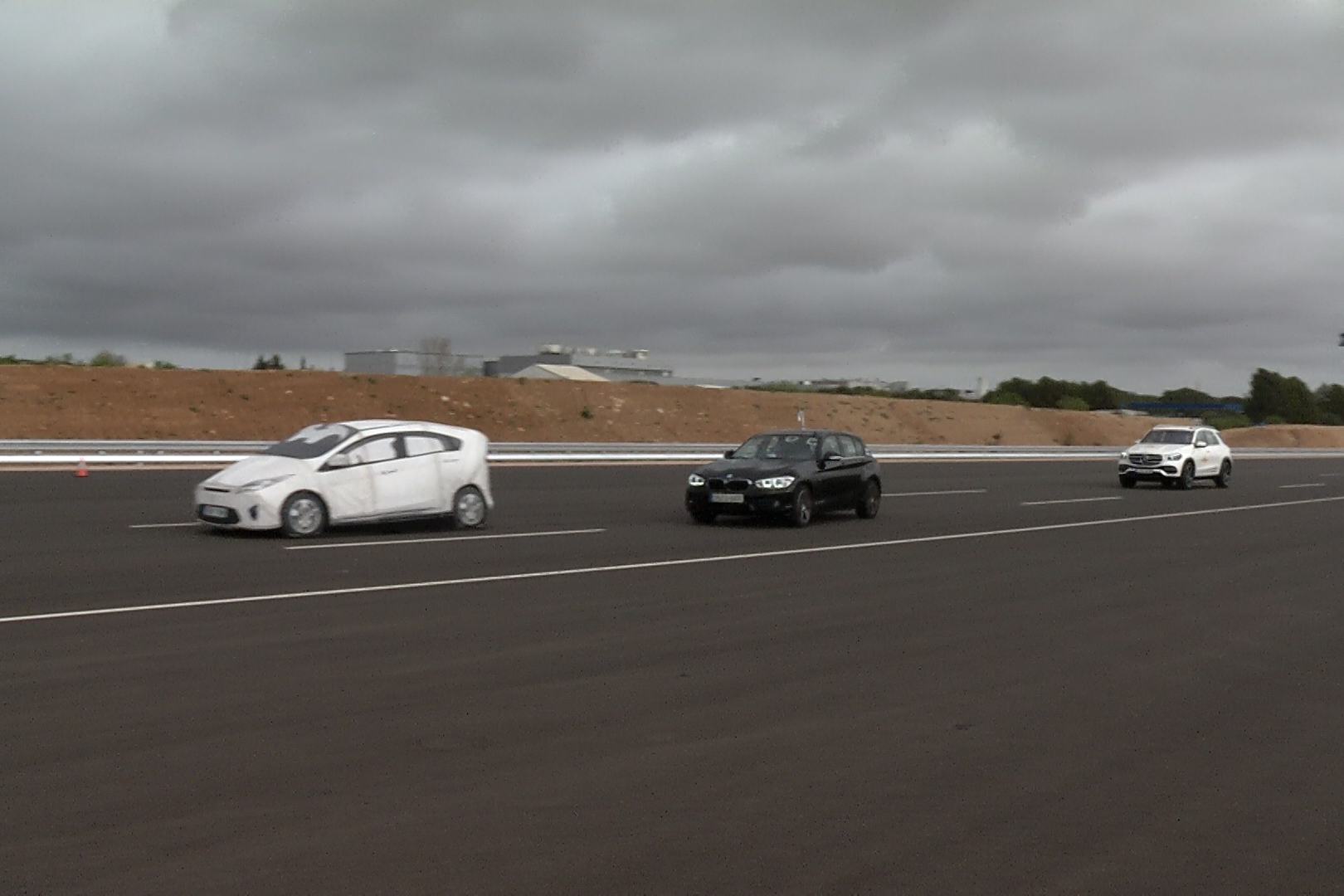

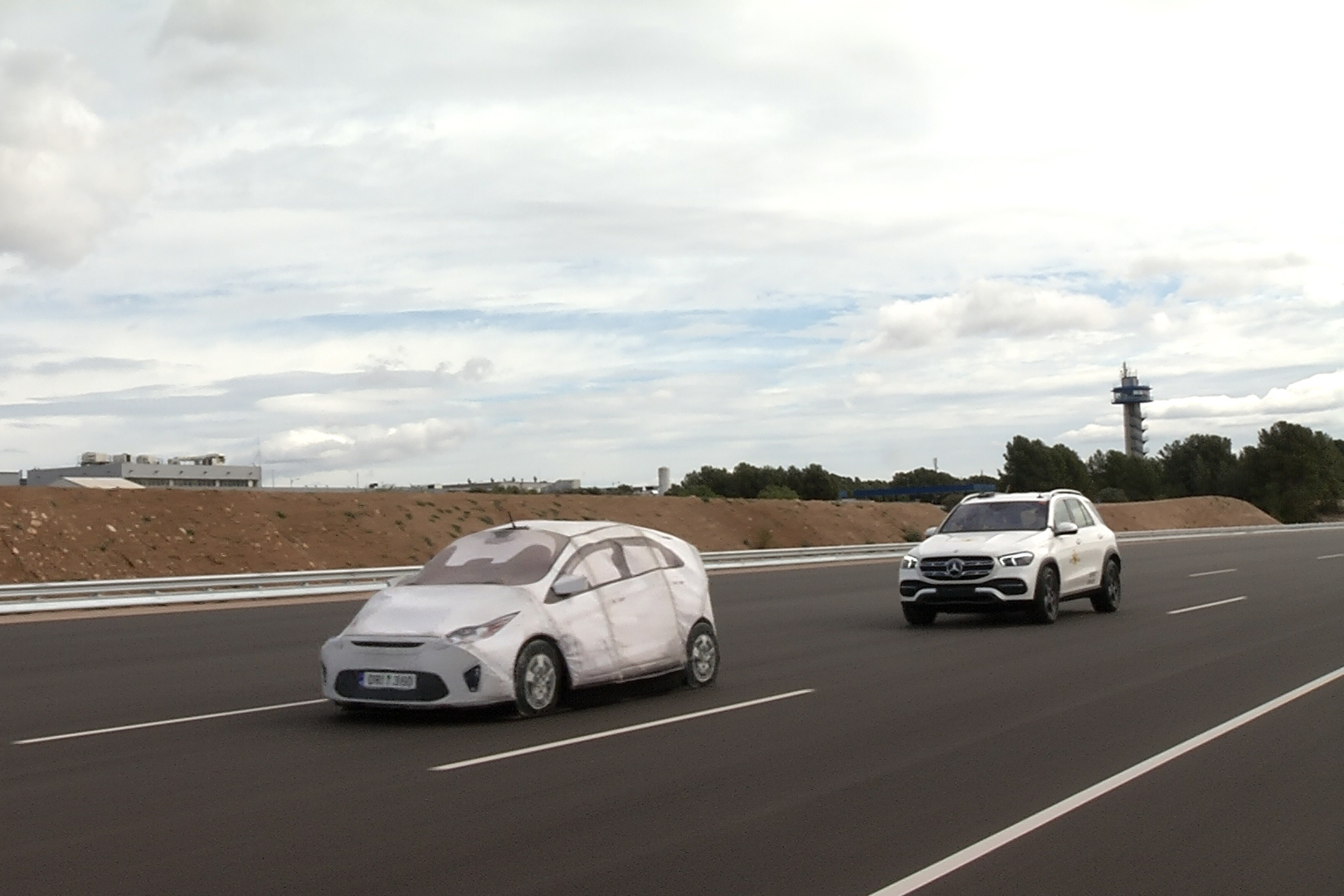

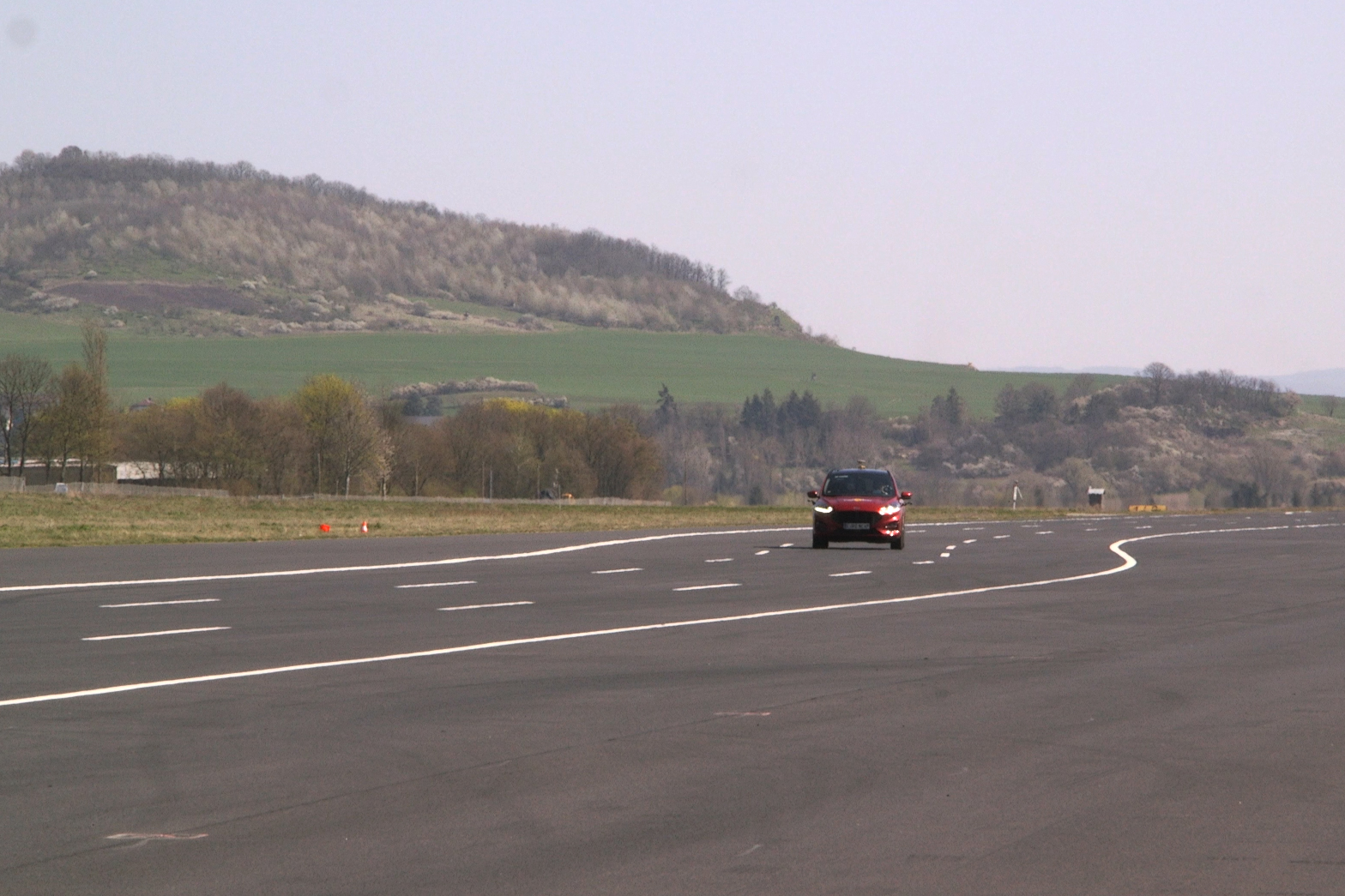
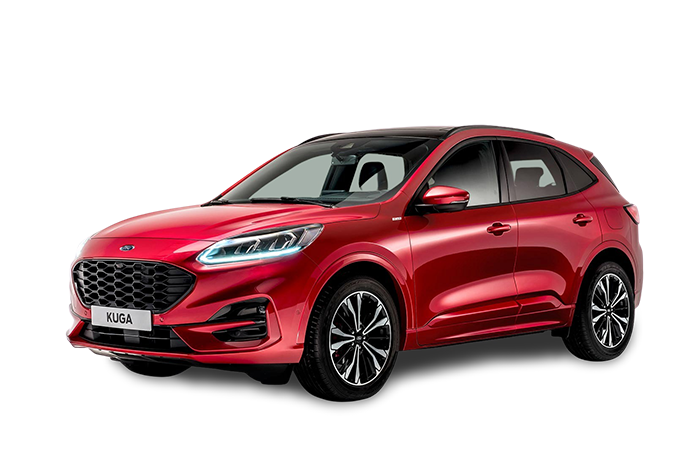
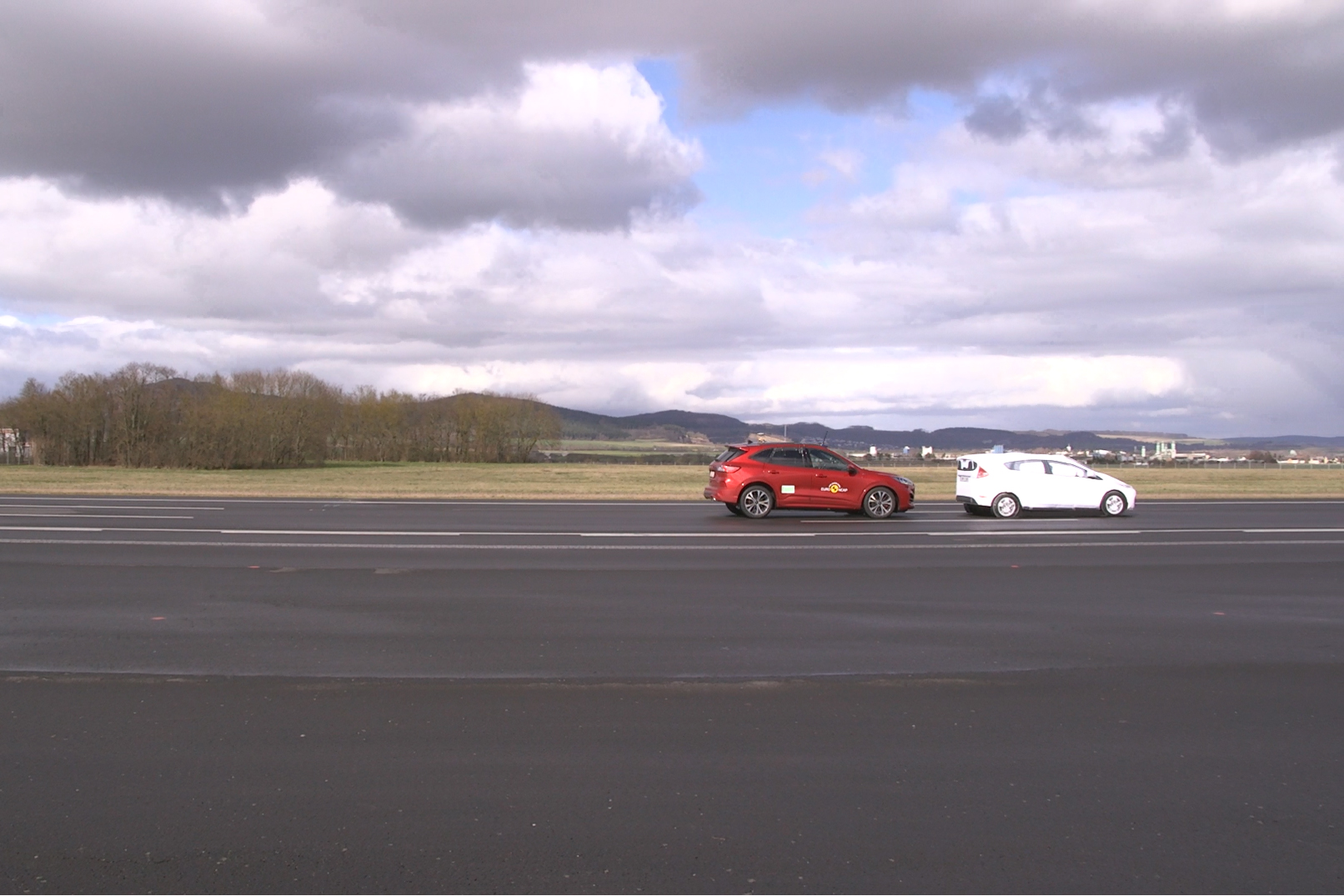
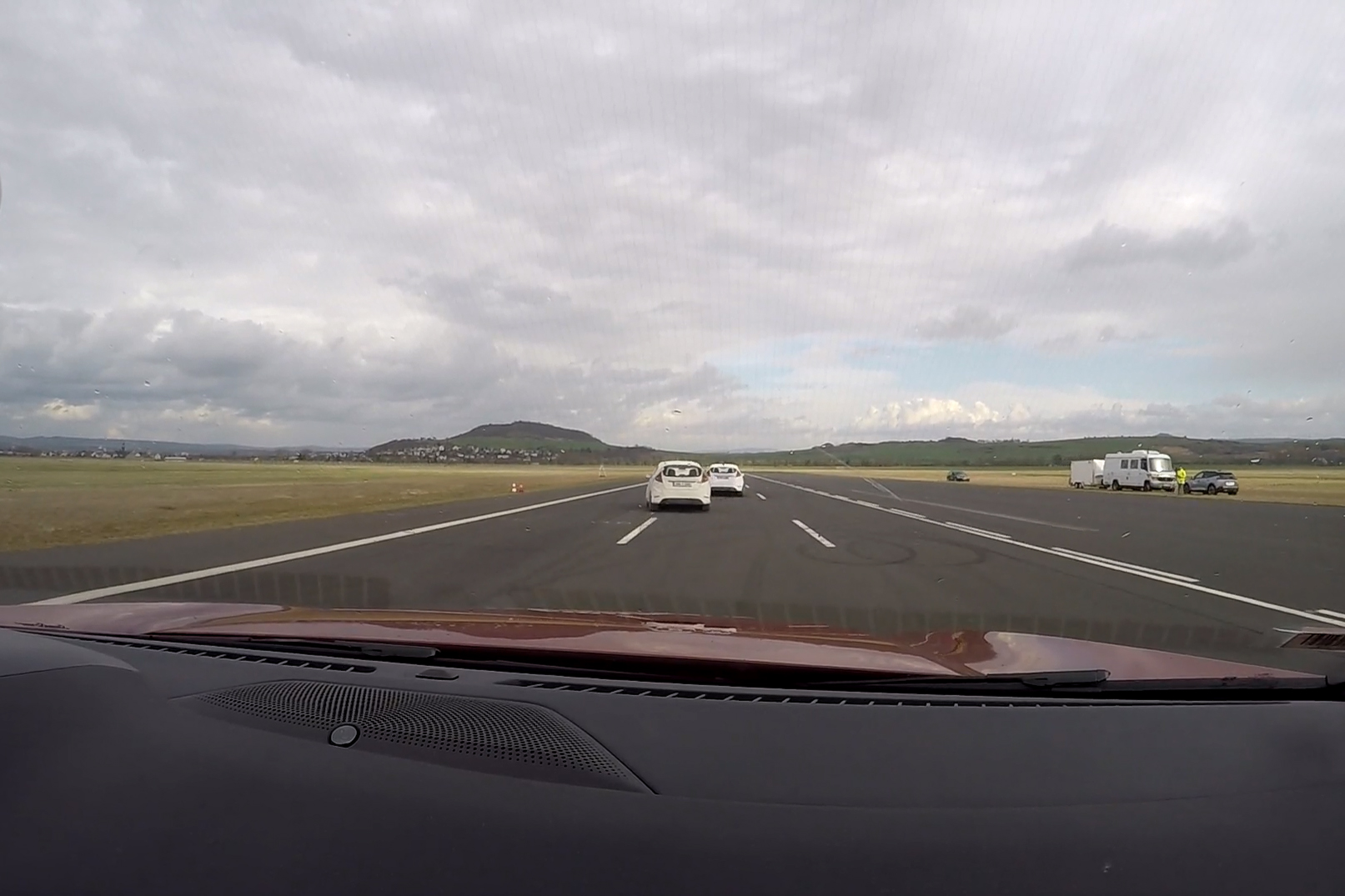
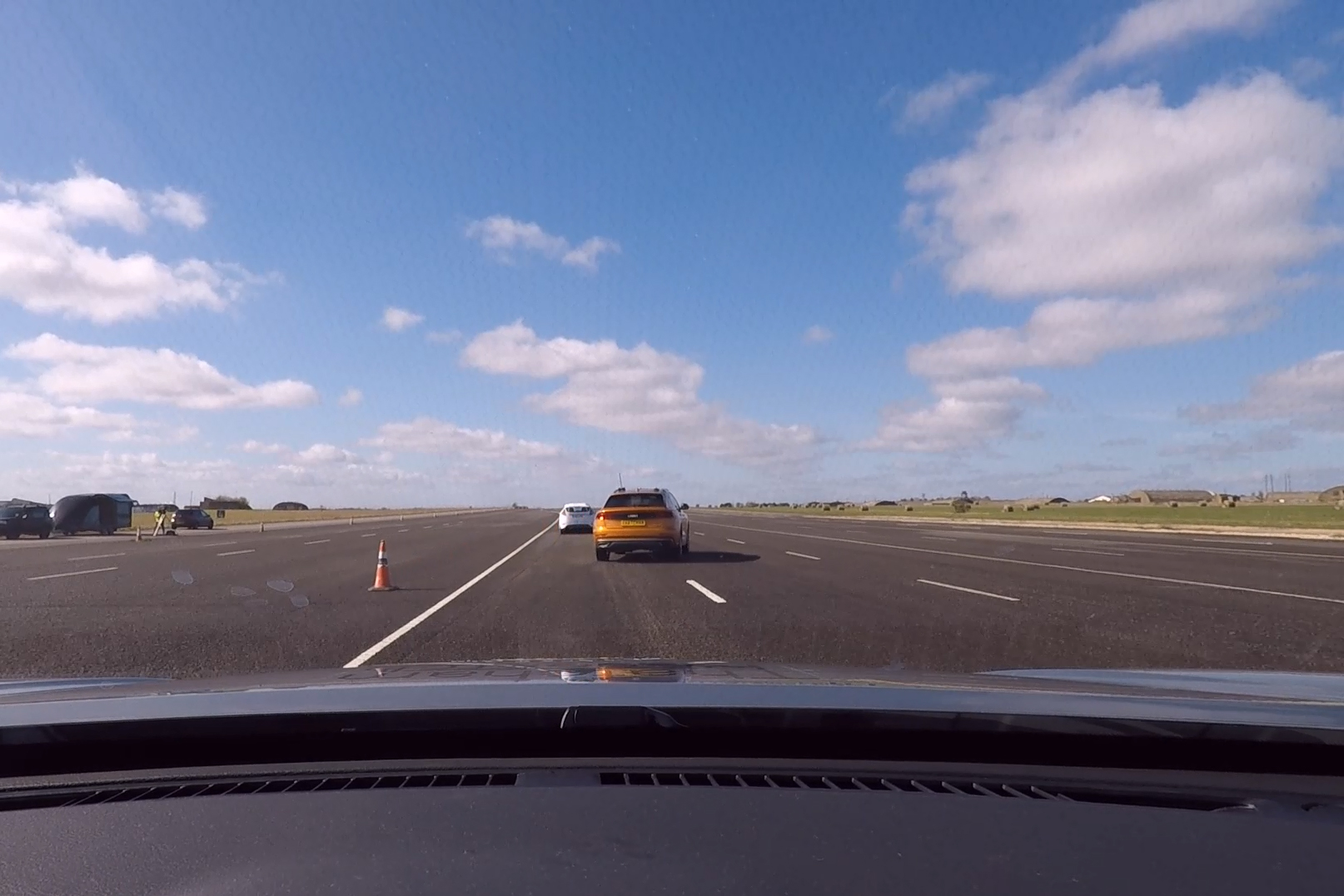
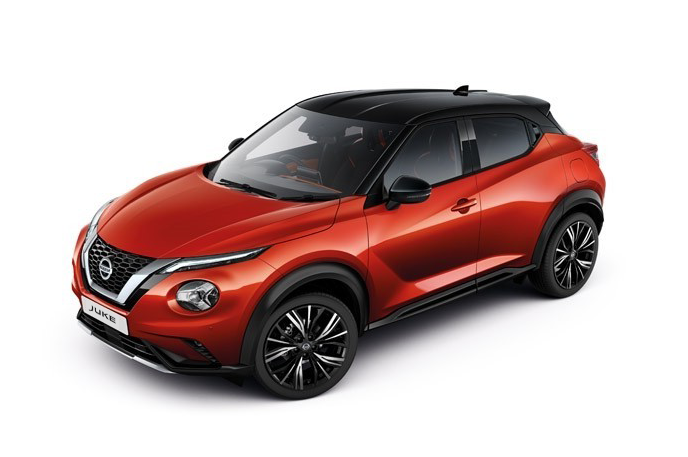
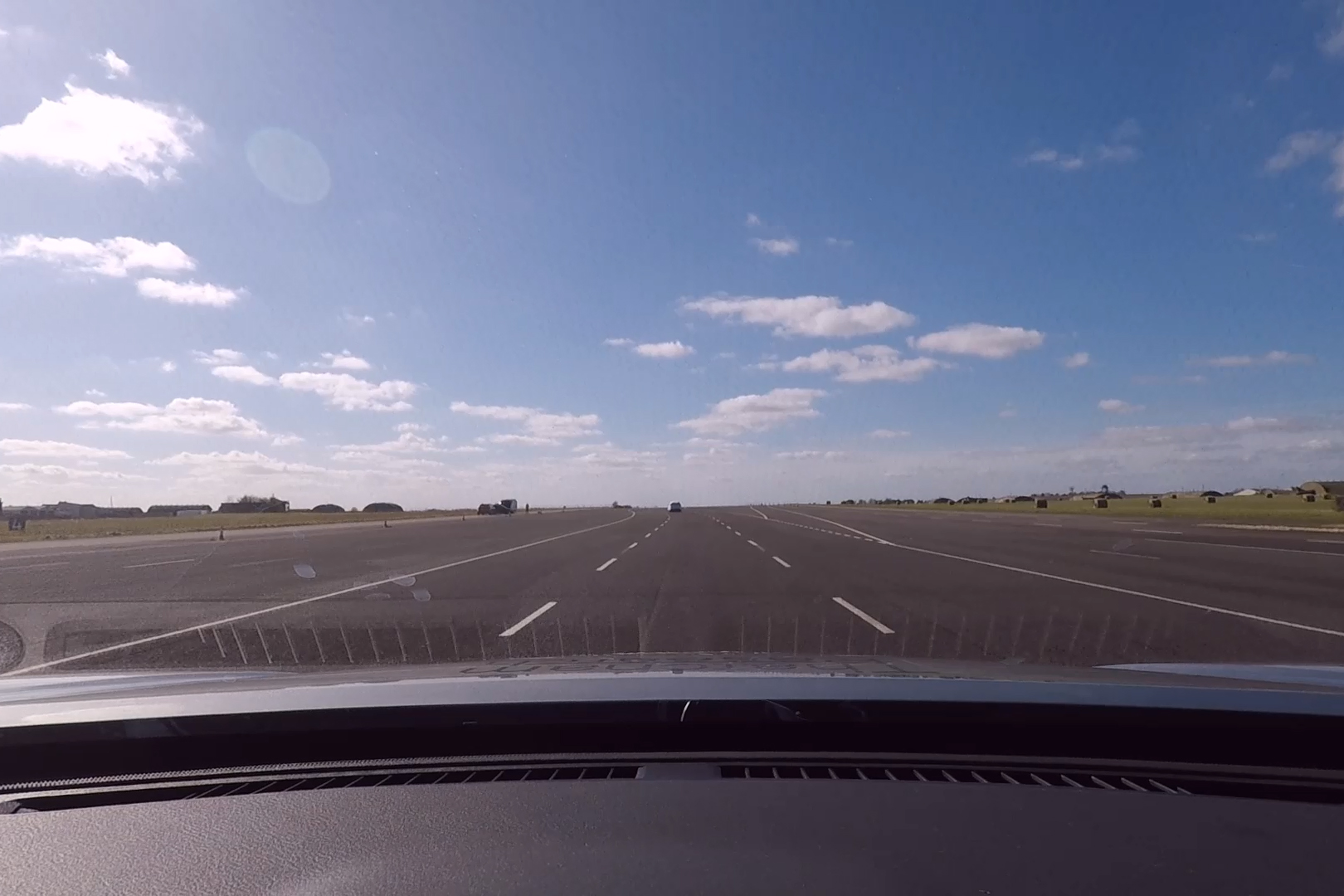
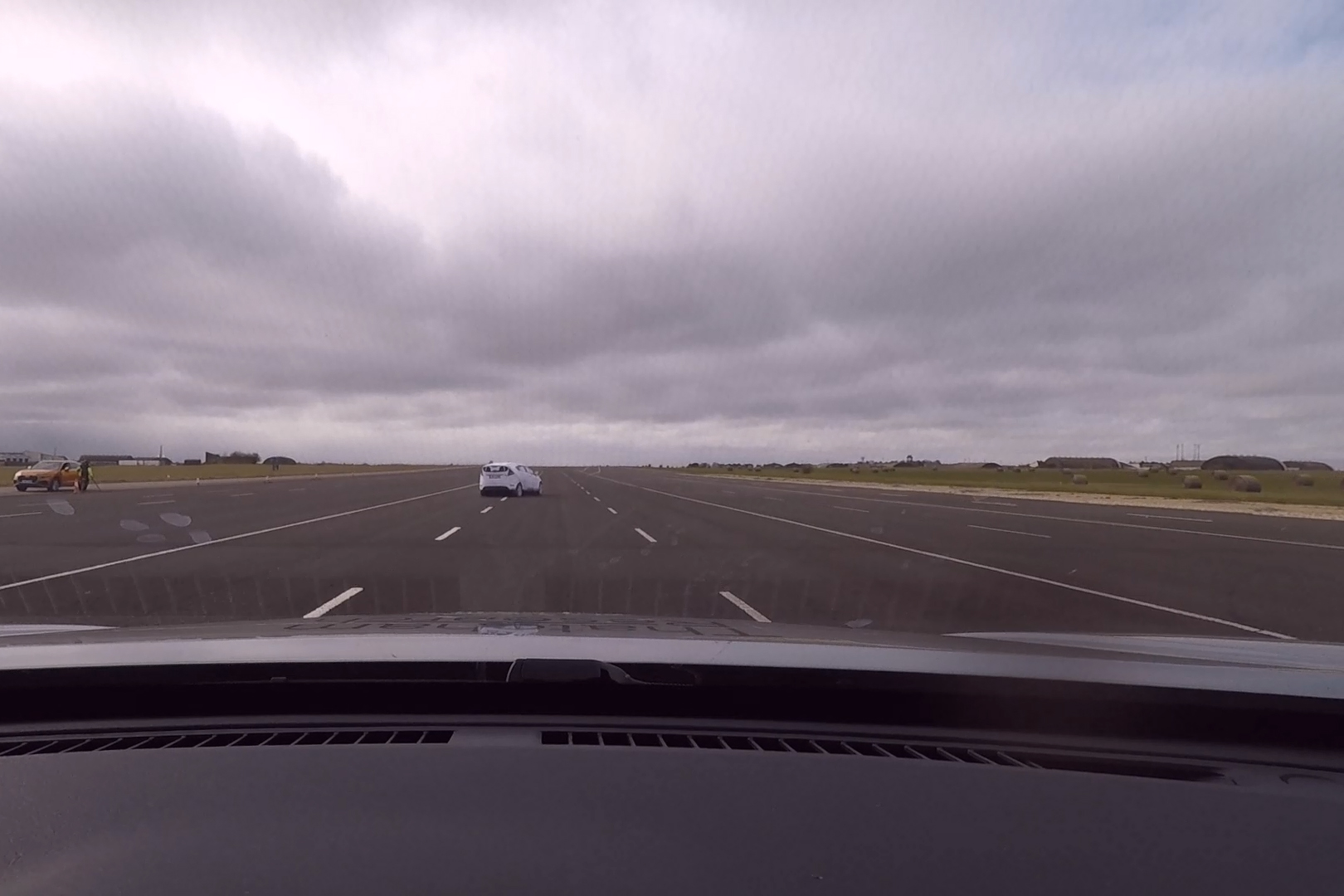
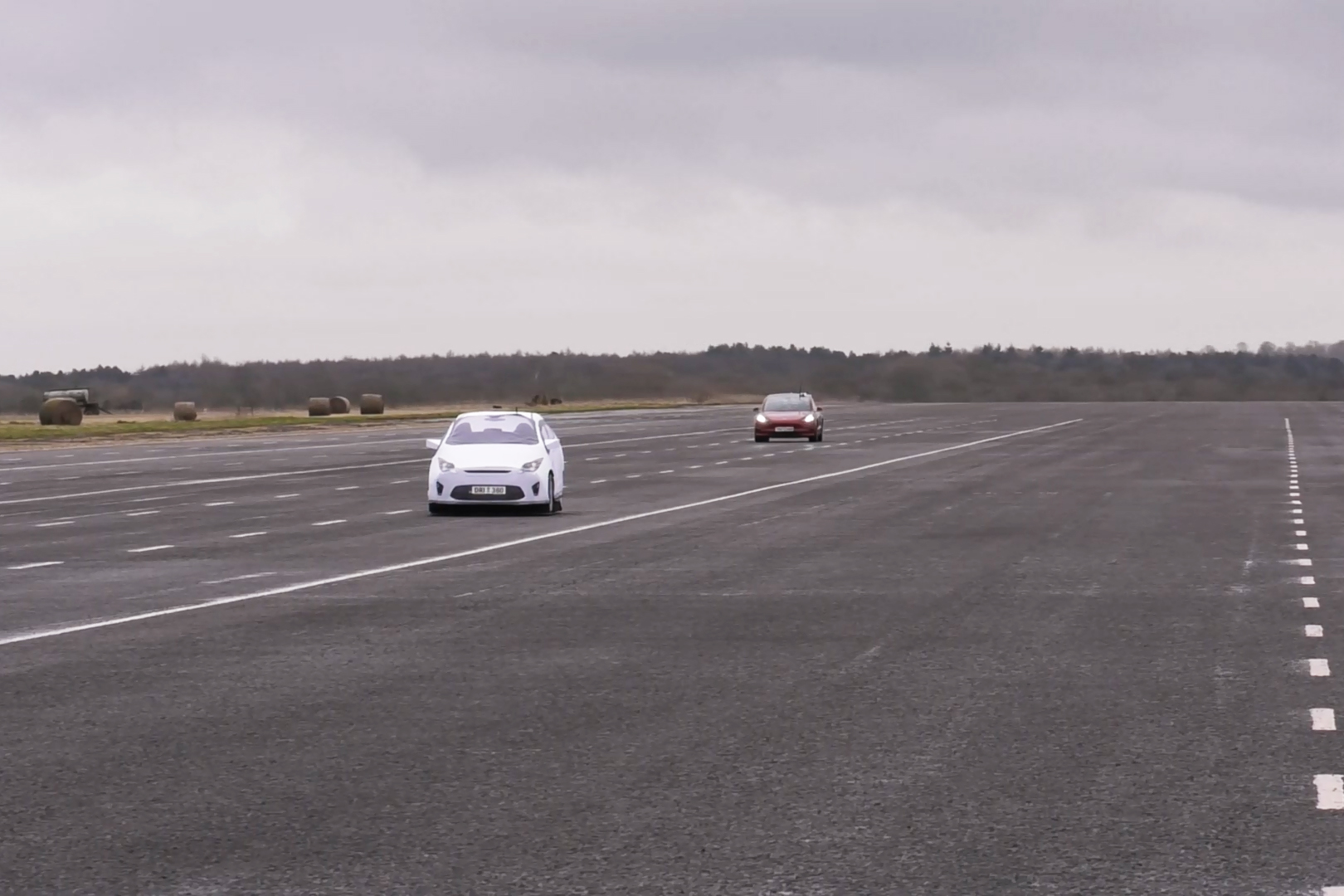
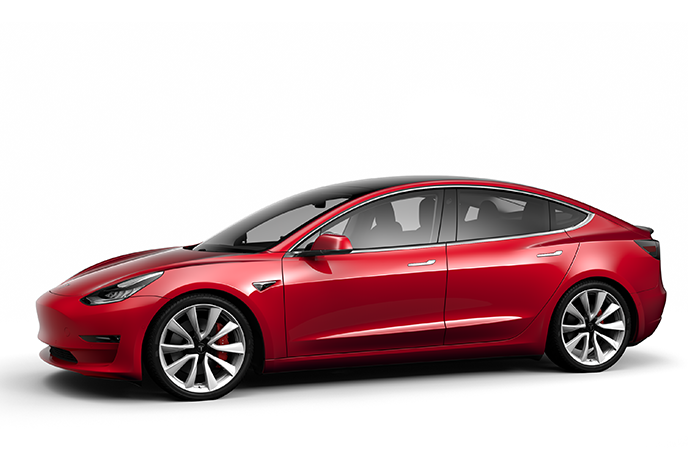
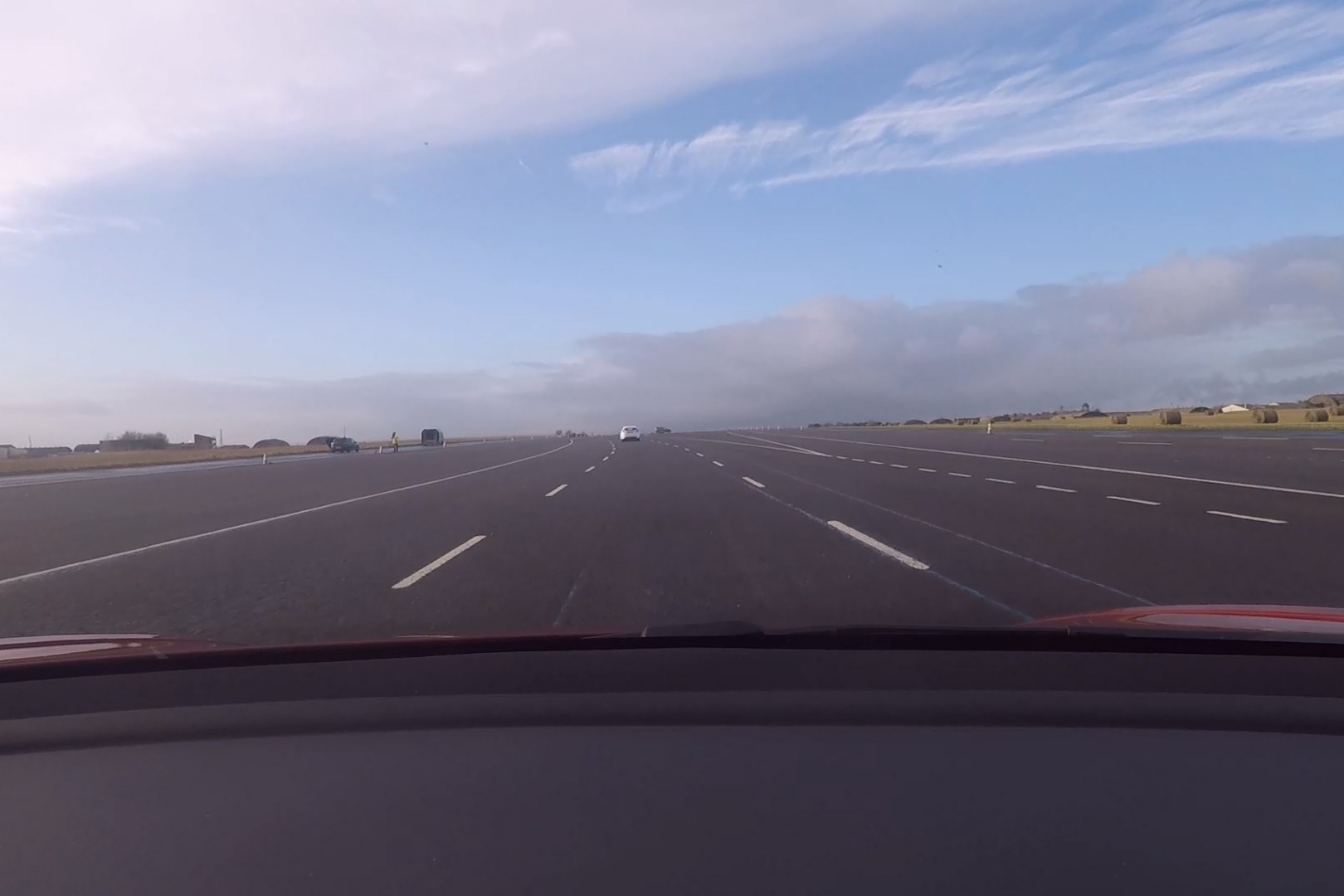
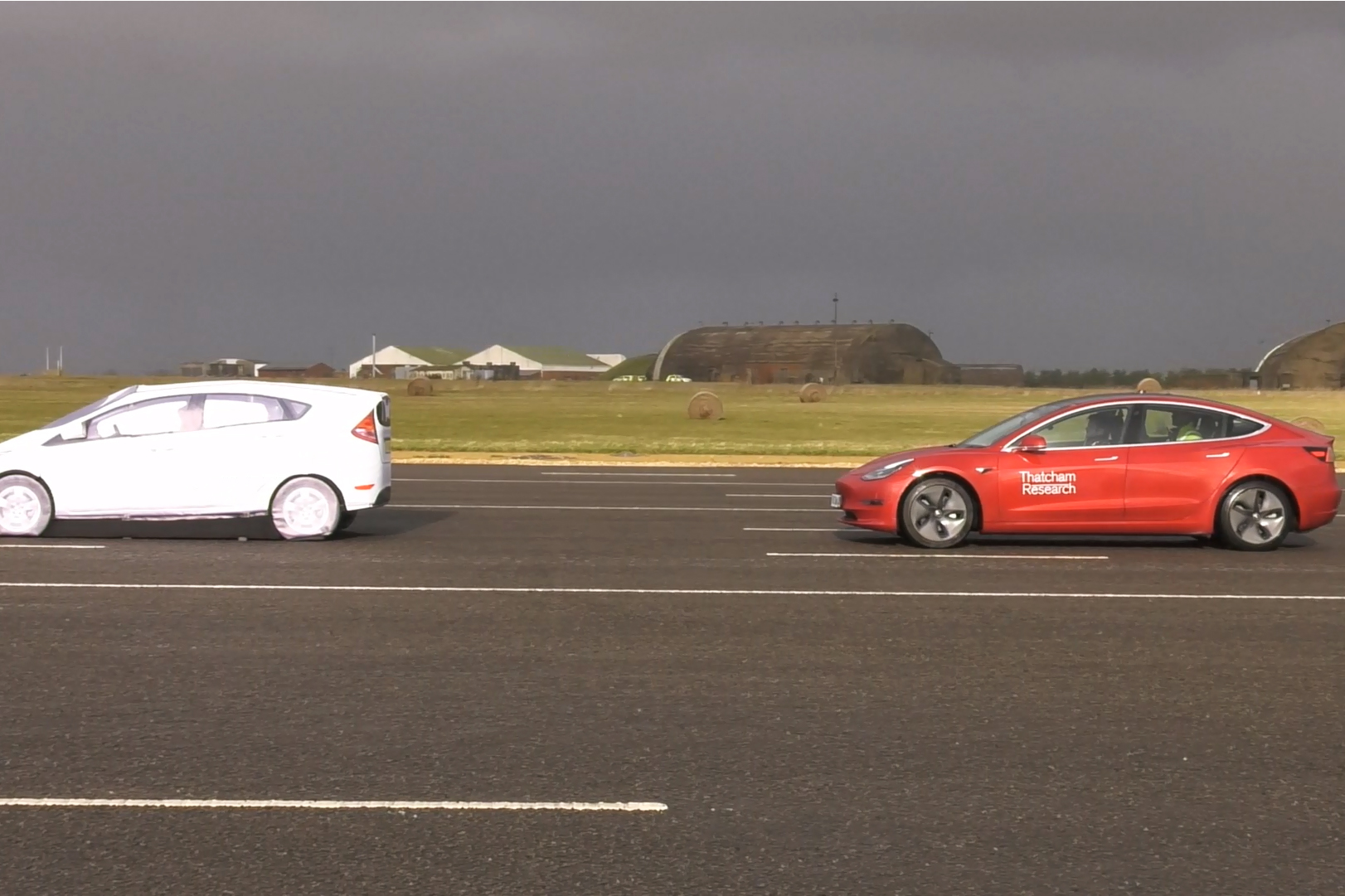

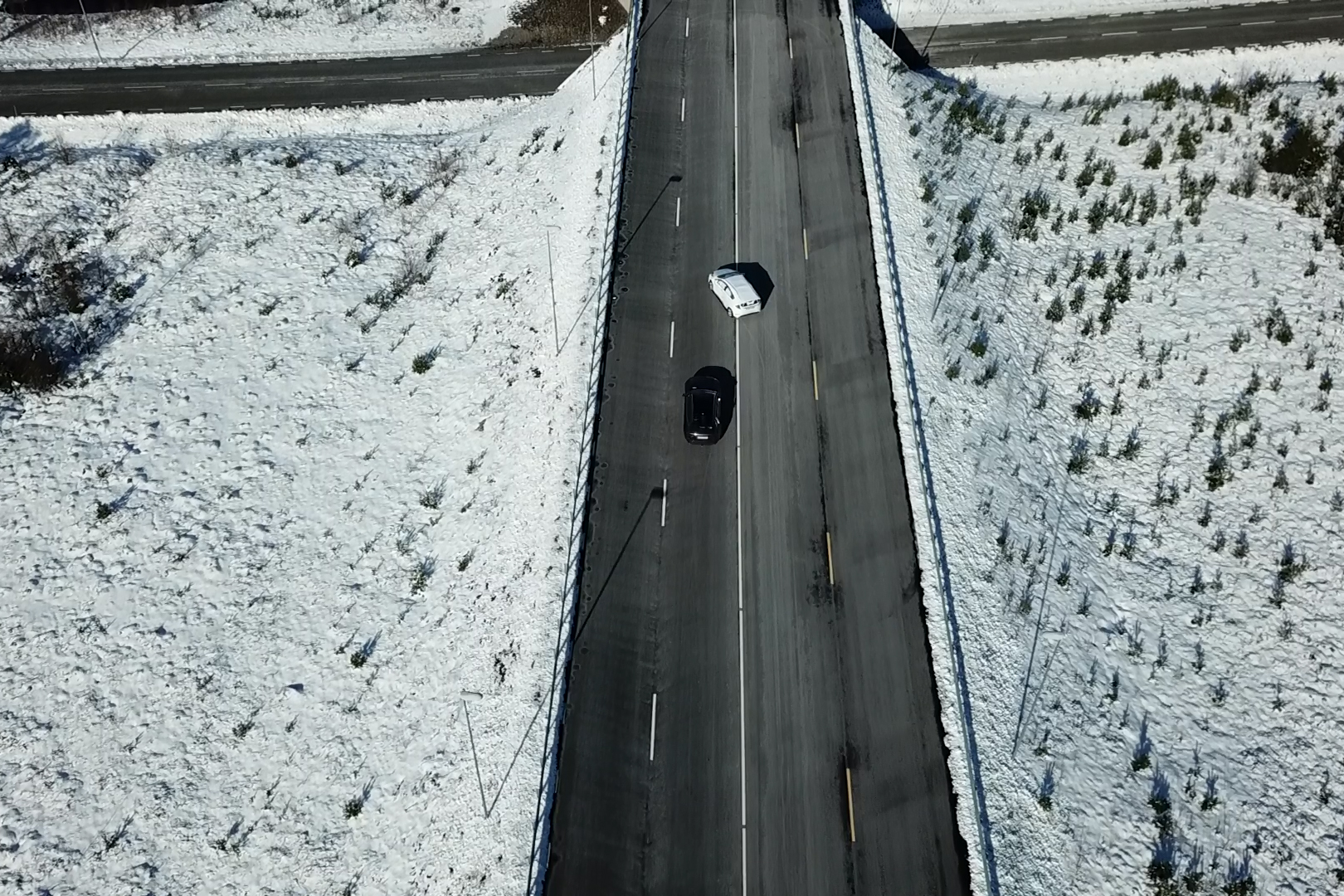
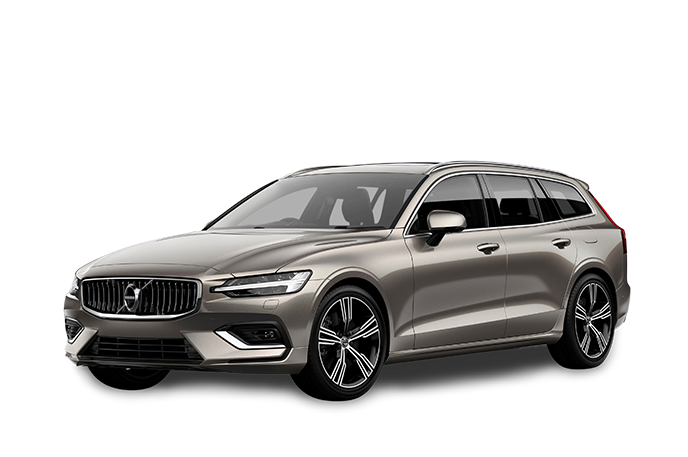
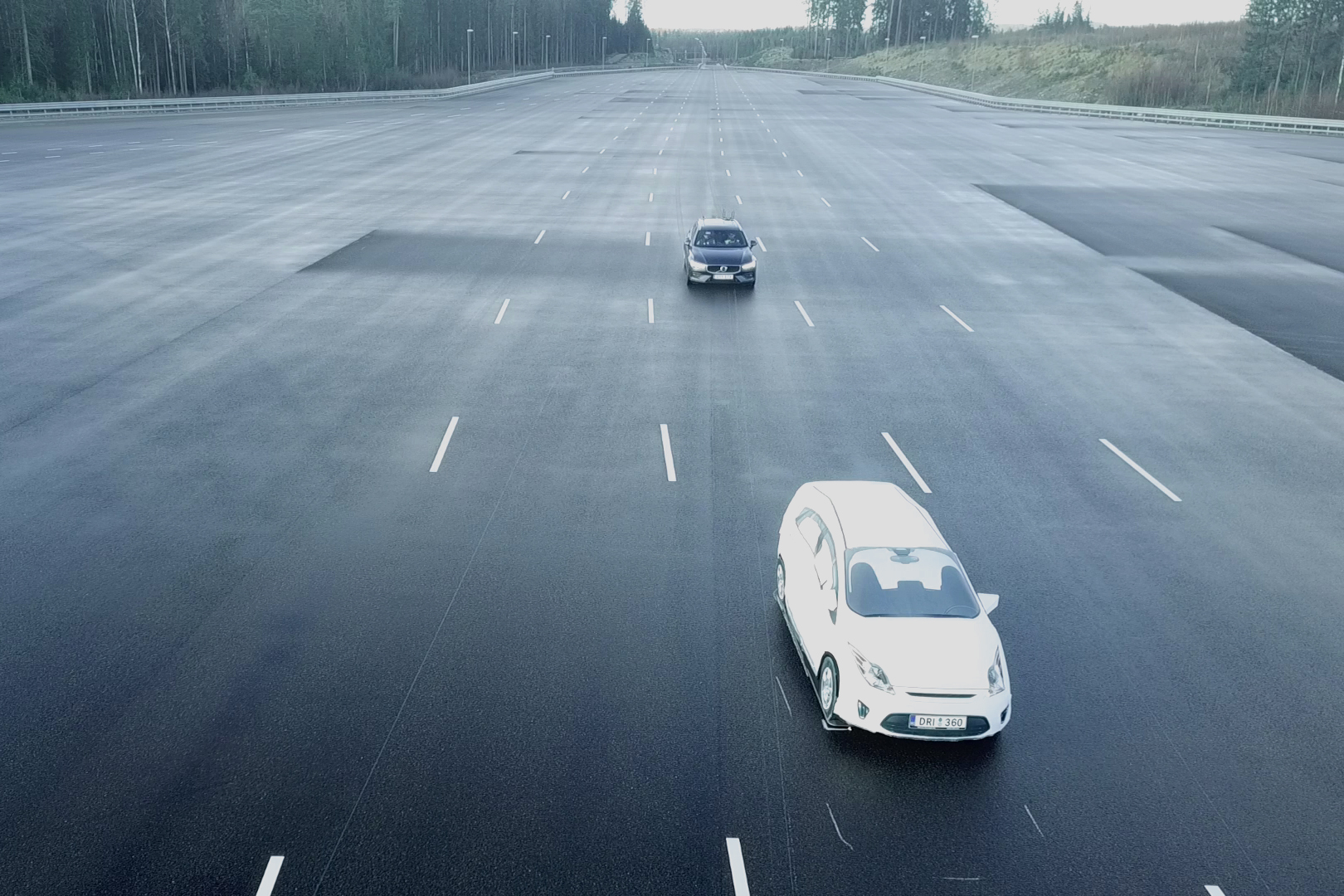
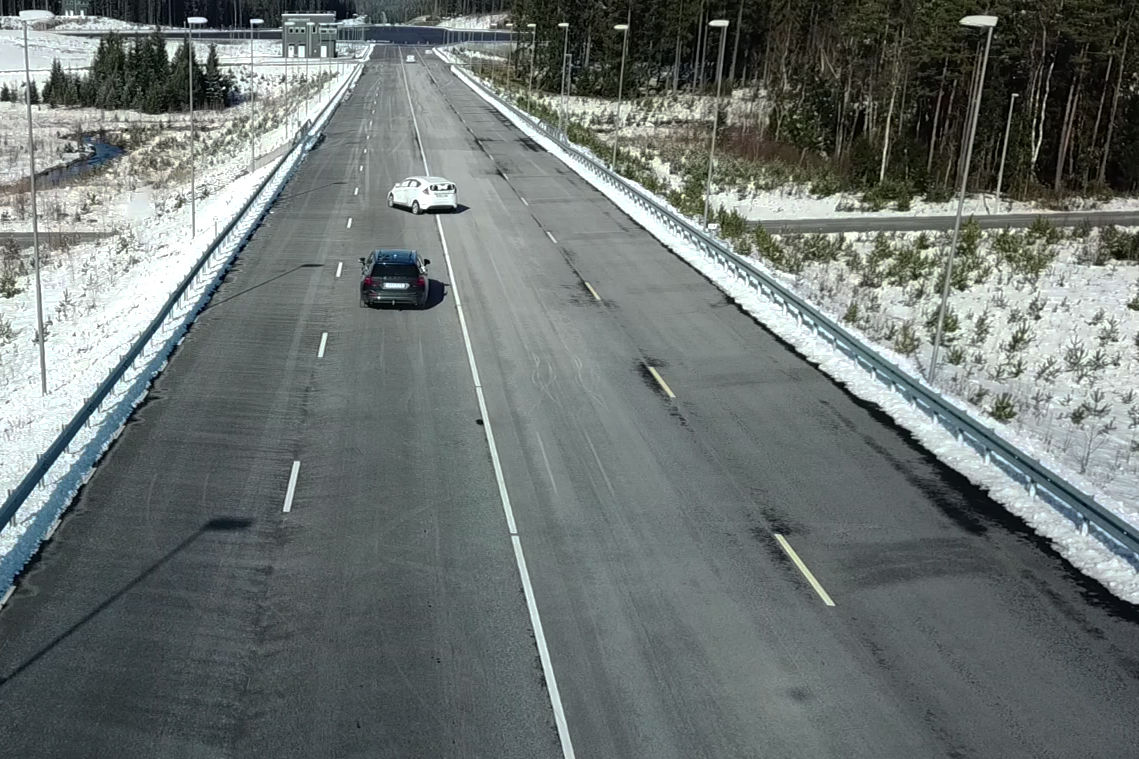
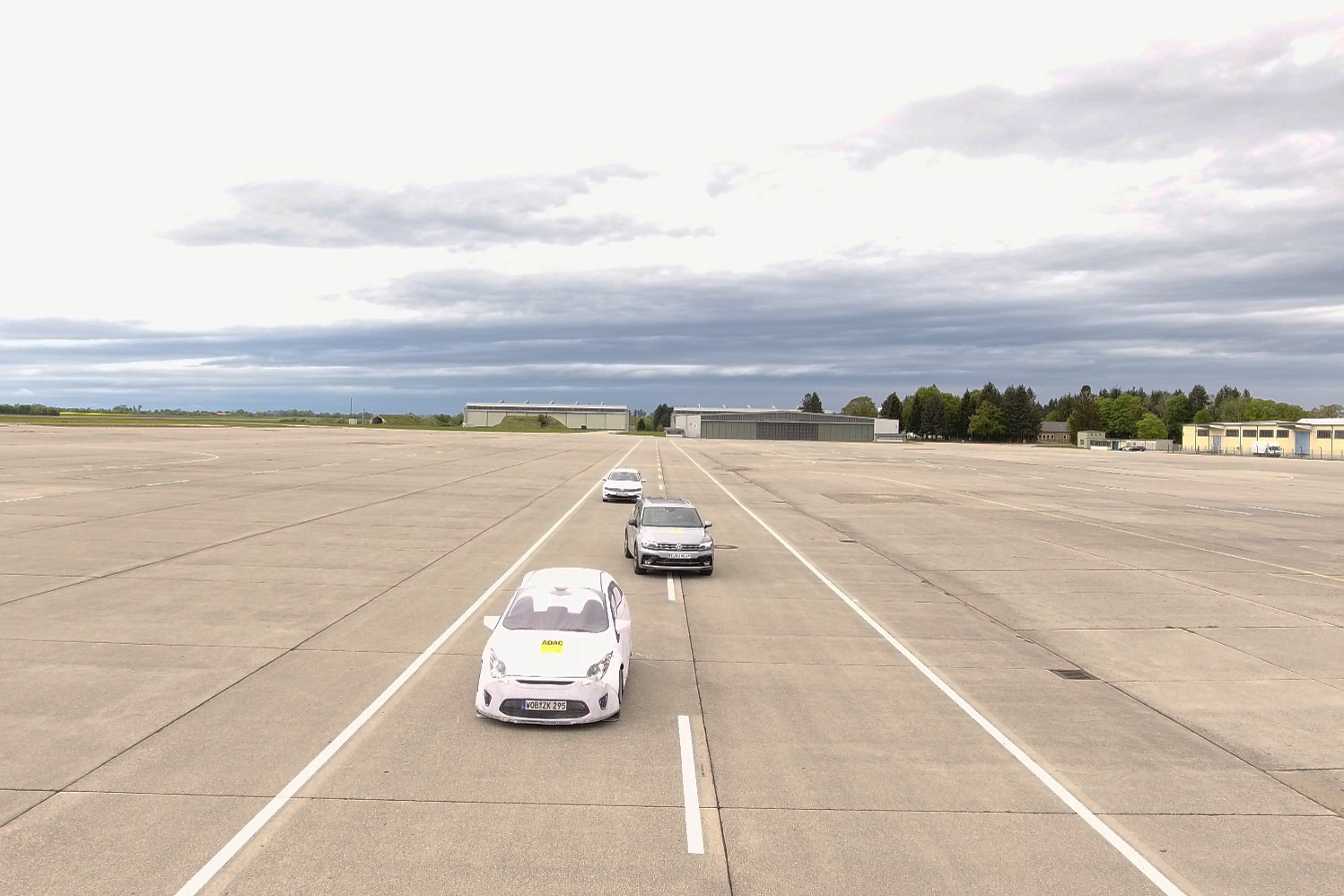
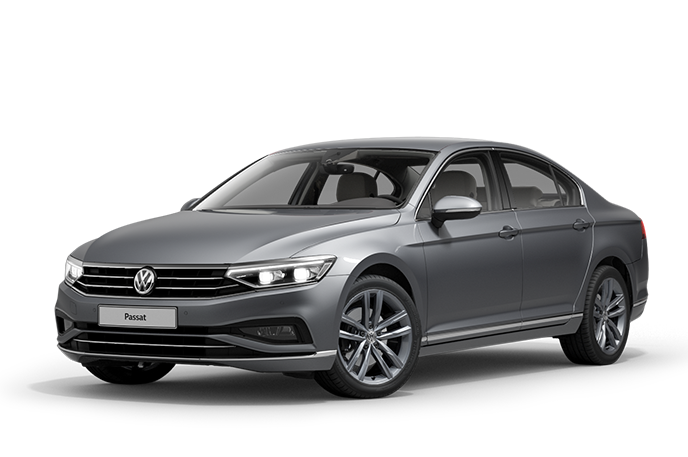
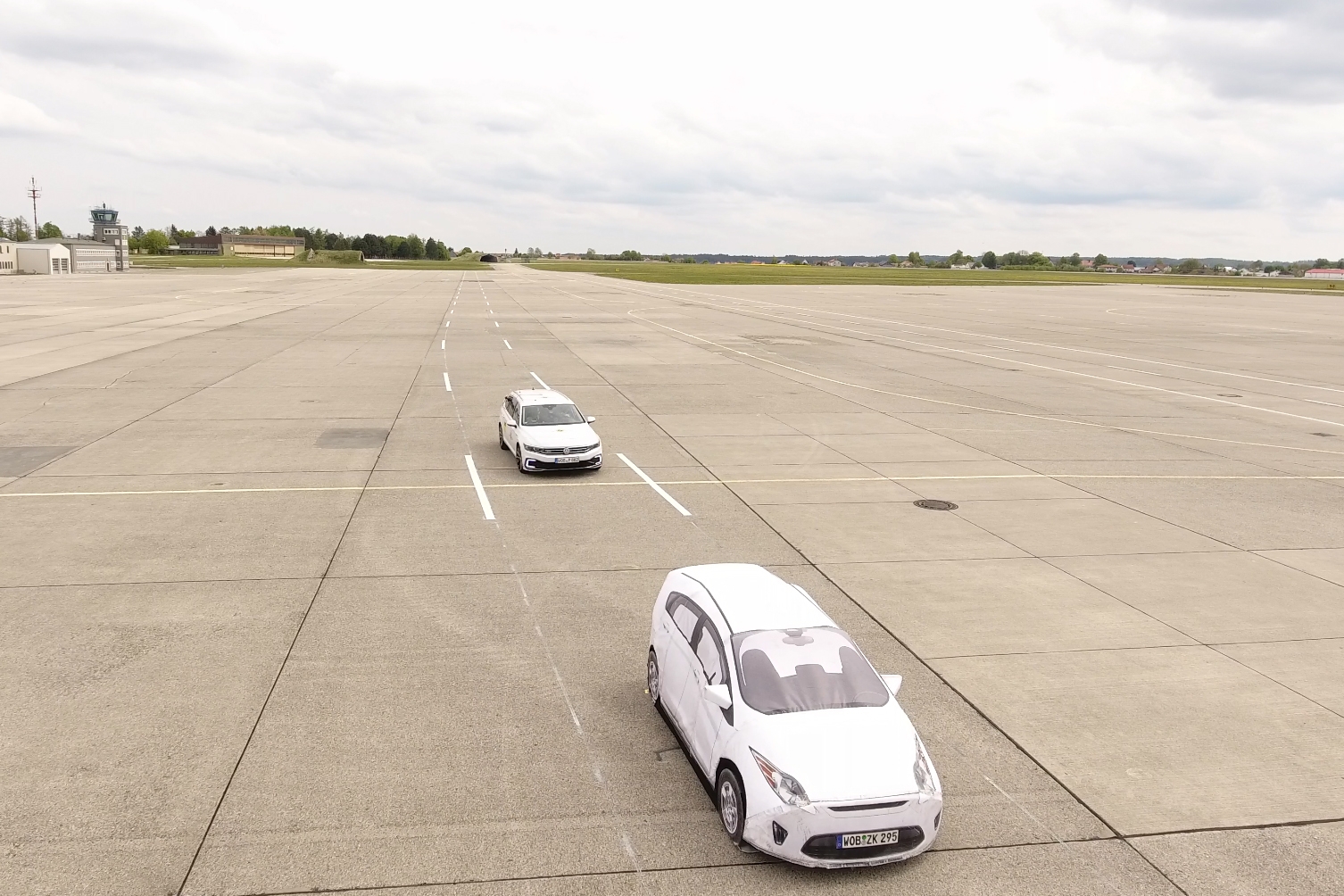
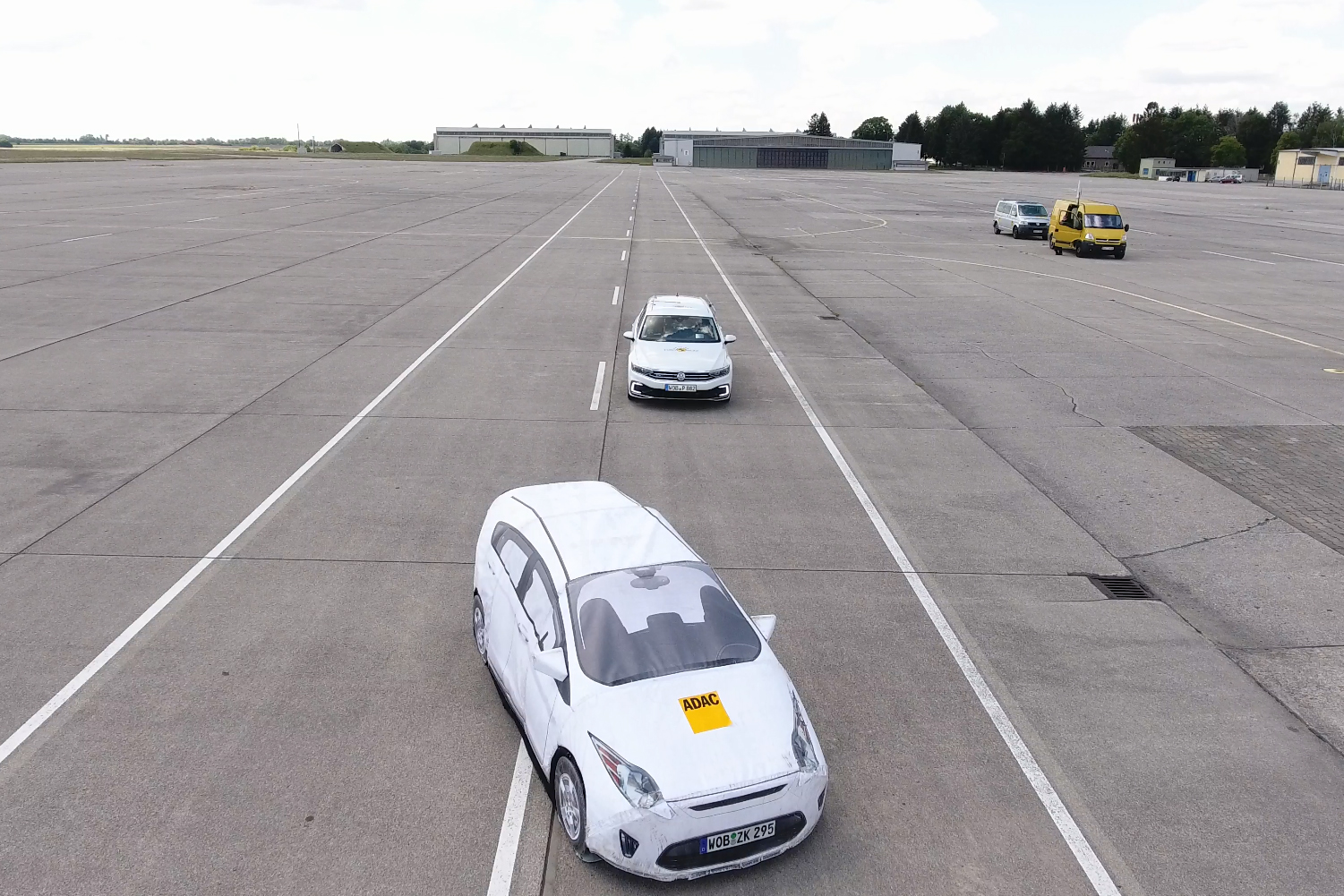
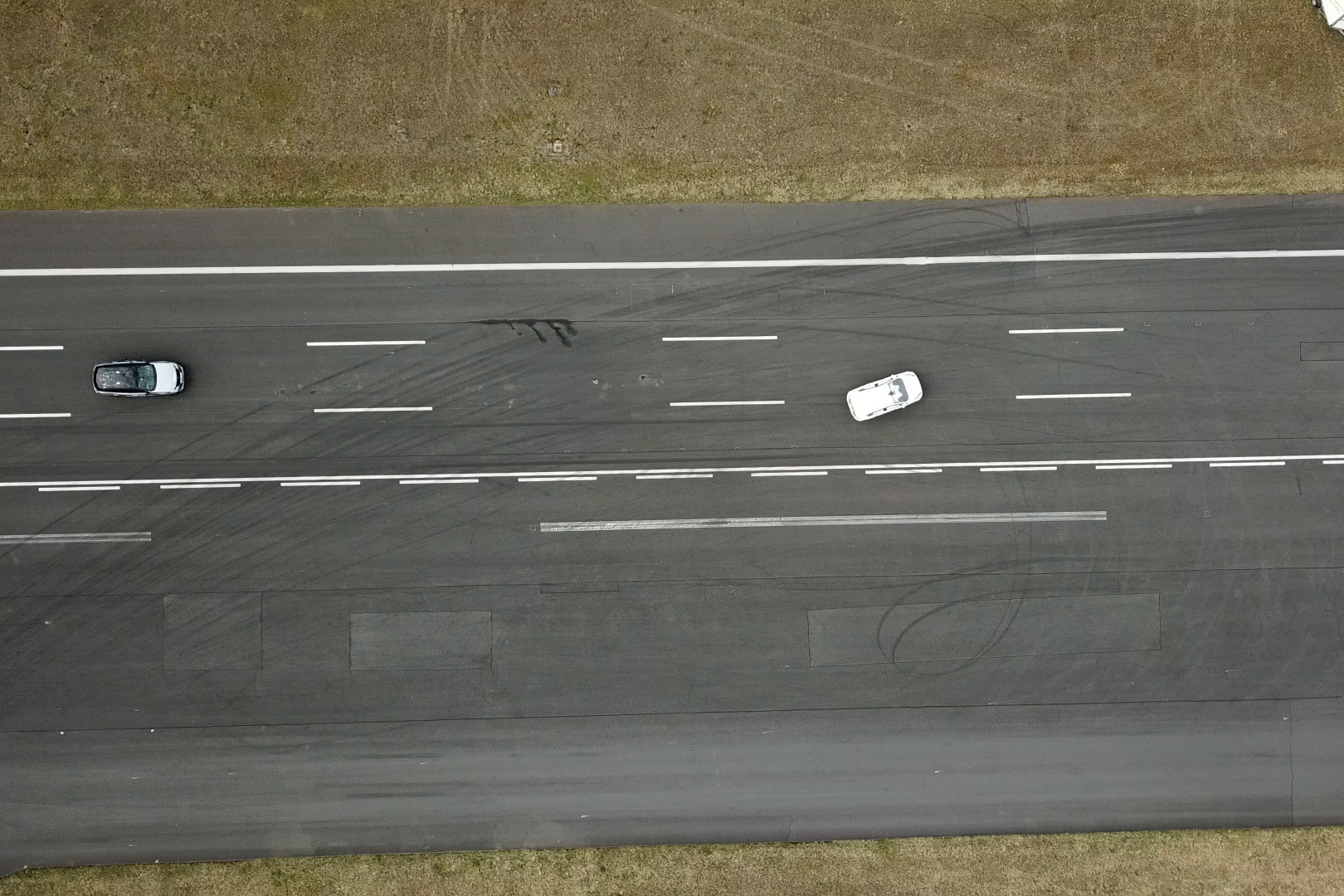

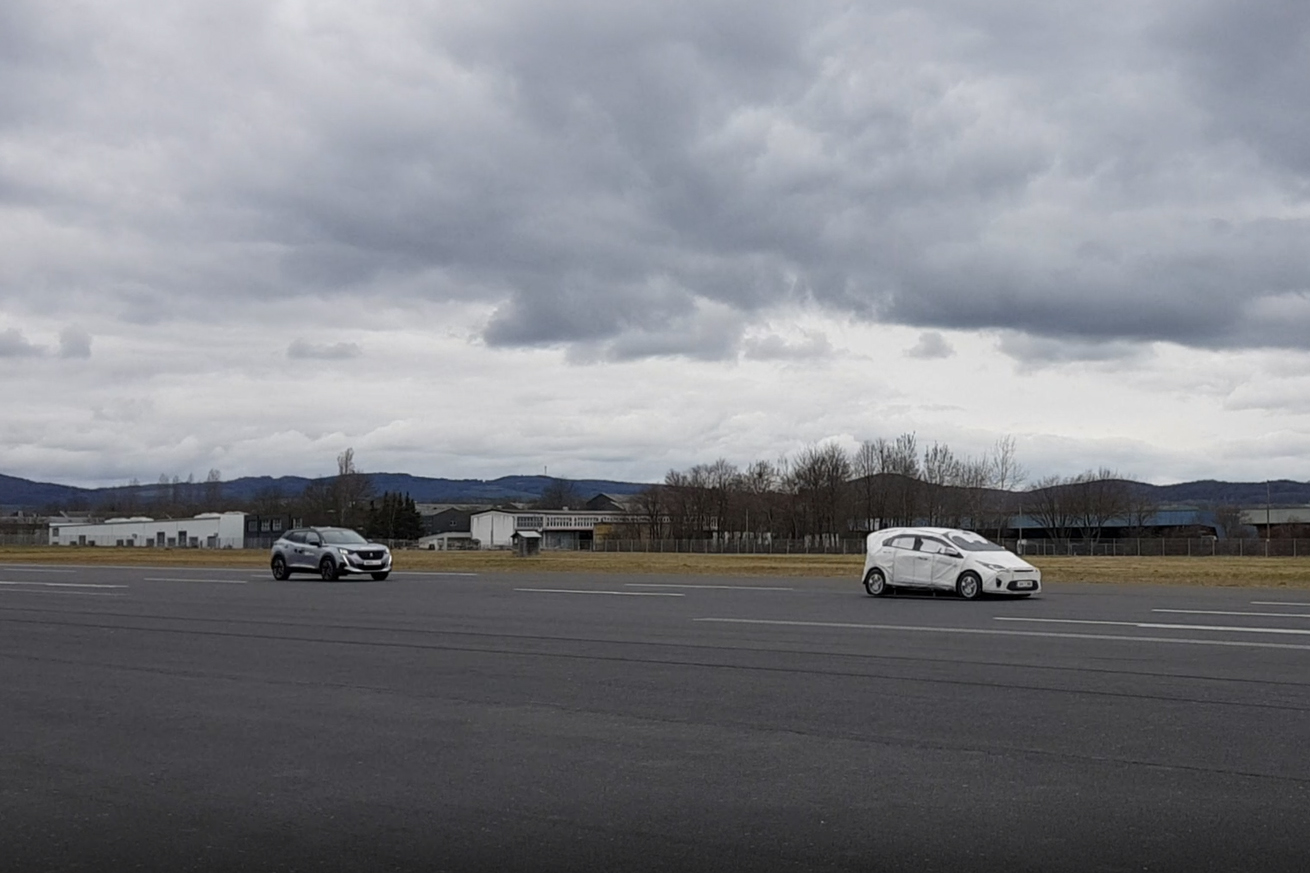
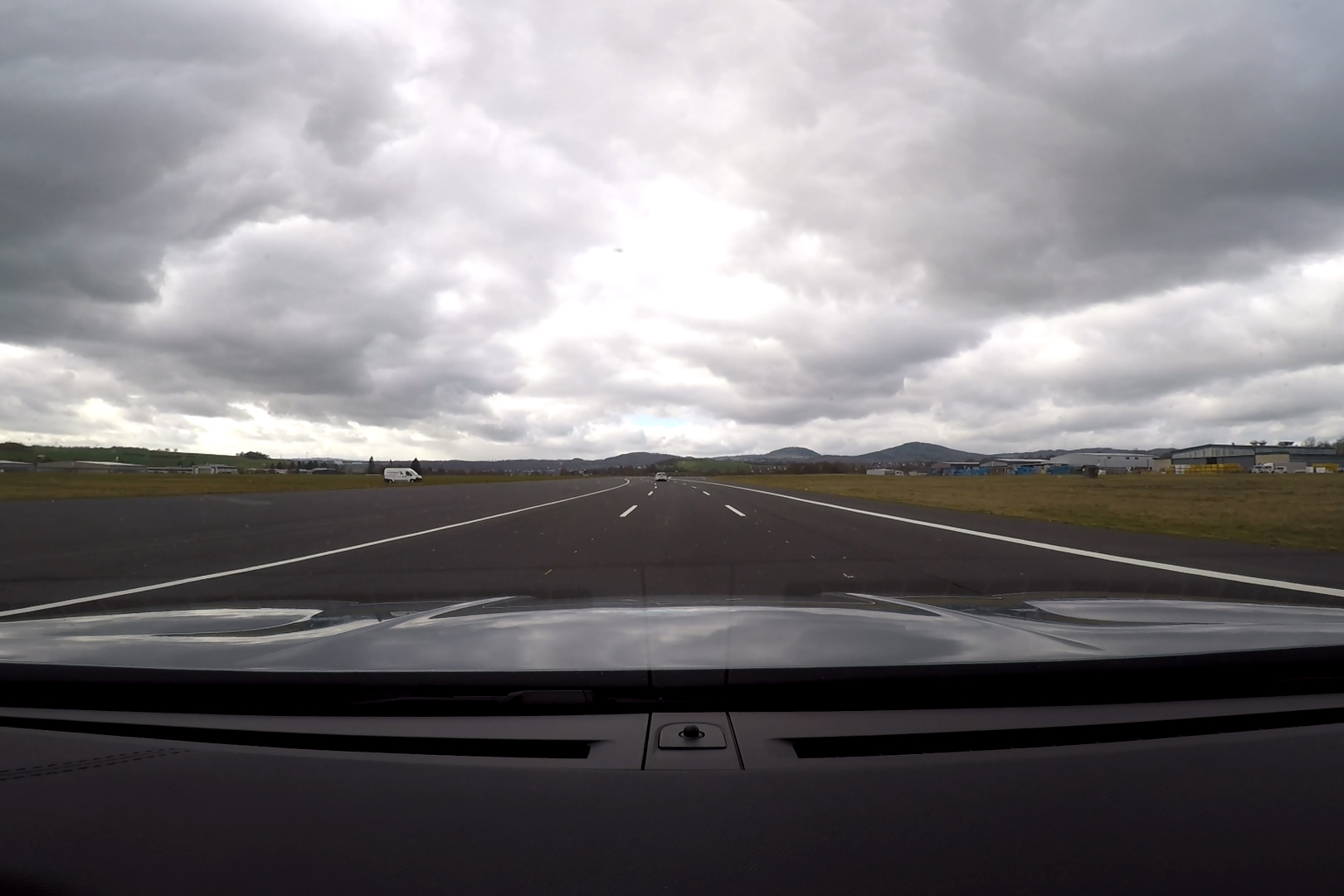

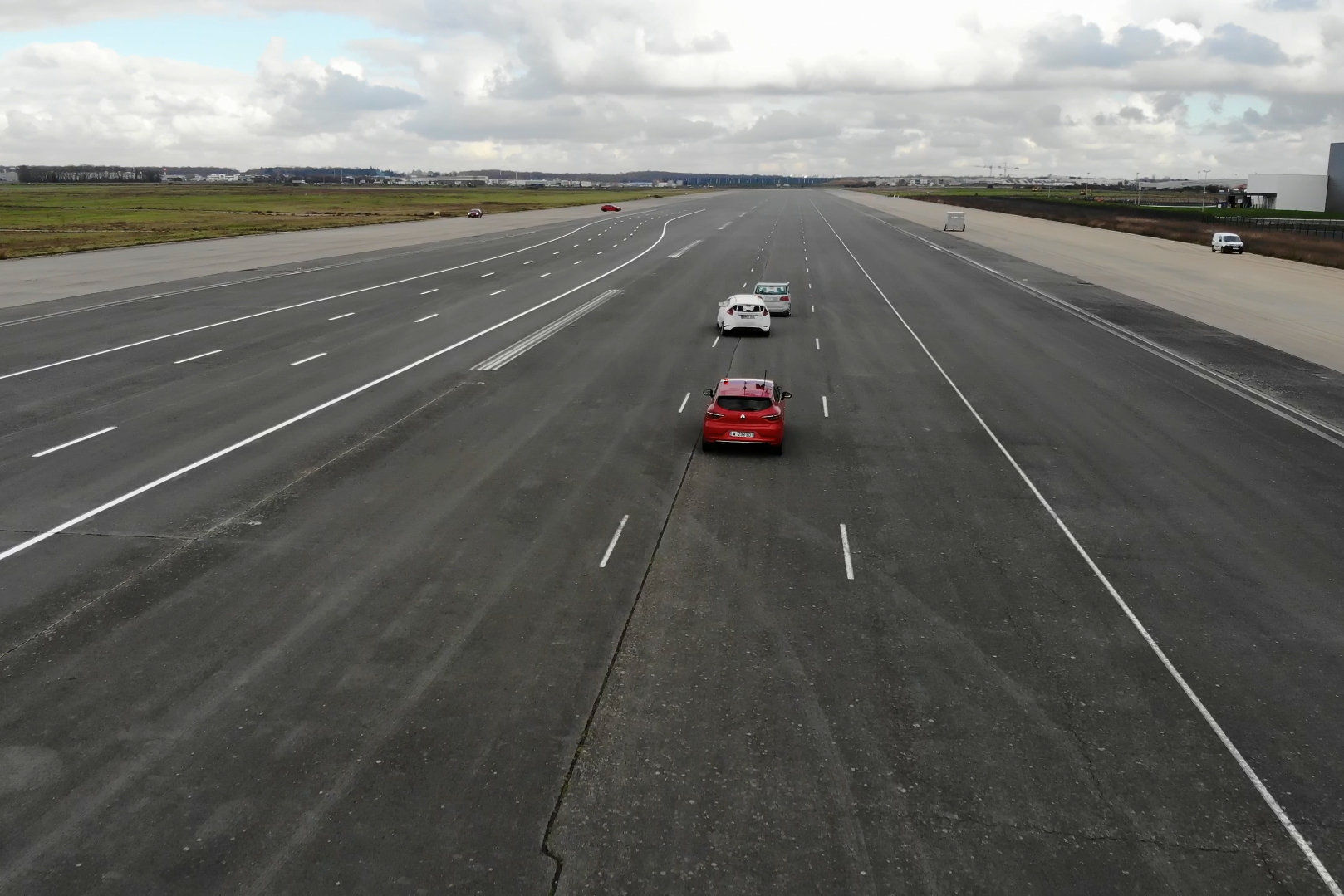
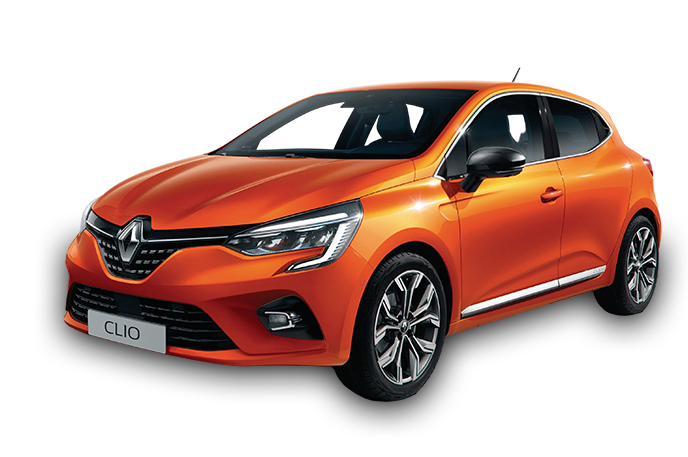
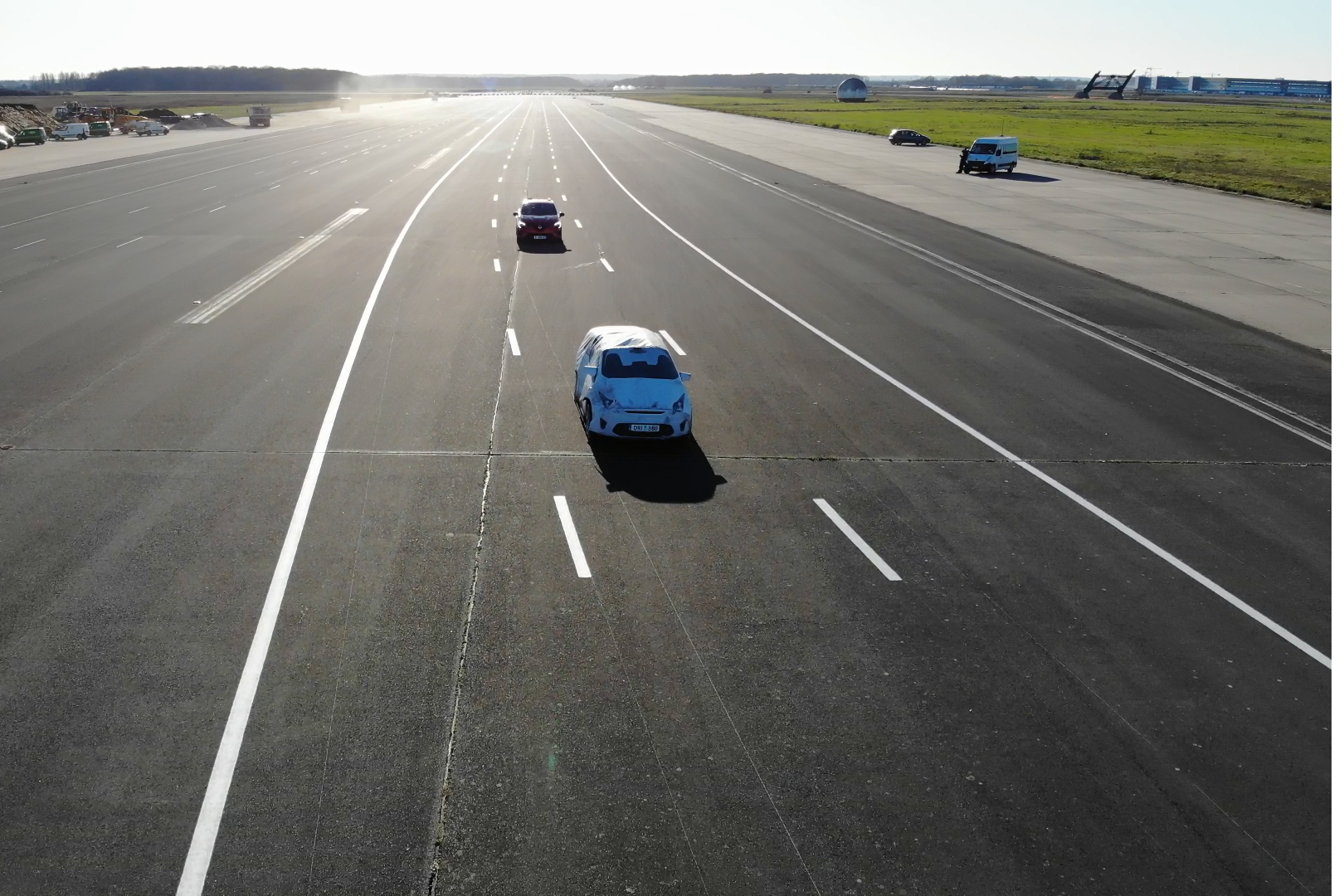
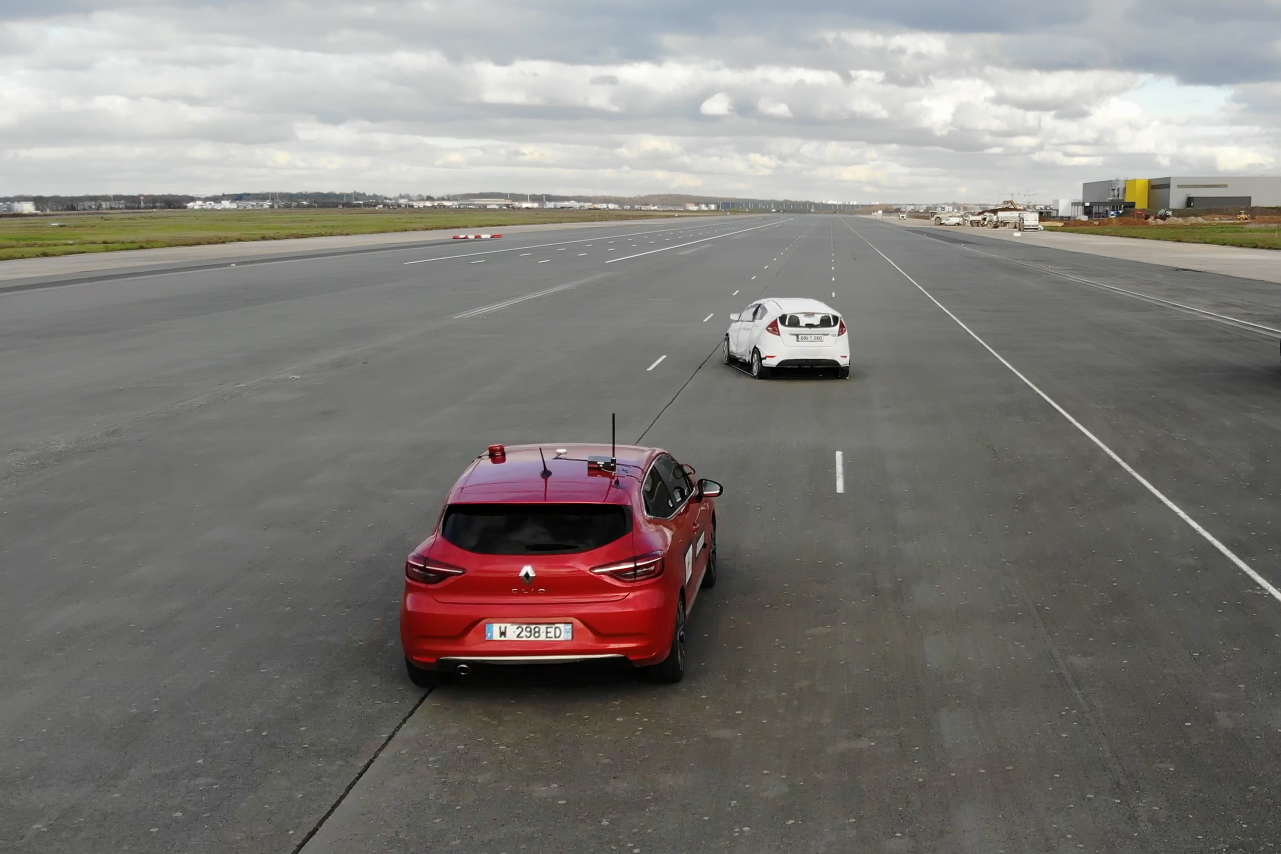
BMW's appropriately named Driving Assistant Professional' accurately portrays system functionality. The promotional material and the handbook correctly indicate the limitations of the system capabilities. System status information is clearly displayed in the driver's direct line of sight by a head-up display. The i5 monitors that the driver's hands are on the steering wheel. The car's direct driver monitoring system is used only to ensure the driver is not incapacitated. The system balances driver steering input with lane guidance, promoting co-operative driving.
The i5 combines map-based speed limit information with real time camera inputs to manage fixed, variable and temporary speed limit signs. However, the system does not adapt speed for upcoming road features such as curves and junctions. The car responds to avoid or mitigate a collision in all of the test scenarios for automatic cruise control. The driver is supported through the S-Bend, staying within the lane at all test speeds. The BMW has a lane change assist feature. In the case of an unresponsive driver, the i5 performs a controlled stop within its lane. If the radar or camera is blocked the i5 provides a timely warning and prevents system activation.
The i5 from BMW balances a high level of Vehicle Assistance with a similar level of Driver Engagement. Combined with excellent safety back-up, the system, overall, offers Very Good highway assistance.